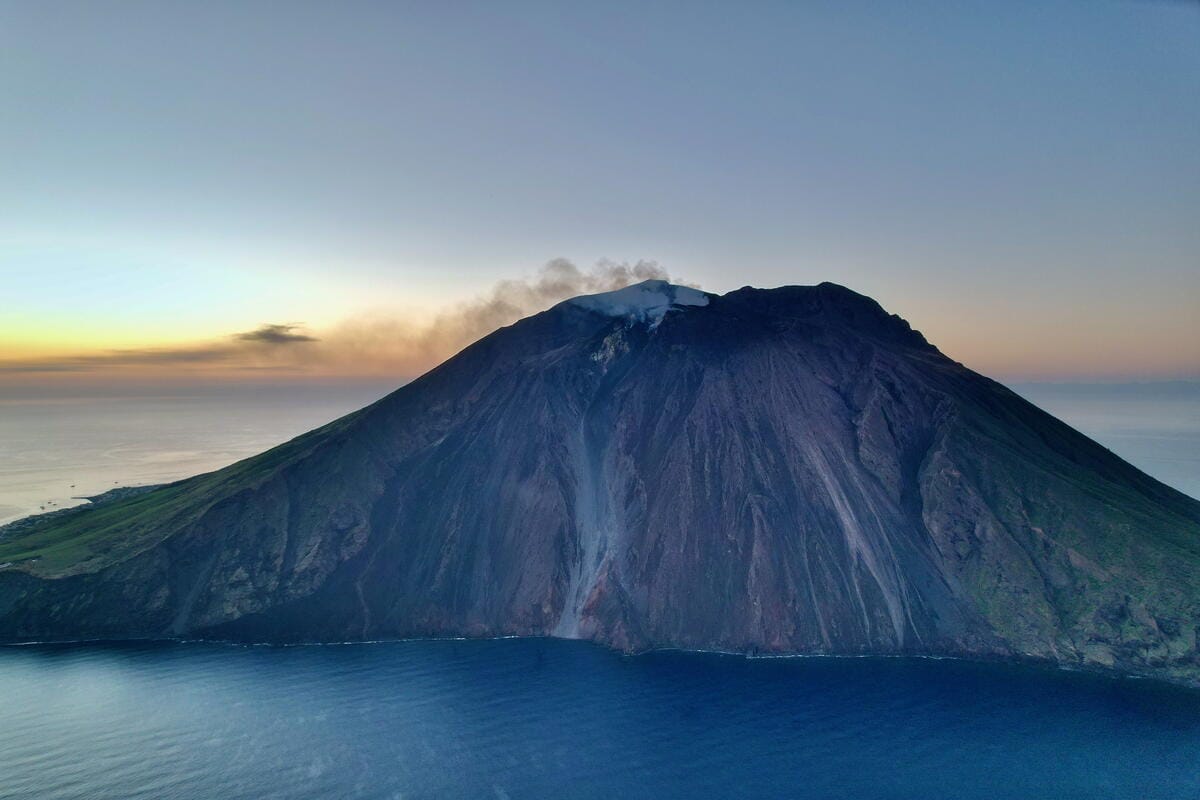In September 2024, we set off on a two-week sailing adventure to explore Sicily's Tyrrhenian coast, the volcanic Aeolian Islands, and – if time allowed – the Aegadian Islands. Our boat, a Fountaine Pajot Isla 40 catamaran equipped with solar panels and a watermaker, gave us the autonomy to stay off-grid for long stretches. We found her moored in Marsala, on Sicily's western edge.
Boat: Fountaine Pajot Isla 40 (2022)
Length: 11.93 m | Beam: 6.63 m | Draught: 1.2 m
2x30 HP engines, solar panels, watermaker (10 L/hr)
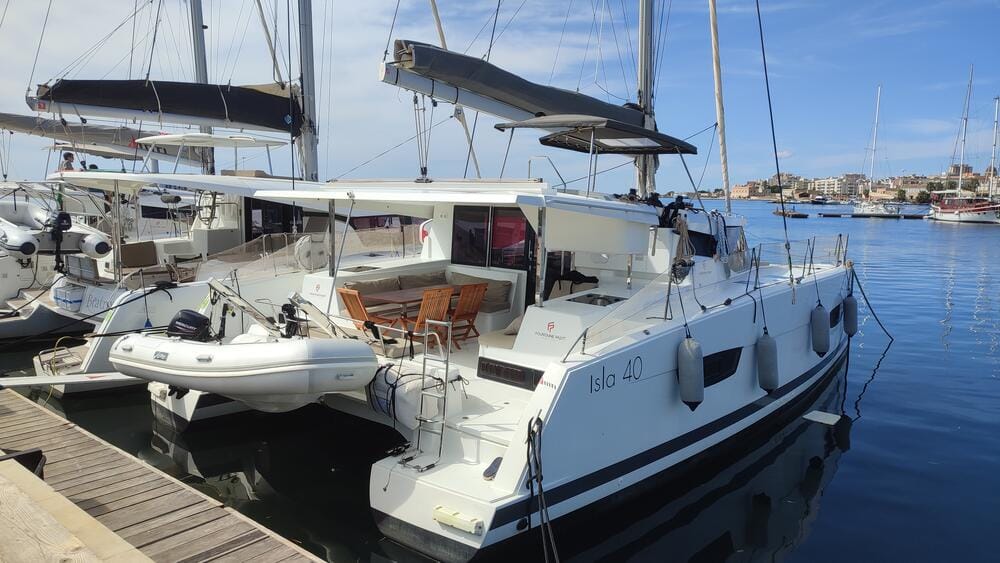
Sicily is vast — over 250 km from west to east — so logistics matter. The closest international airport is Palermo (PMO), which is well-connected to Europe via low-cost carriers like Ryanair and Wizz Air. From Palermo, it’s a scenic two-hour bus ride to Marsala. Keep Sicily’s scale in mind when planning your route.
Day 1 – Marsala Marina
Our first impressions were… industrial. The marina sits in a commercial zone, with a persistent scent of sulfur in the air. The marina has very basic facilities. We spent the first day checking in and inspecting the catamaran, followed by provisioning for the trip.
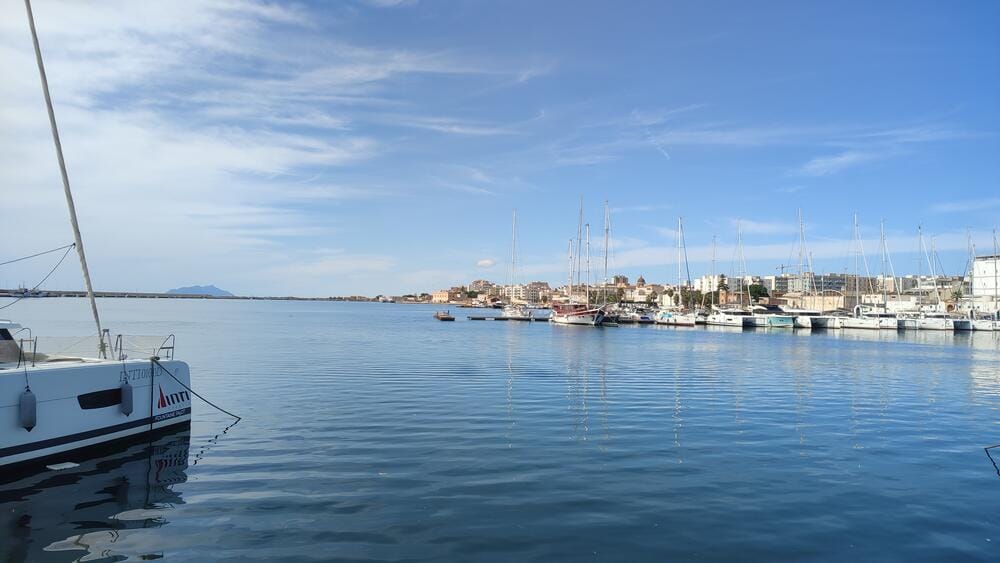
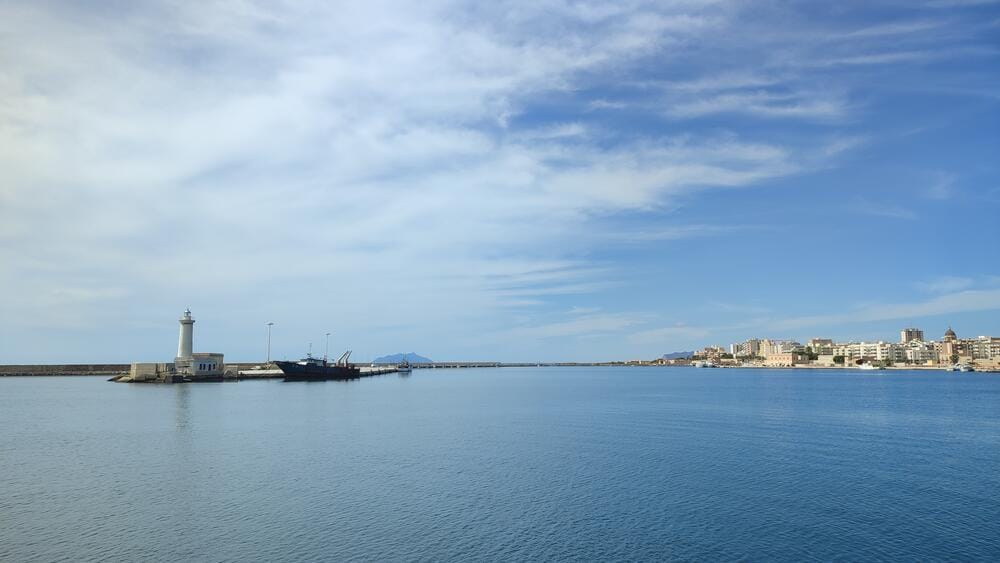
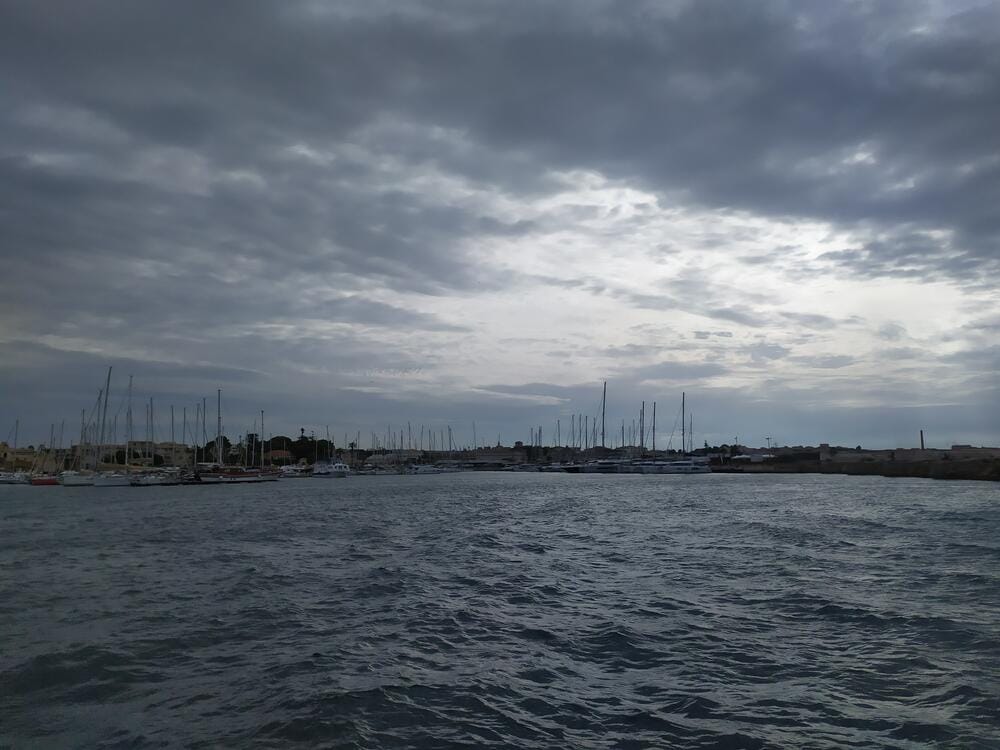
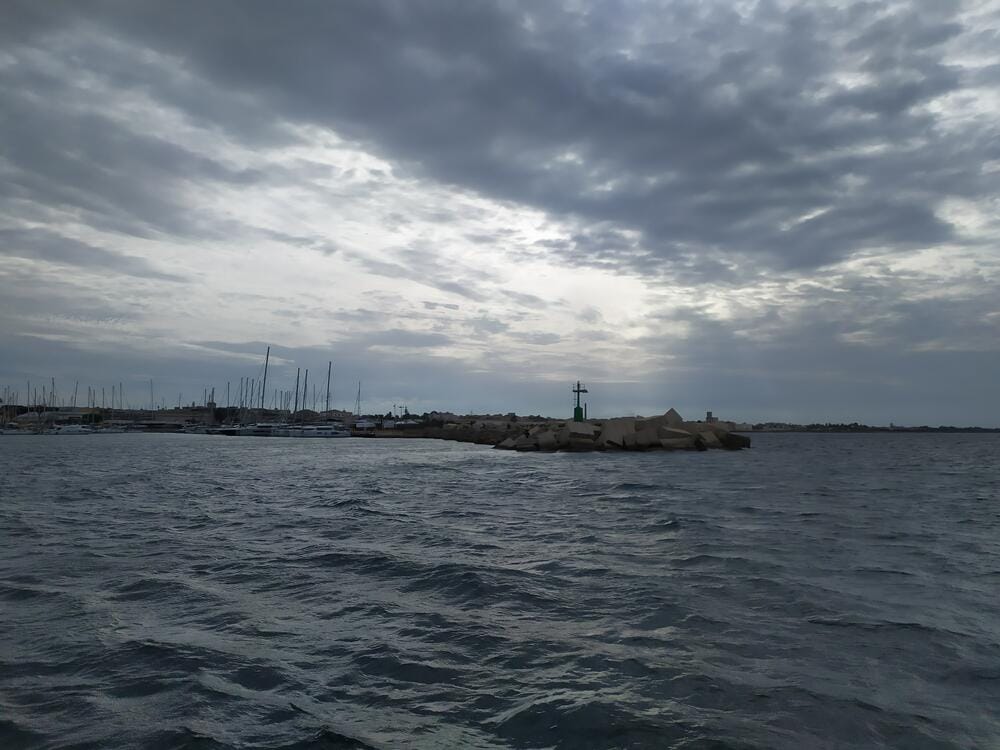
Marsala
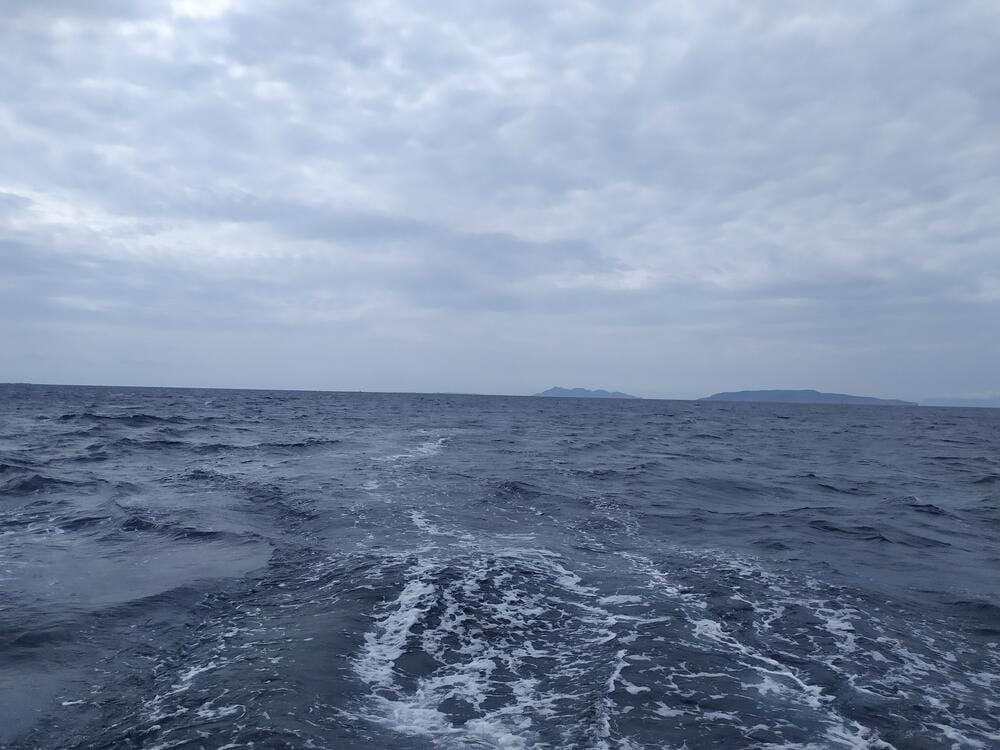
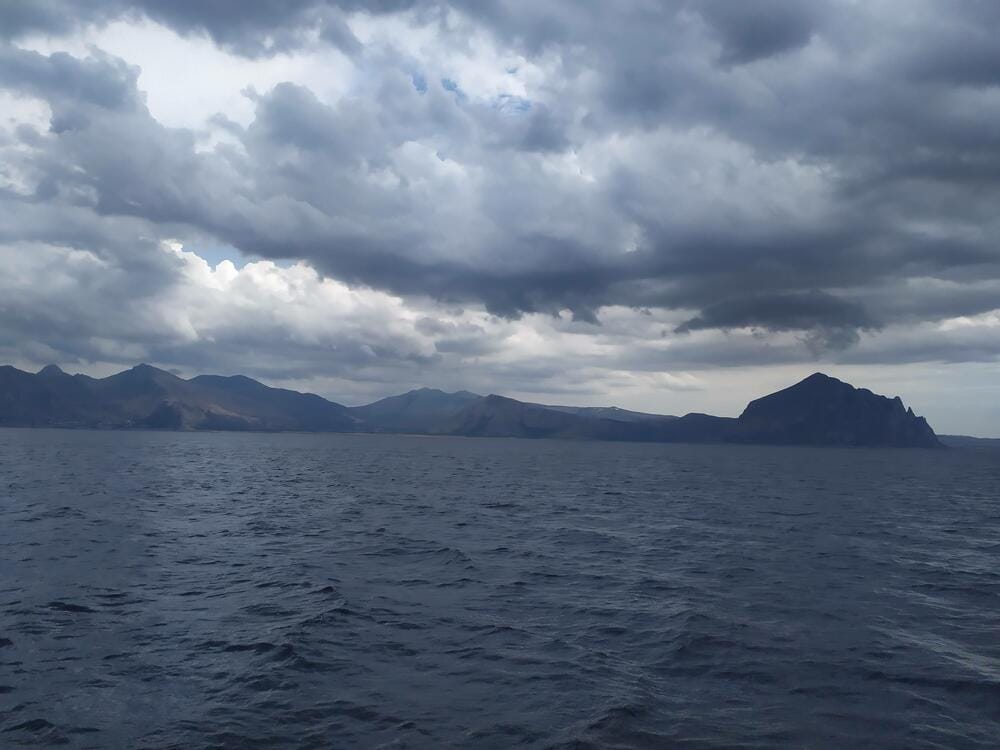
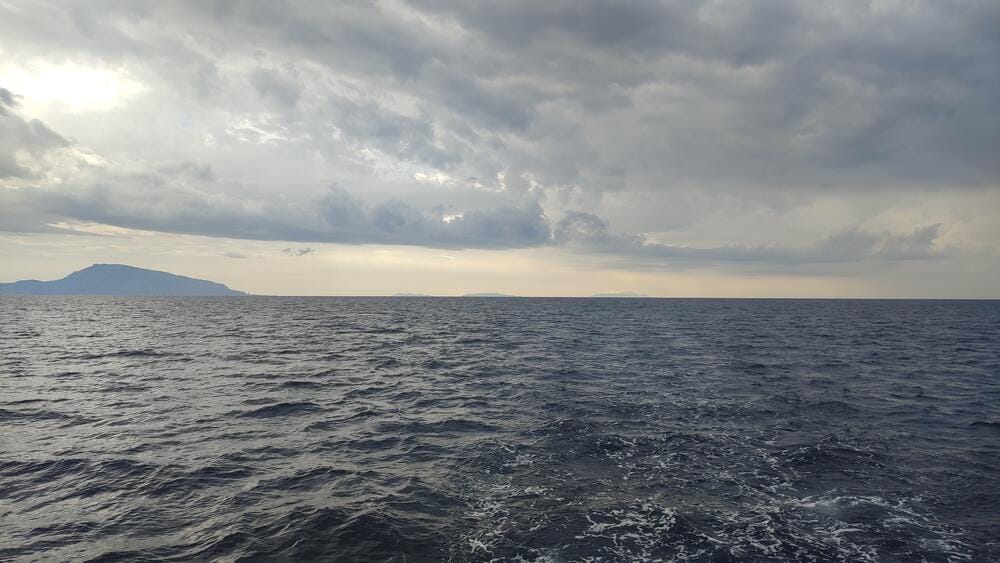
Sea
Day 2 – San Vito Lo Capo
San Vito Lo Capo greeted us with a dramatic cliff reminiscent of Gibraltar, giving the place a striking first impression. However, the infrastructure left something to be desired — the pontoon was rusty, the public toilet was pay-per-use, and the overnight stay cost €112.50.
During our visit, the Couscous Festival was underway, bringing a lively atmosphere to town. In the evening, a local band performed songs from Mamma Mia, which added to the festive vibe.
We went swimming for the first time on this trip — the beach, located just behind the breakwater, was pleasant despite a few jellyfish in the water. Later, we walked to the lighthouse and watched the sunset from the cape — a peaceful highlight of the day.
At 6:30 PM, a sudden thunderstorm hit: heavy rain, strong gusts of wind, and lightning. By 8:00 PM, the weather had calmed.
San Vito Lo Capo is also a well-known destination for rock climbing, attracting enthusiasts from around the world.
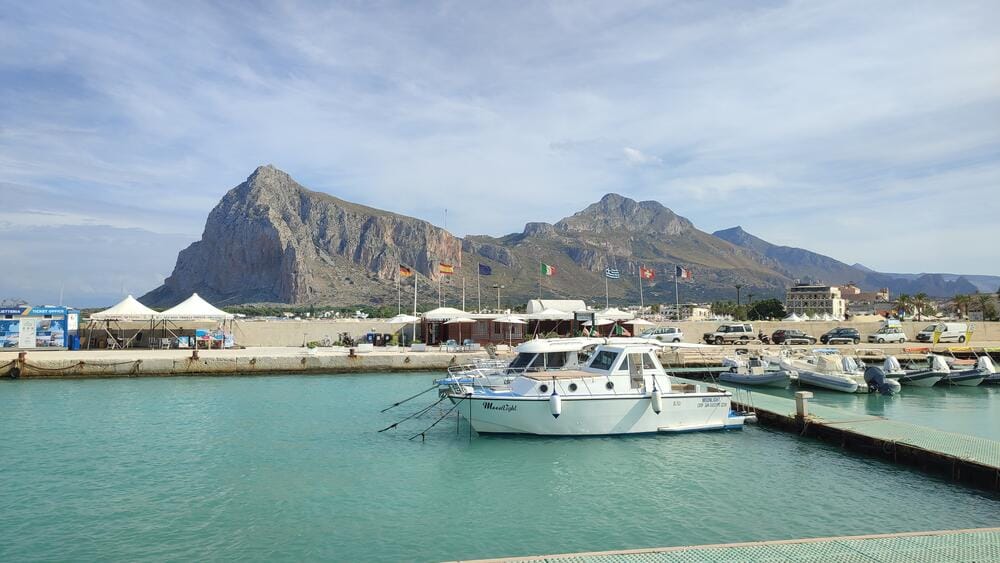
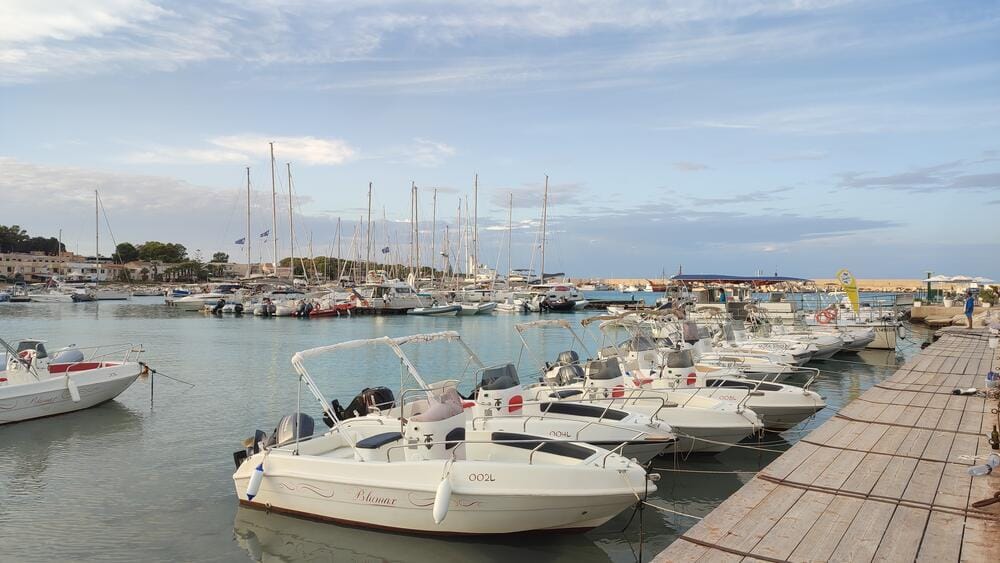
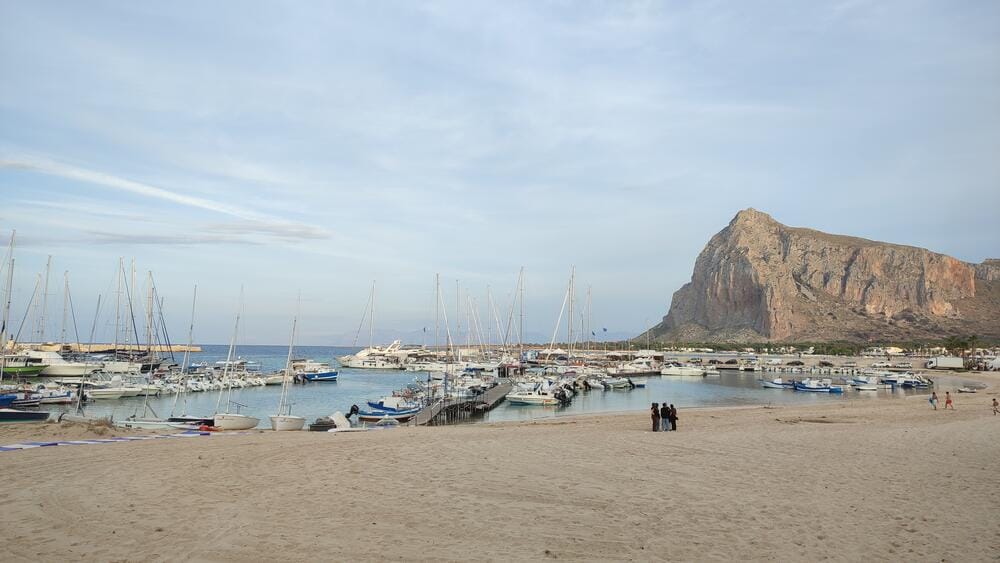
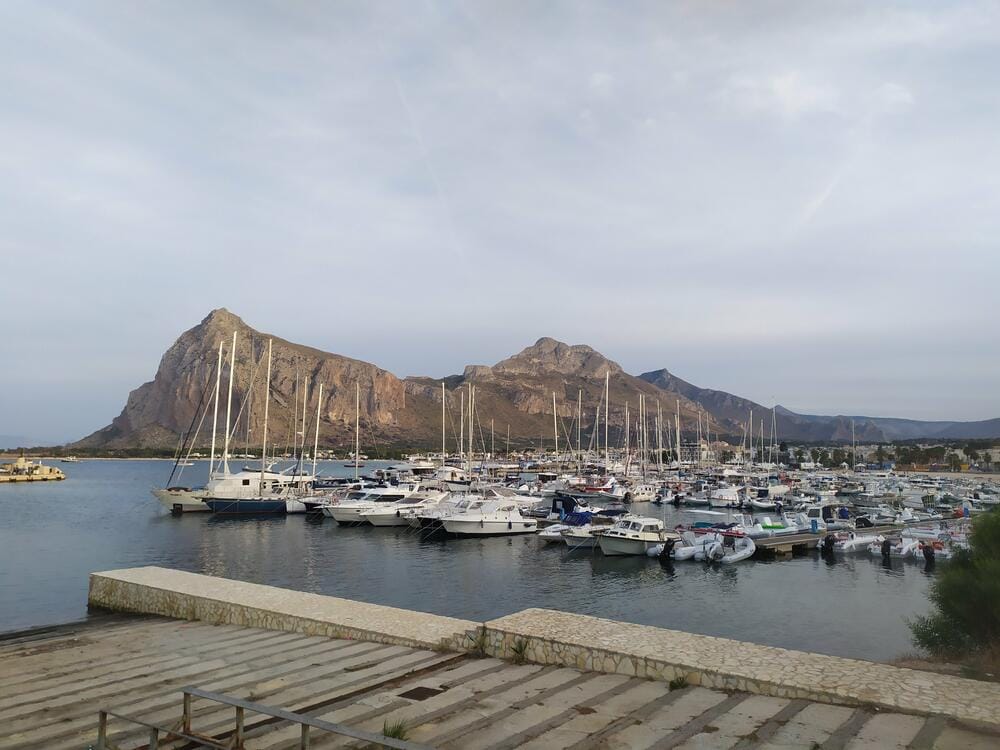
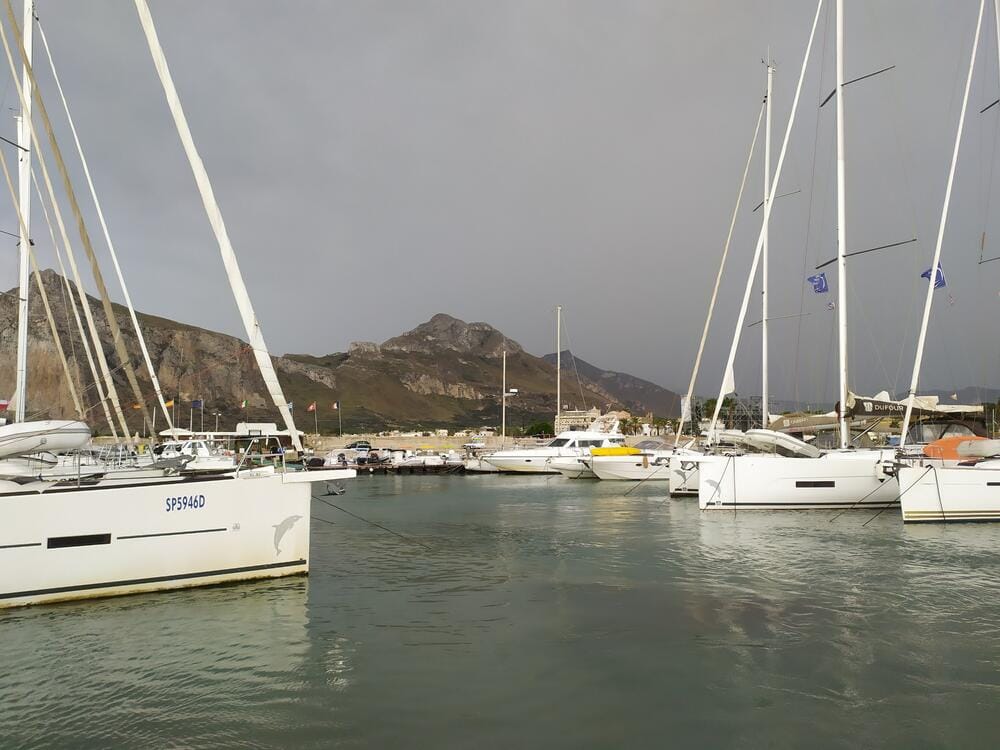
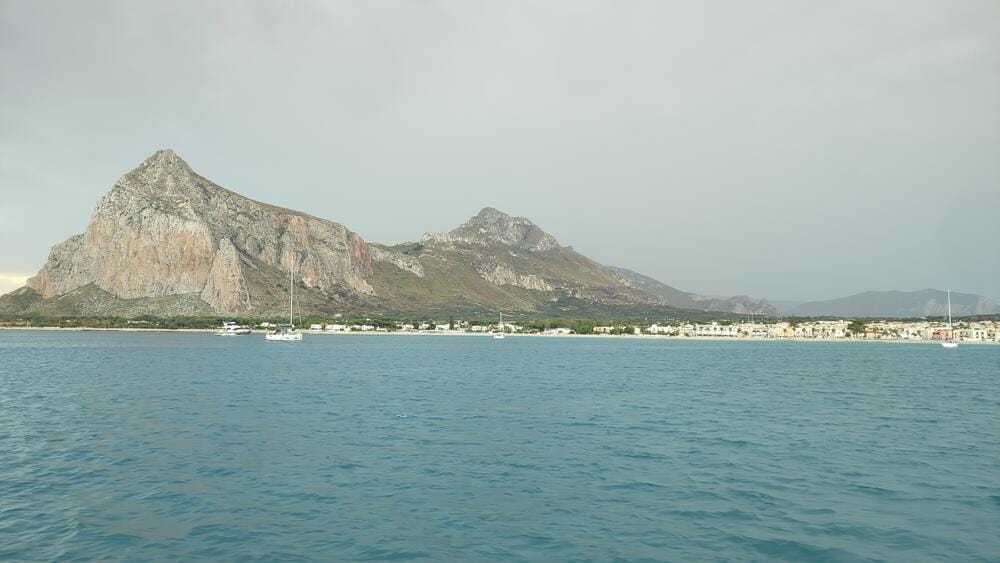
San Vito Lo Capo
Day 3 – Santa Flavia
We anchored in a scenic bay near Santa Flavia, close to the small fishing town of Porticello. We stopped there to take a look at the spot where the yacht Bayesian sank just a month earlier — a sobering reminder of how unpredictable the sea can be.
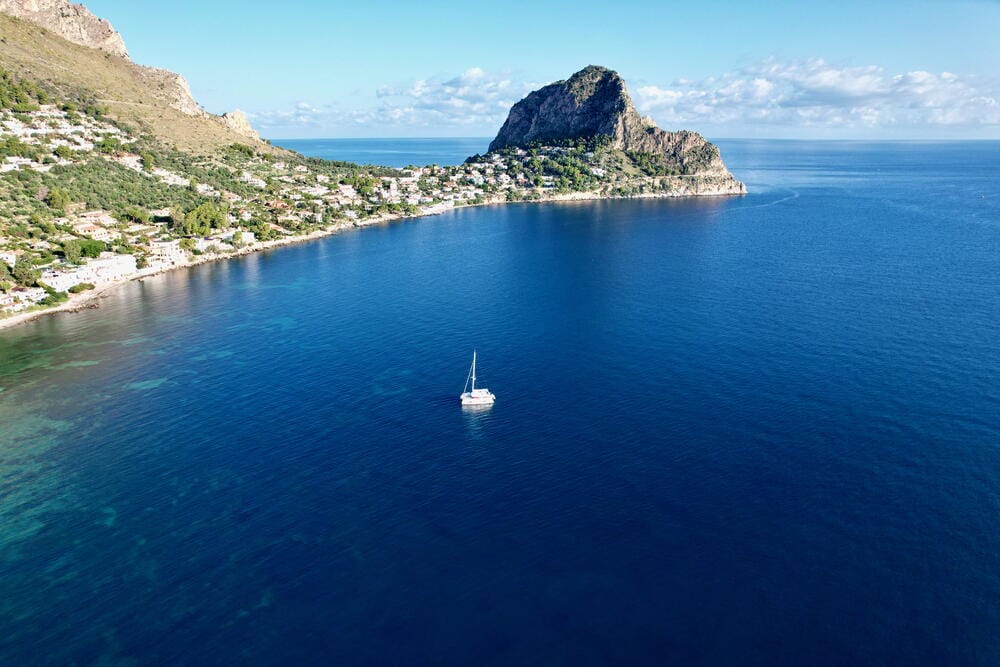
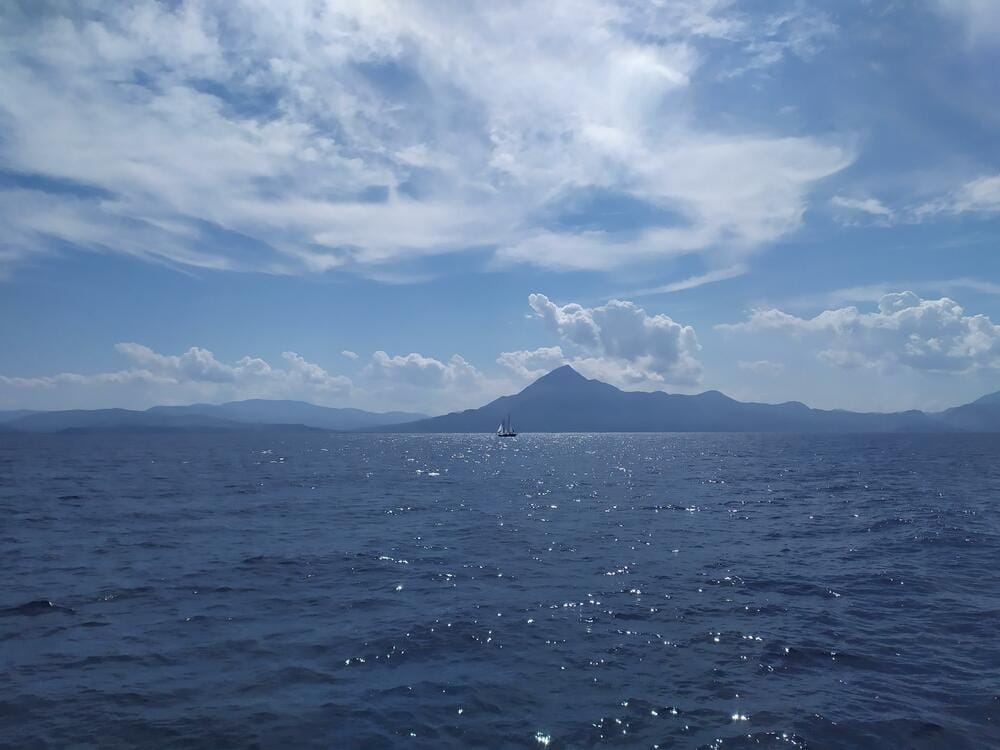
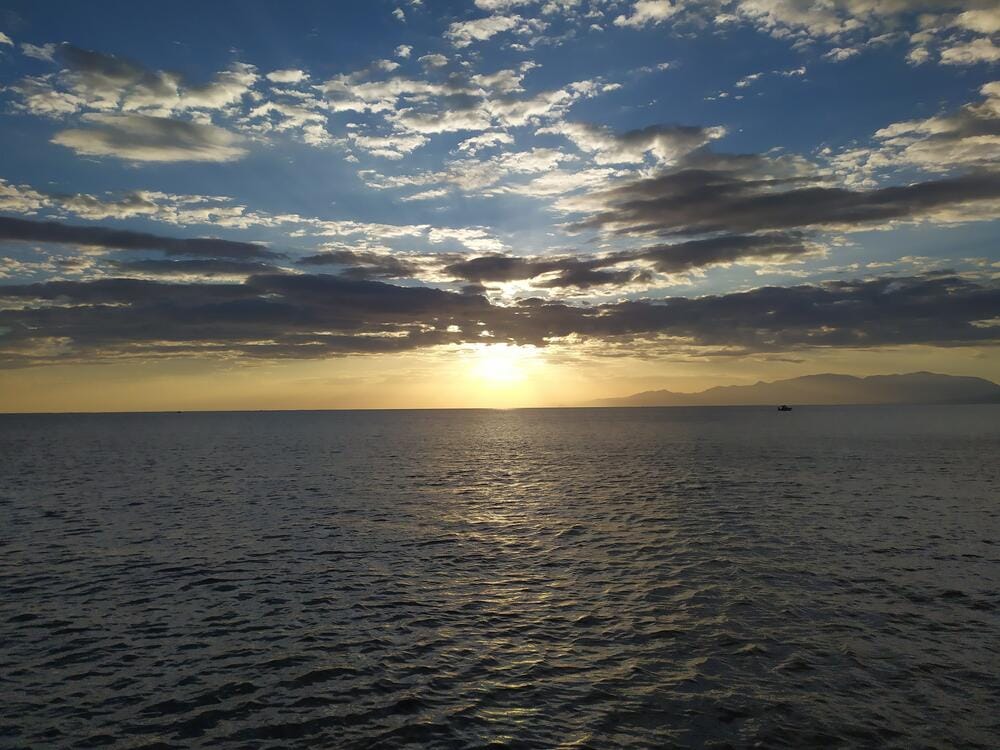
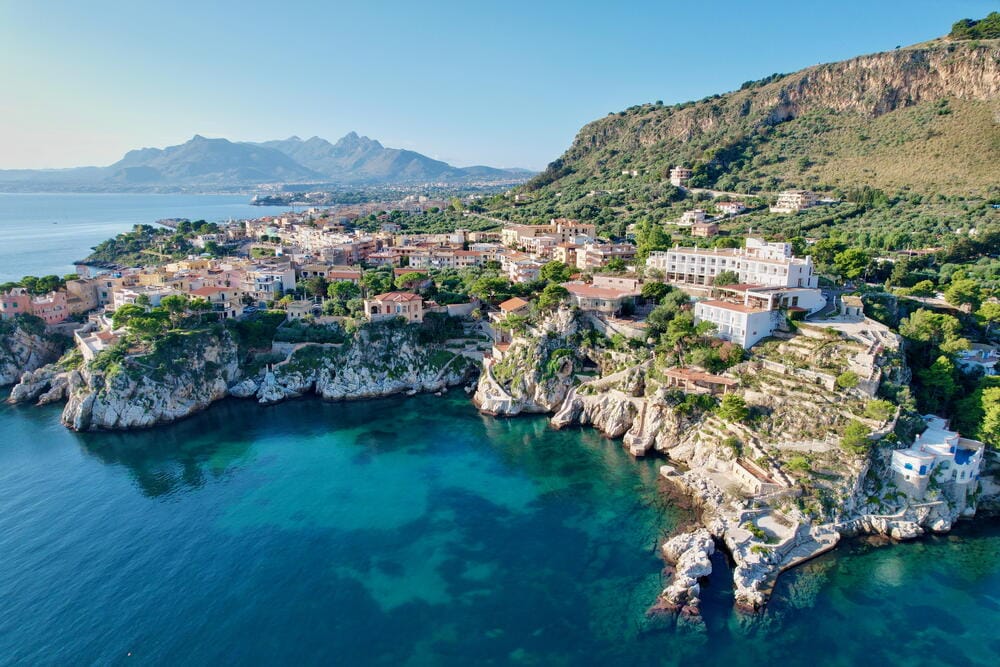
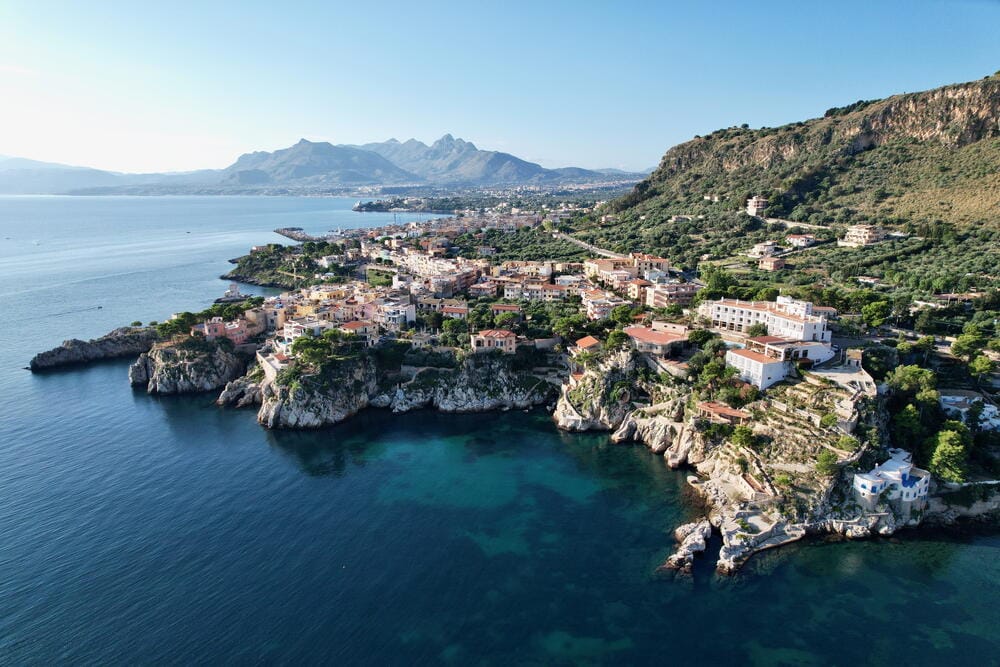
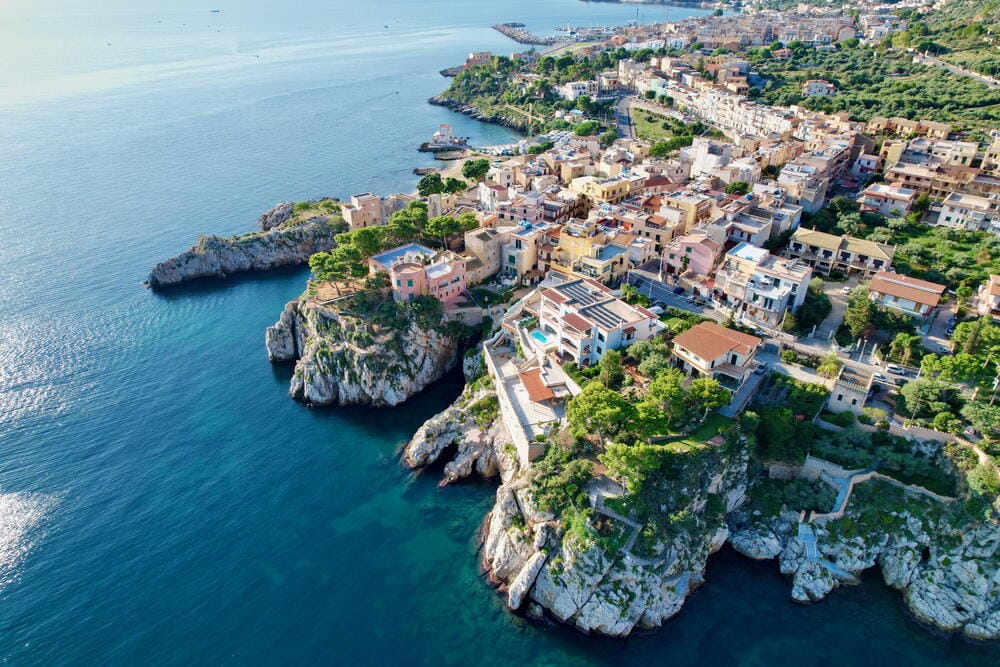
Santa Flavia & Porticello
We launched the drone for a few aerial shots and went for a swim, but didn’t go ashore. At 8:00 AM, we weighed anchor and set off again.
It was a cloudy day, and we motored for 50 nautical miles. Along the way, we had a lucky encounter with a group of dolphins, always a welcome sight on a long passage.
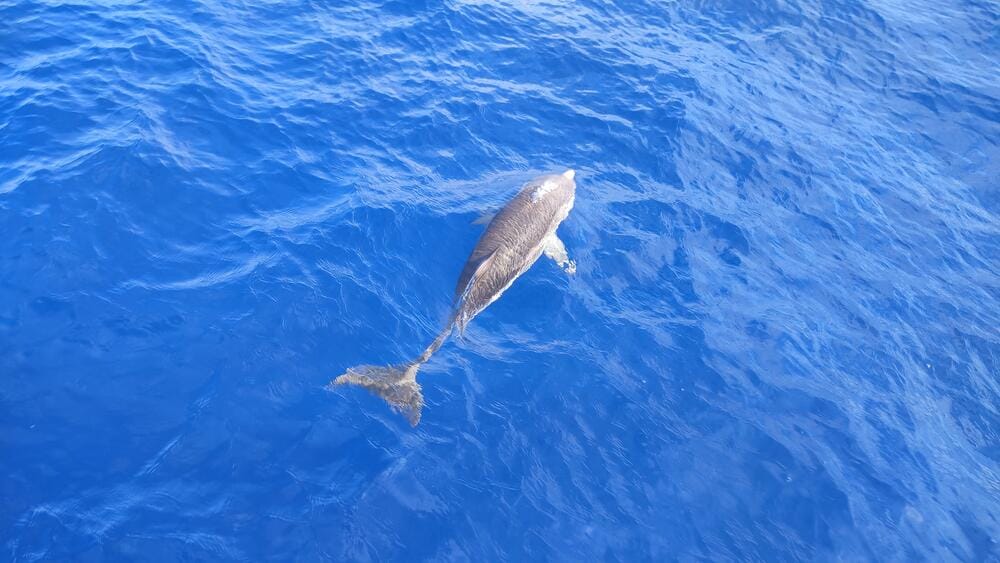
From about 30 miles out, the Aeolian Islands appeared on the horizon. The first one we spotted was Alicudi, the westernmost of the group — a solitary, volcanic cone rising from the sea.
Day 4 – Cefalù
We booked a berth at the marina through Navily — €97.50 per night. The assistant at the dock was very helpful, but the marina itself had no showers or toilets.
A free electric shuttle runs from the marina to the historic town until 8:00 PM. We made it in time to hike up to La Rocca di Cefalù, a spectacular limestone cliff overlooking the town. The entrance closes at 7:30 PM and costs €5 — absolutely worth it for the panoramic views of the coastline and the tiled rooftops below.
We ordered groceries with delivery to the boat, then headed into town for dinner and walked back afterward.
Despite calm weather, the marina was affected by an uncomfortable swell, which made the stay less peaceful than expected.
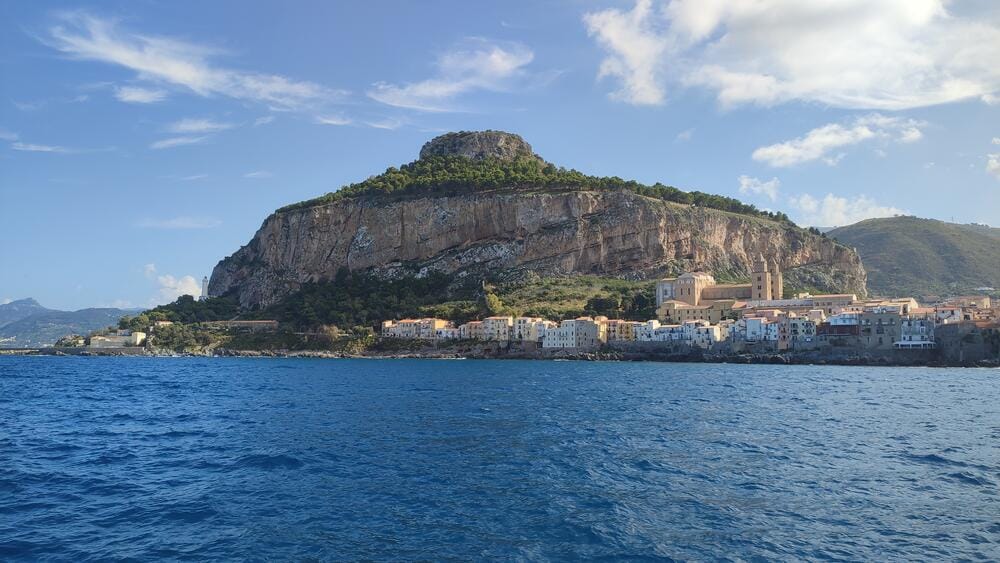
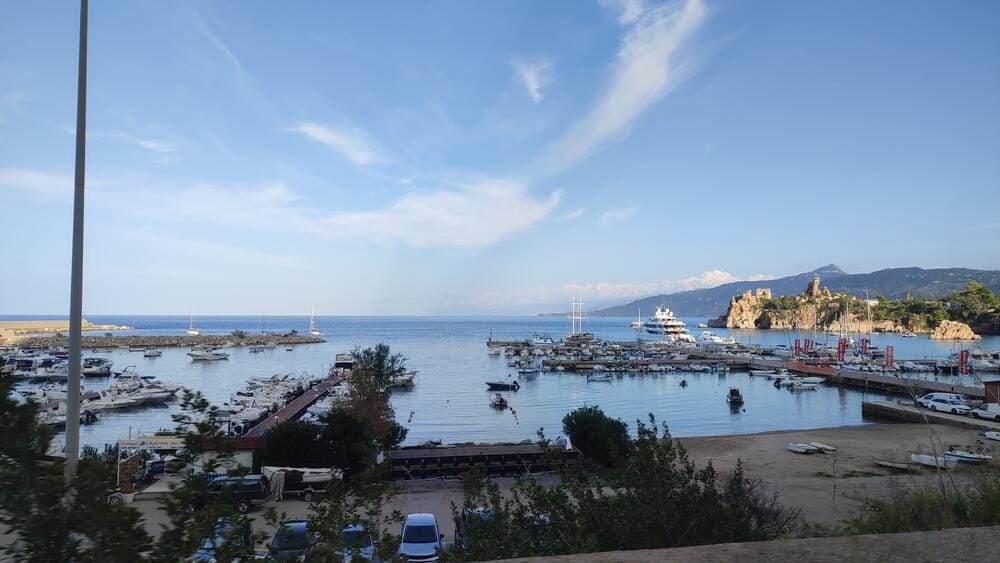
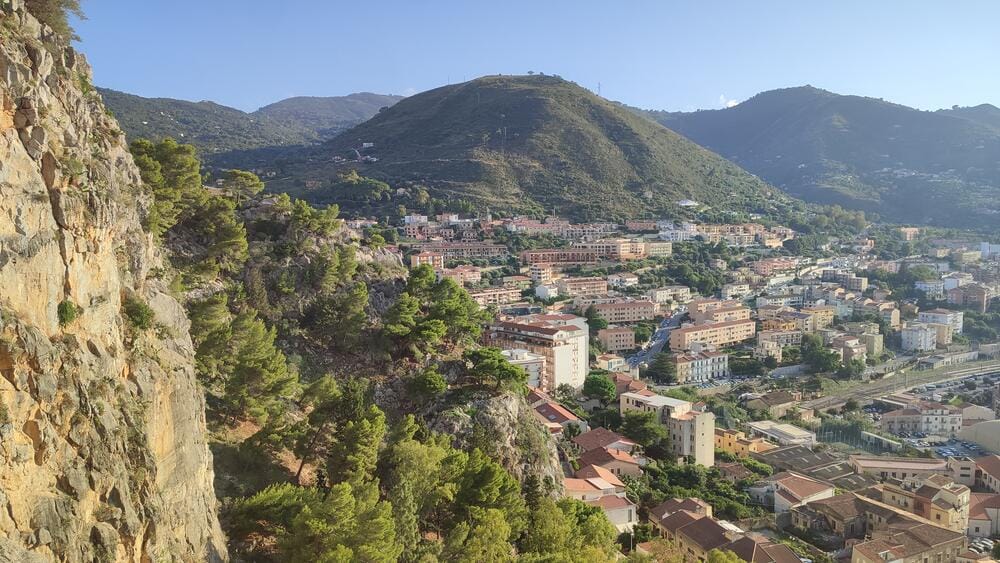
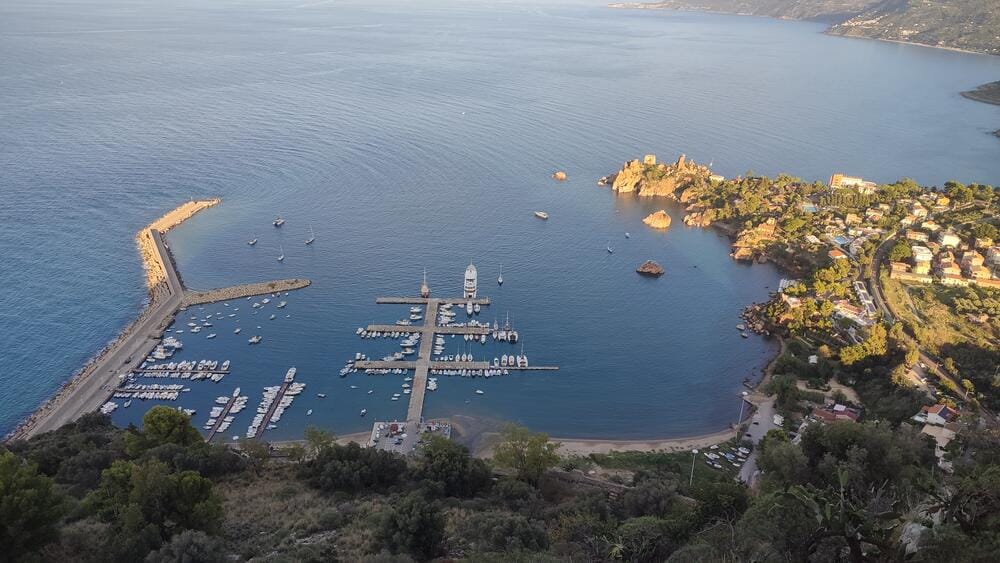
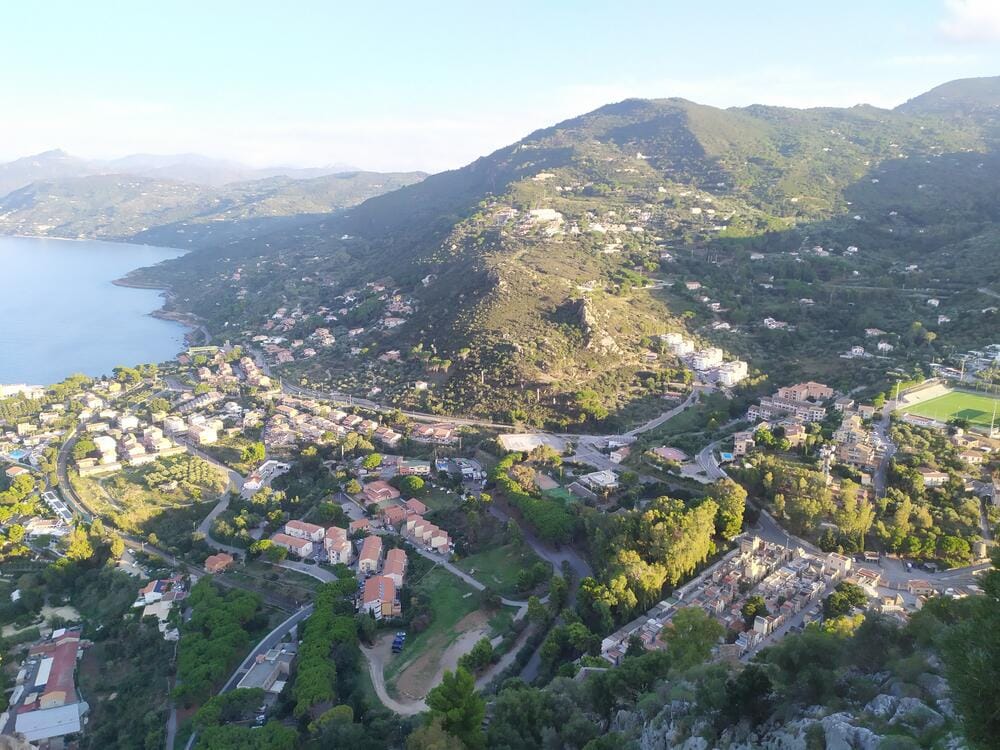
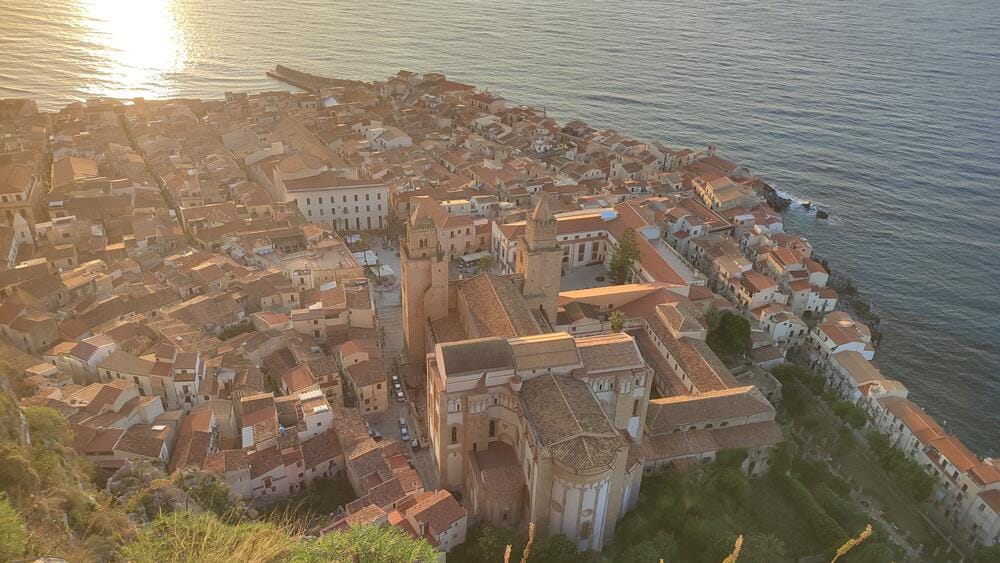
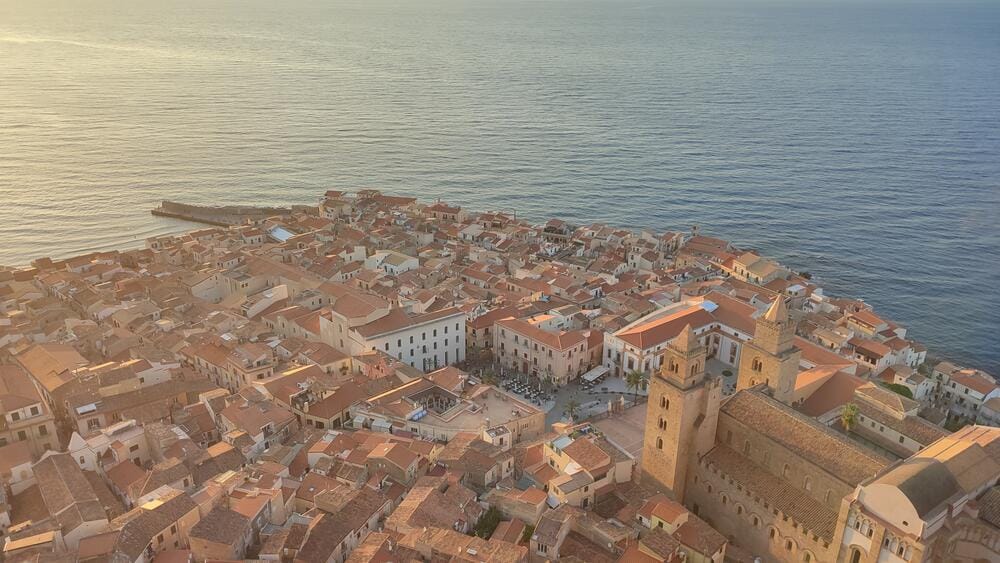
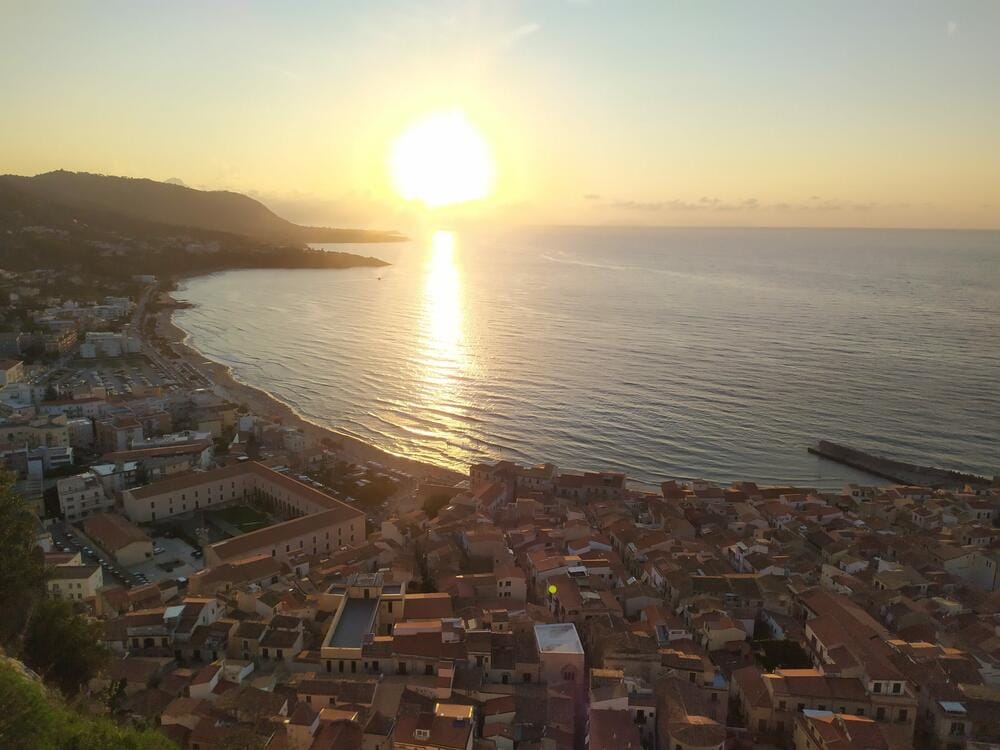
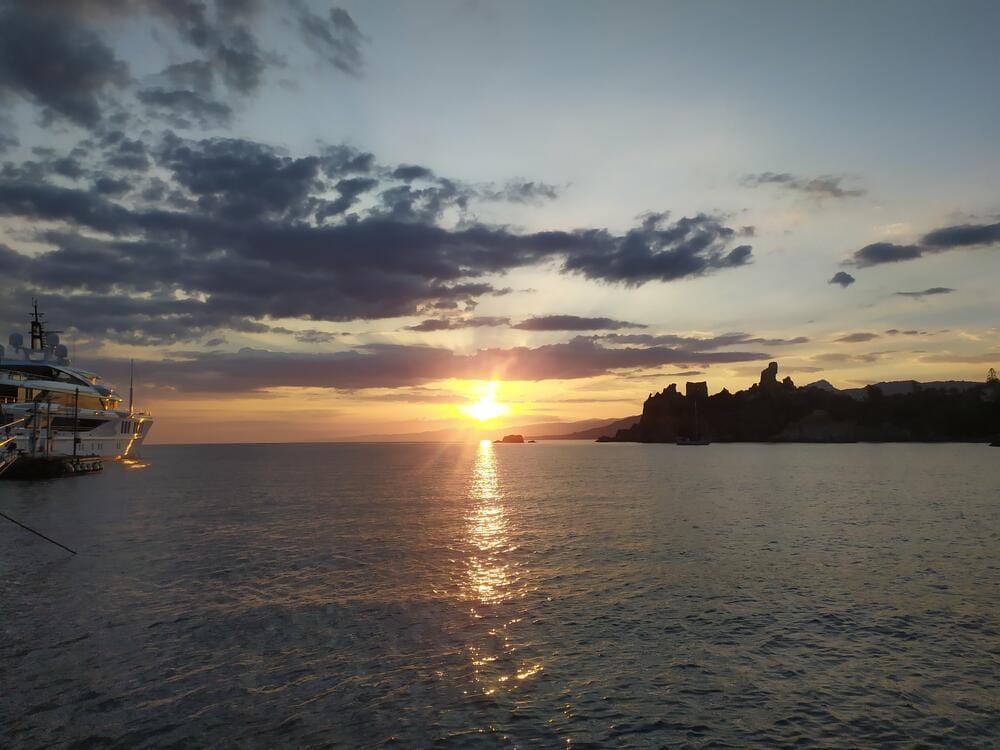
Cefalù
Day 5 – Vulcano
We anchored at Porto di Ponente on the island's west side, protected from easterlies. The bay offered a perfect view of the caldera. First use of the dinghy. We hiked up the volcano, spotting fumaroles and glimpses of distant Etna. The water was super warm. No sulfur smells, no ashfall. Slight swell, but the cat handled it well.
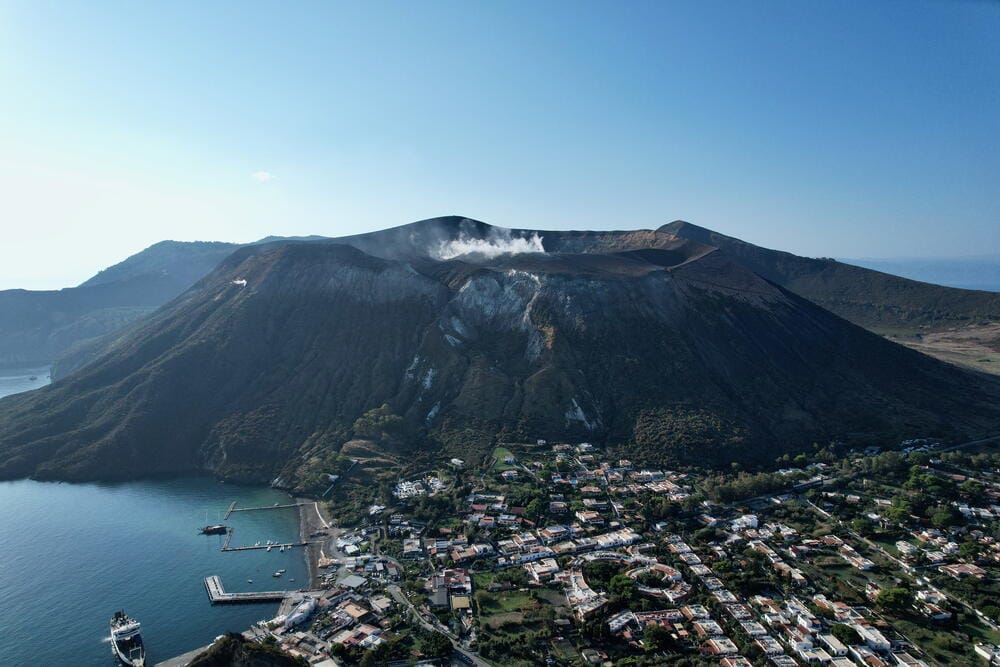
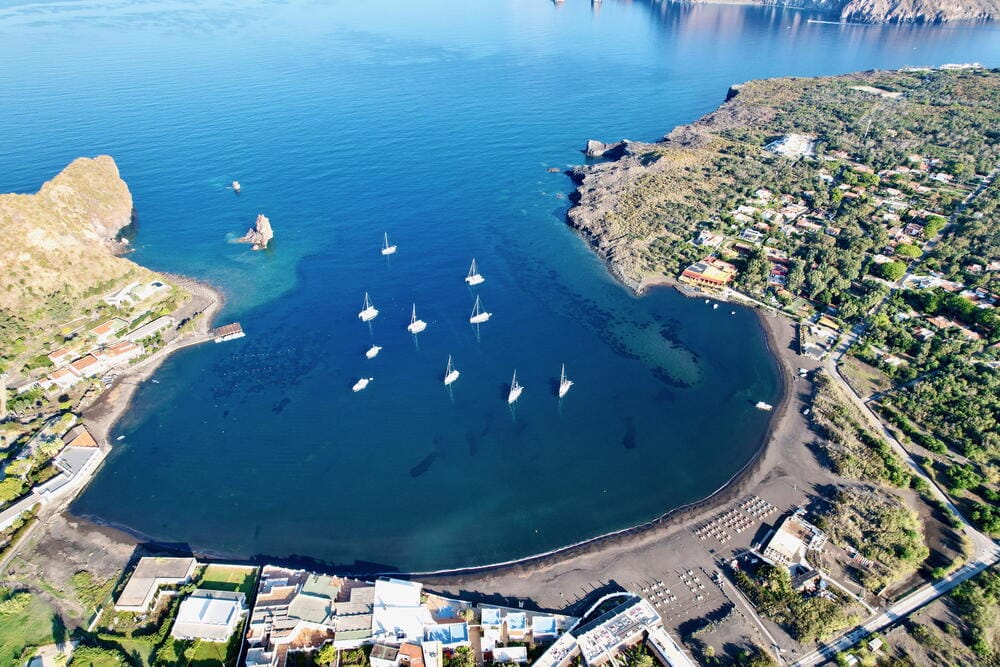
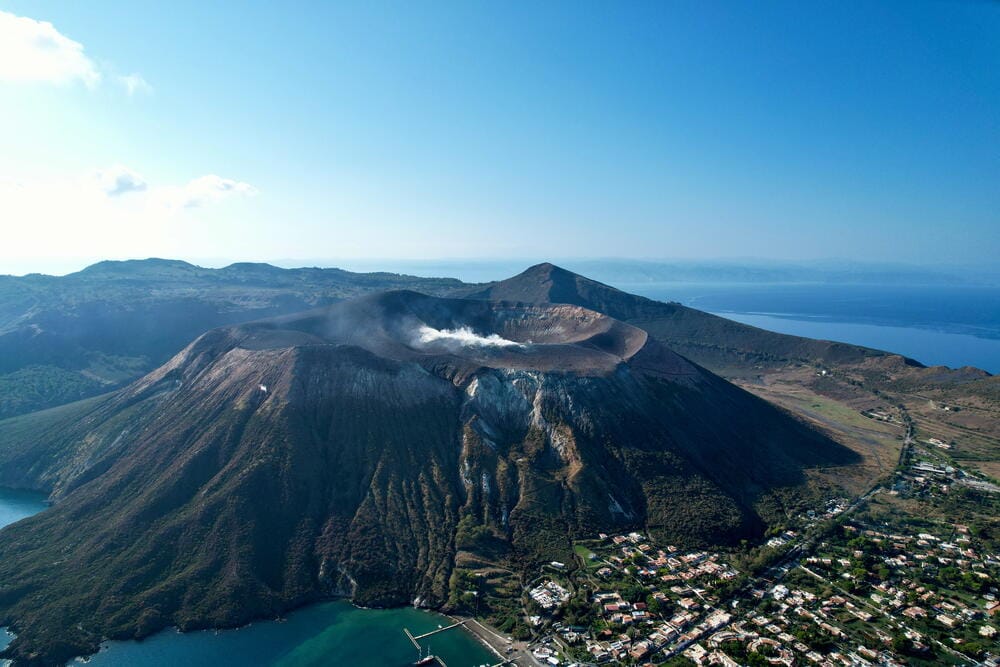

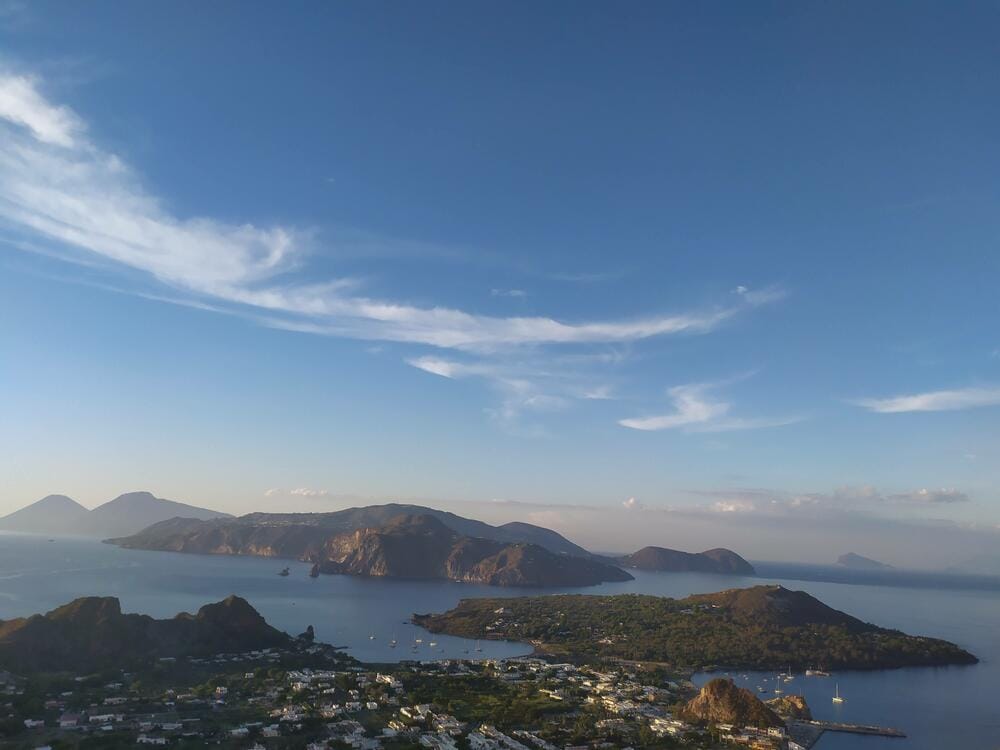
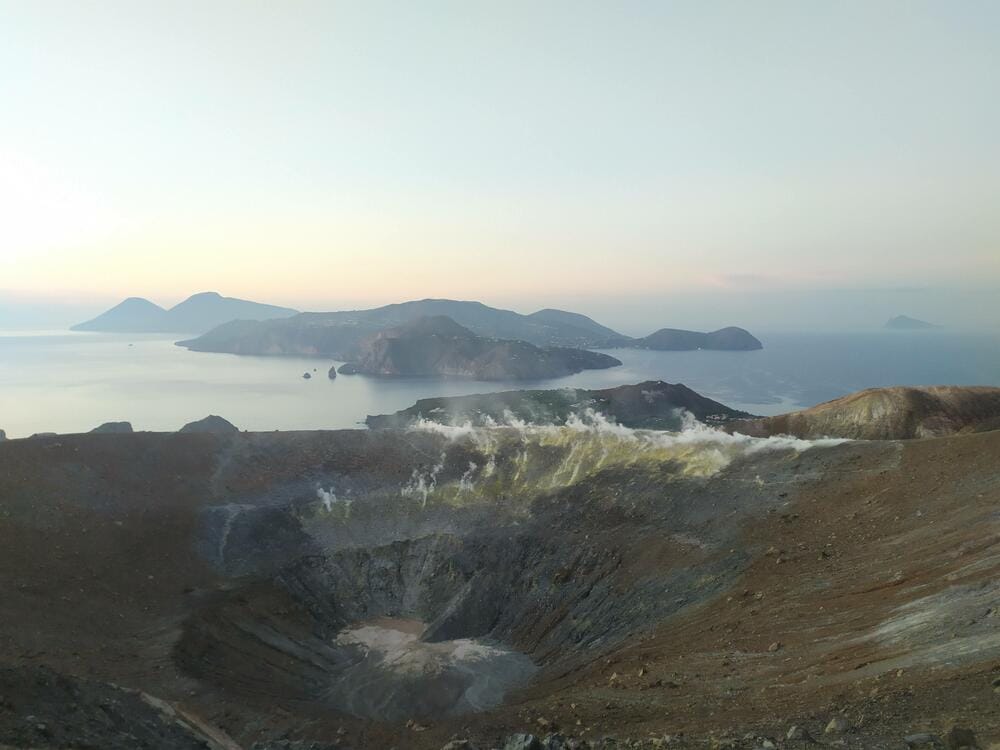
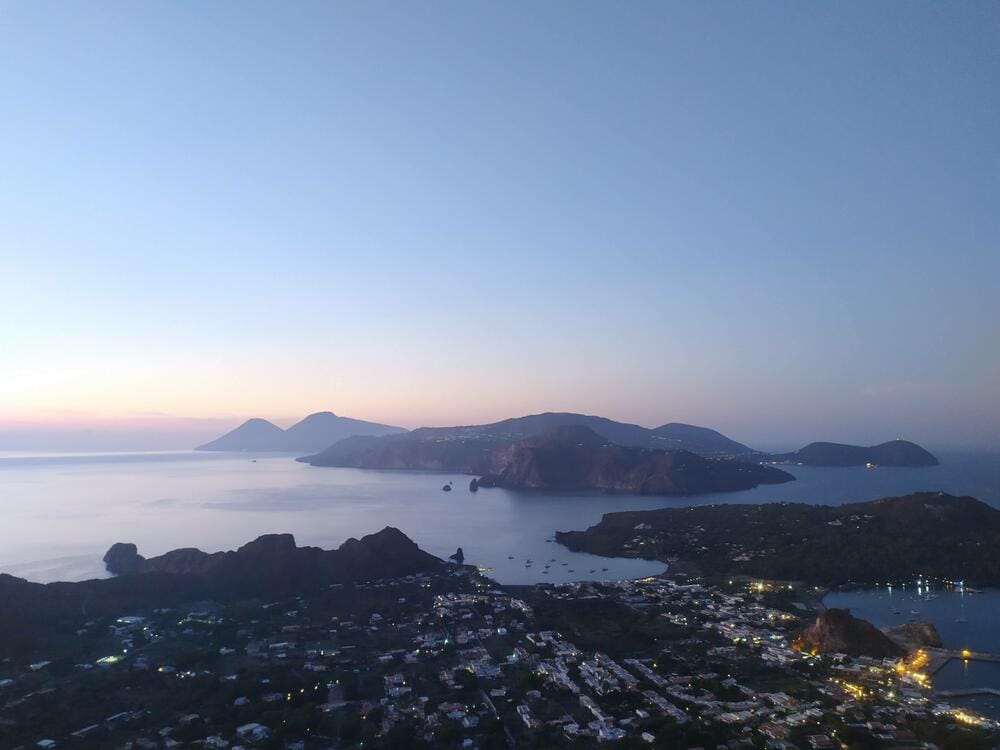

Vulcano and the Aeolian Islands
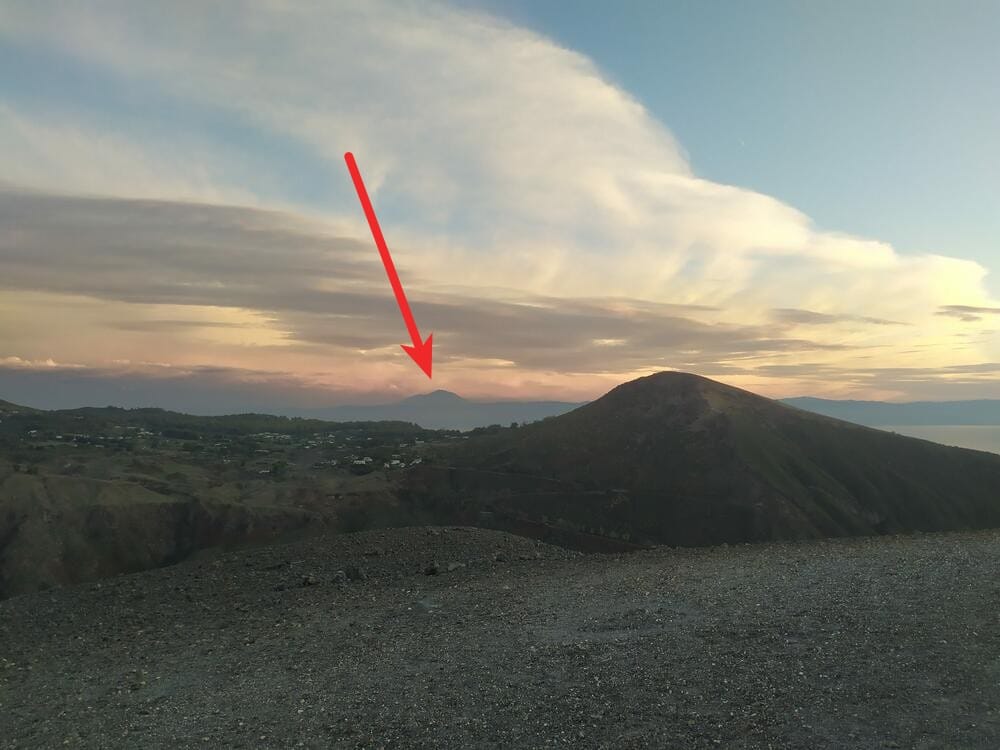
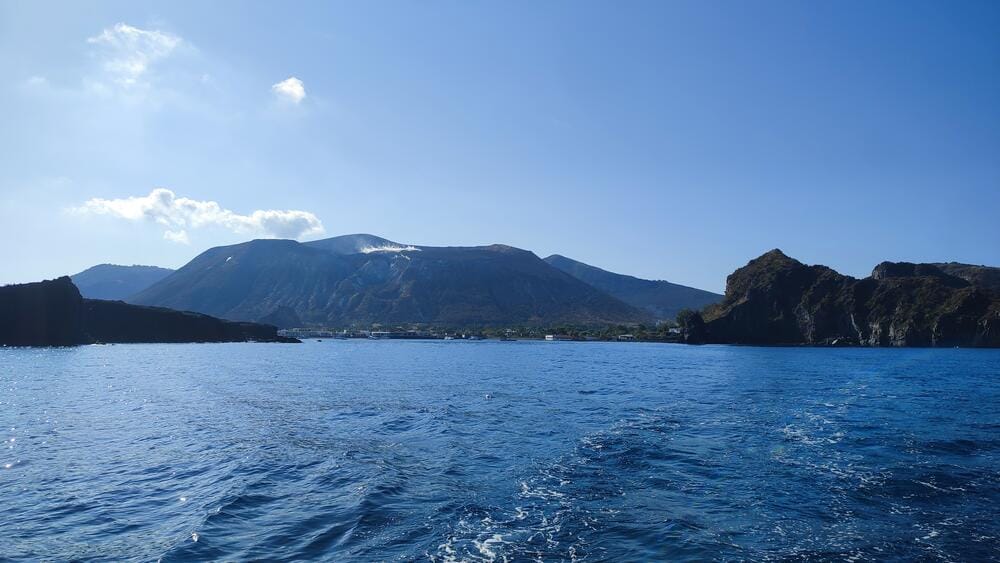
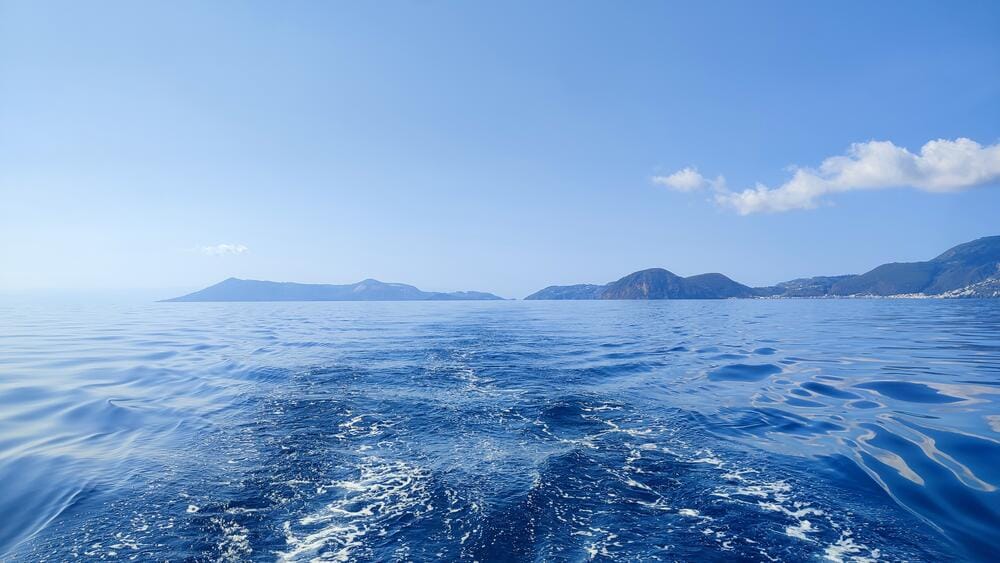
Sea
On the way to Stromboli, we stopped by Panarea and swam near Bottaro Island — home to volcanic gas bubbles. You'll know you're in the right spot by the dive boats. Anchoring requires care due to the rocky bottom.
Day 6 – Stromboli
Stromboli is one of the few continuously active volcanoes in the world, and it made its presence felt immediately — our entire boat got coated in a fine layer of volcanic ash long before we approached it.
We picked up a mooring buoy at Marina del Gabbiano for €100 per night. No showers, no toilets, but there’s a free shuttle to town during working hours (€15 off-hours)
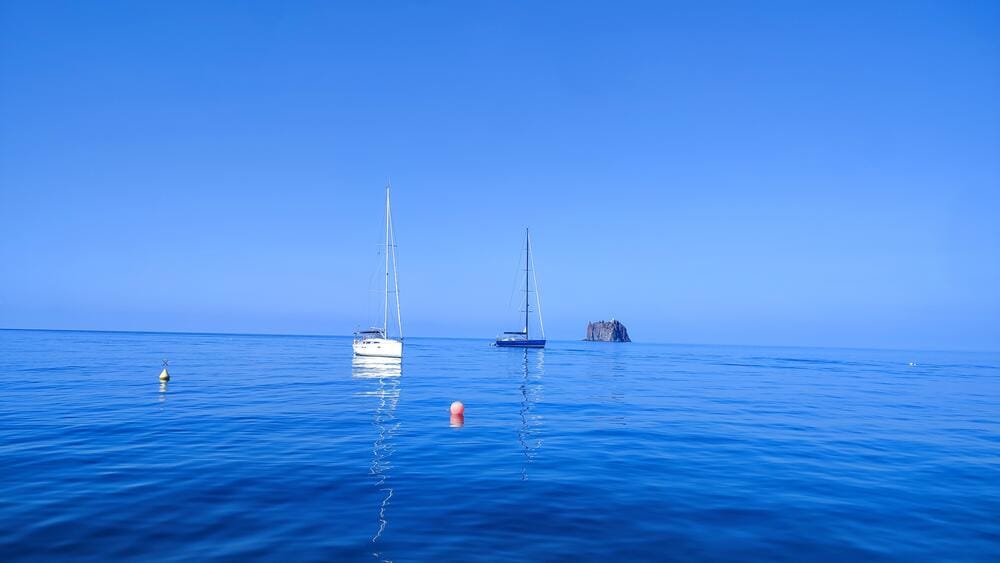
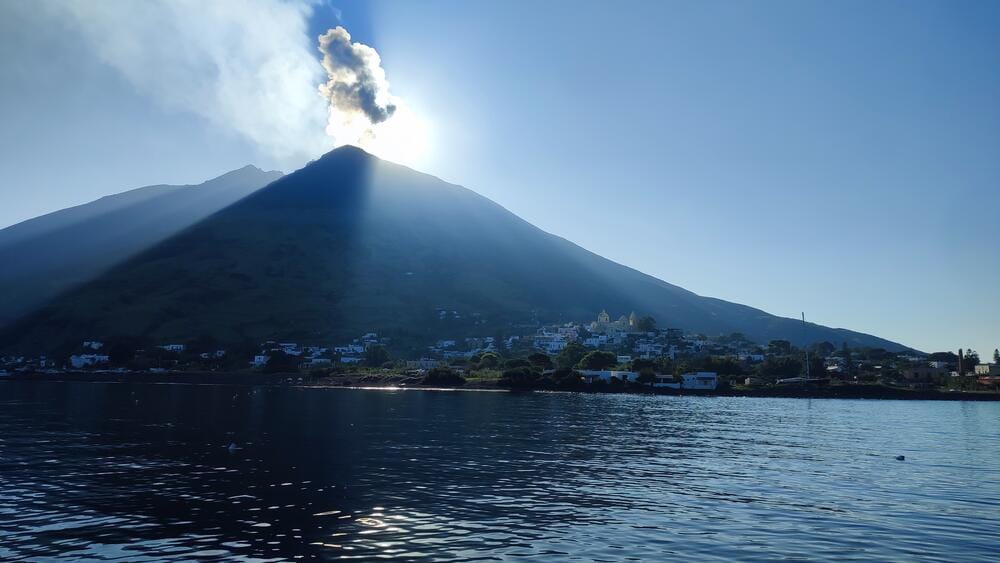
Buoy field
In the late afternoon, we hiked up the northeastern green slope to a 290 m viewpoint. From there, we had a clear view of the crater and witnessed spectacular eruptions every 10 minutes — glowing lava, sparks, and bursts of volcanic bombs. It was awe-inspiring and slightly surreal.
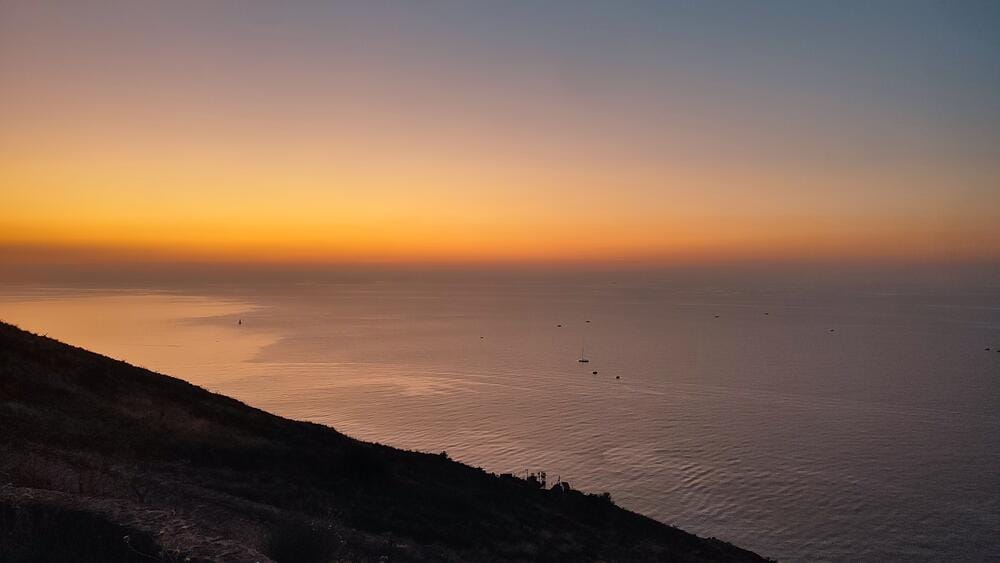
On the way back, a shuttle picked us up from the ferry dock and brought us directly to our catamaran — the only boat in the harbor without anchor lights, which made it tricky to find in the dark.
At 5 a.m., we left the mooring field to see the eruptions in the dark, which made the glowing lava far more dramatic. We circled around to the northwest side, where the main Sciara del Fuoco — the steep lava scar — opens into the sea. From the water, it was a breathtaking view.
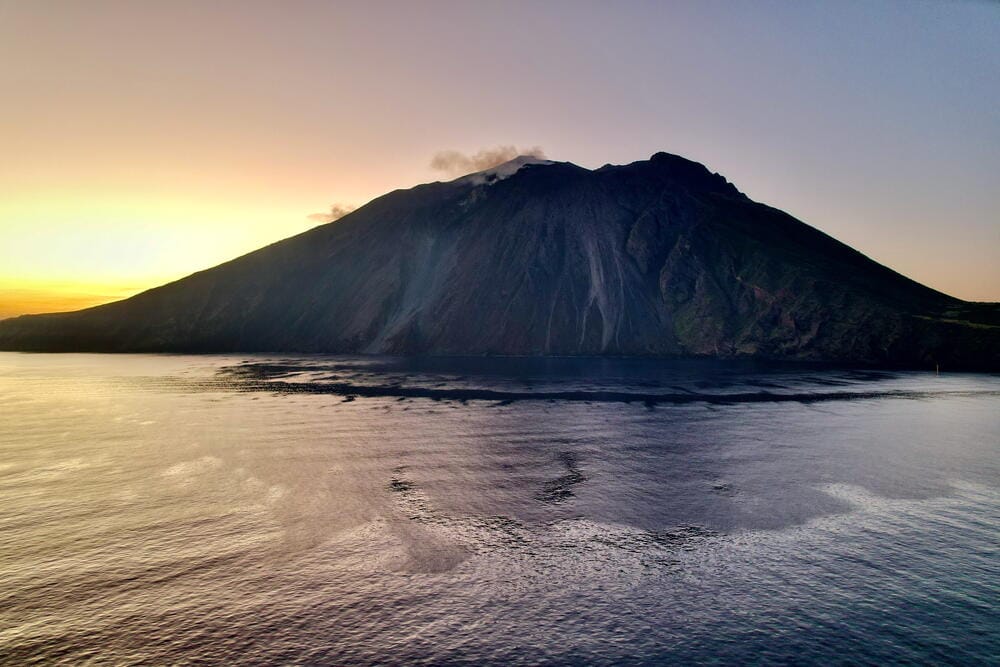
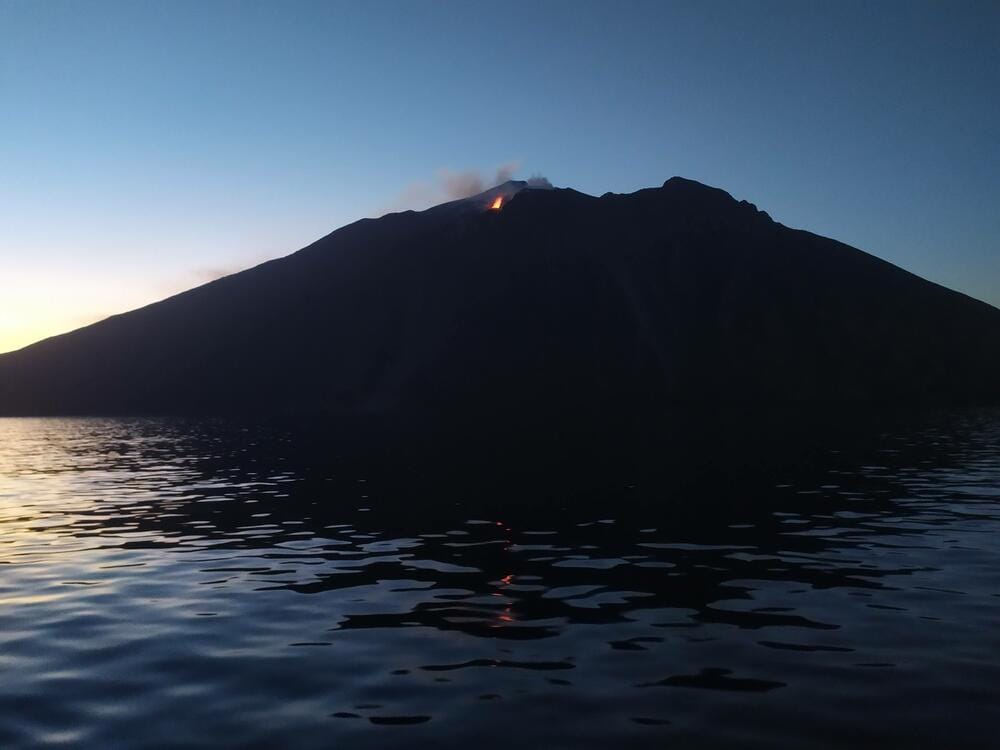
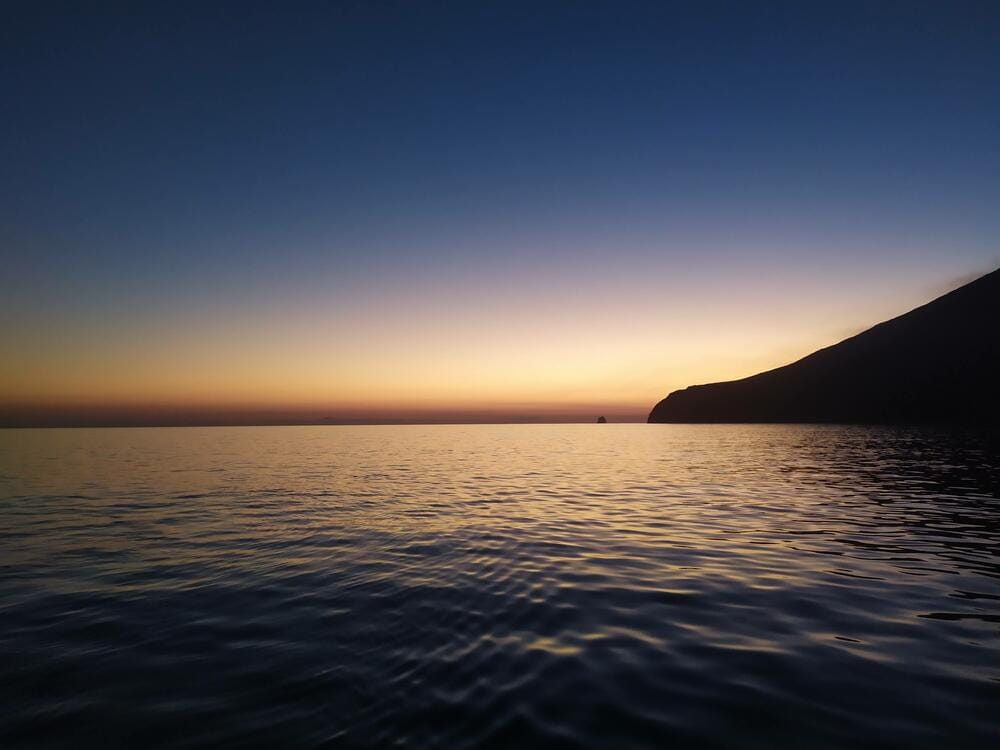
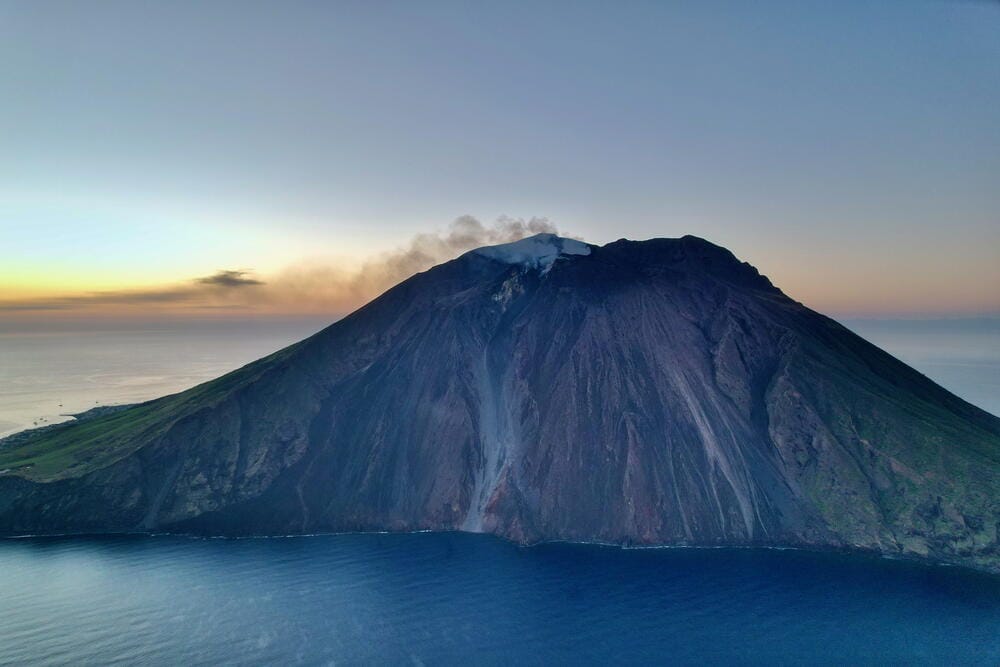
Stromboli at dawn
On our way back, we passed by the Grotta dell’Amore ("Cave of Love") and stopped for a swim near Lisca Bianca, a small islet just south of Bottaro Rock, where we had planned to anchor. The spot was already taken by a group of divers — whom we later bumped into again on Panarea.
We anchored near Lisca Bianca, where bubbles of natural gas rise from the seafloor, forming a kind of natural jacuzzi and it's completely safe, though a few jellyfish were spotted in the water.
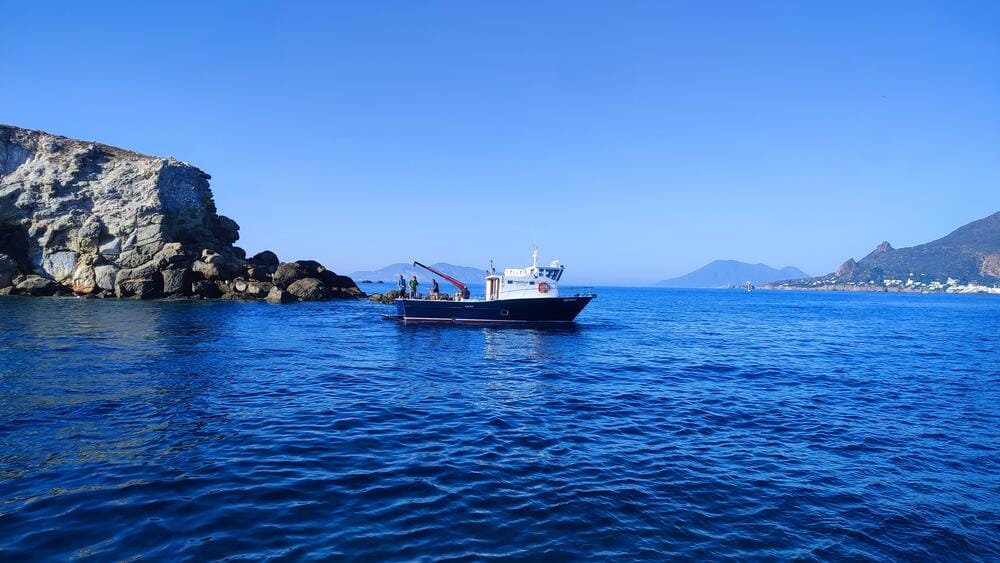
Day 7 – Panarea
We first headed to San Pietro, anchoring just south of the pier between two buoy fields. A buoy tender informed us that mooring is not allowed in that spot due to their laid moorings. So, we dropped anchor north of the pier and went ashore to the grocery store. However, constant hydrofoil and ferry traffic created an uncomfortable swell. Things got worse when a dive boat anchored close to us.
We decided to move to the southern anchorage at Baia Milazzese — a scenic and relatively crowded bay located near the ruins of a prehistoric village. On the island’s western side is Cala Junco, a stunning bay where anchoring inside is prohibited, but it’s allowed outside.

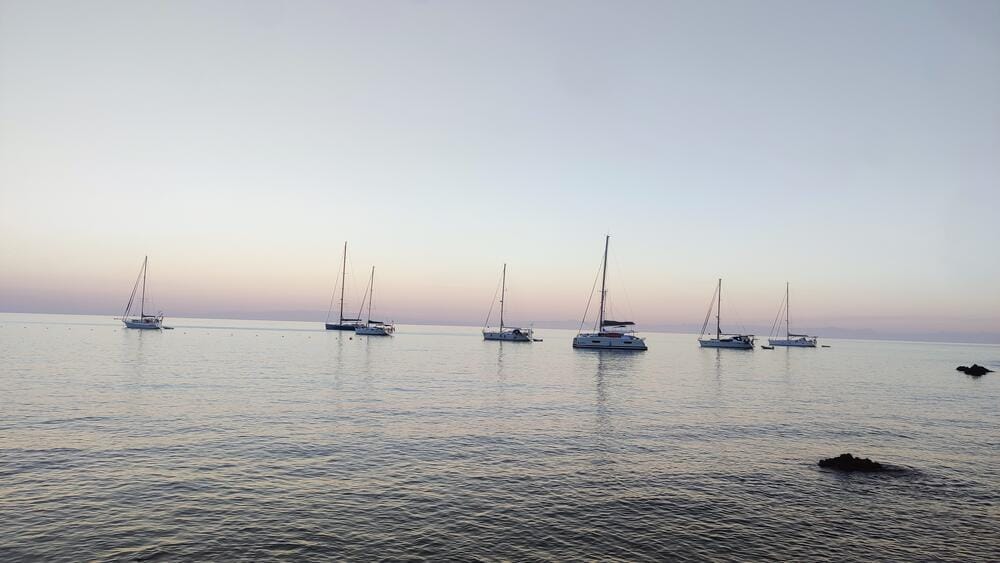
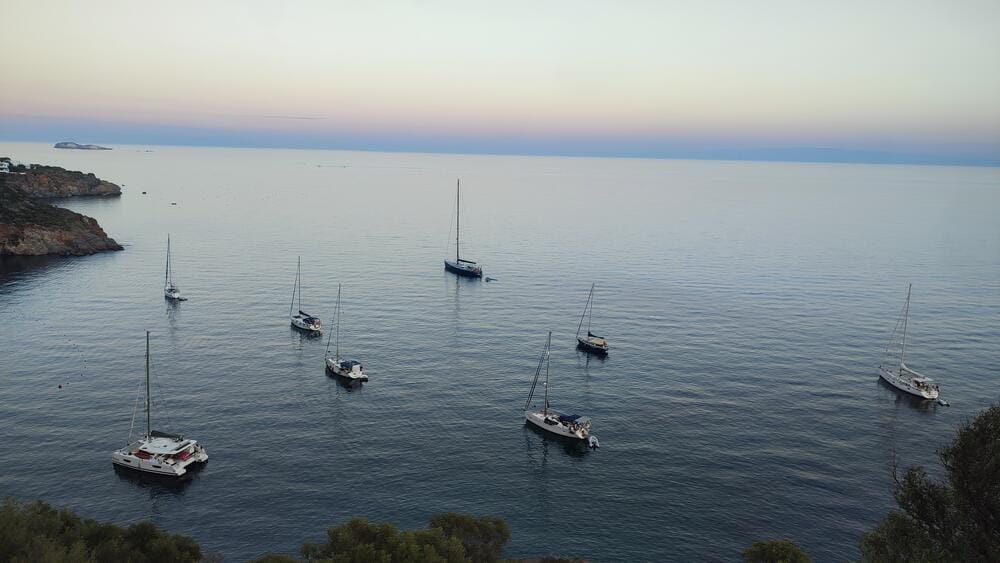
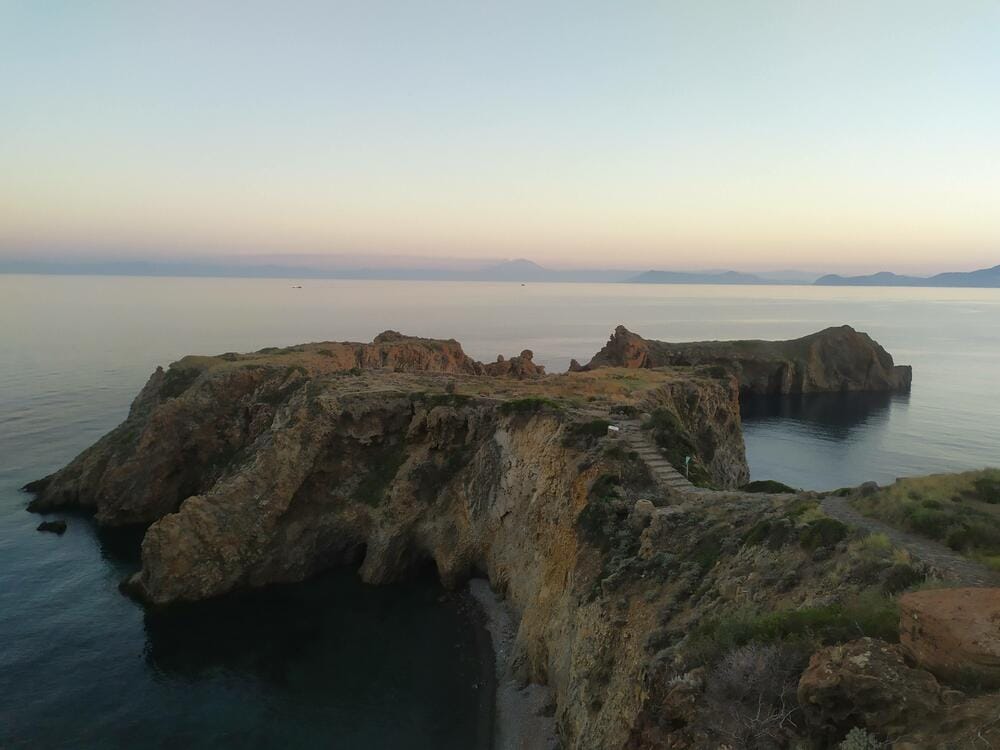
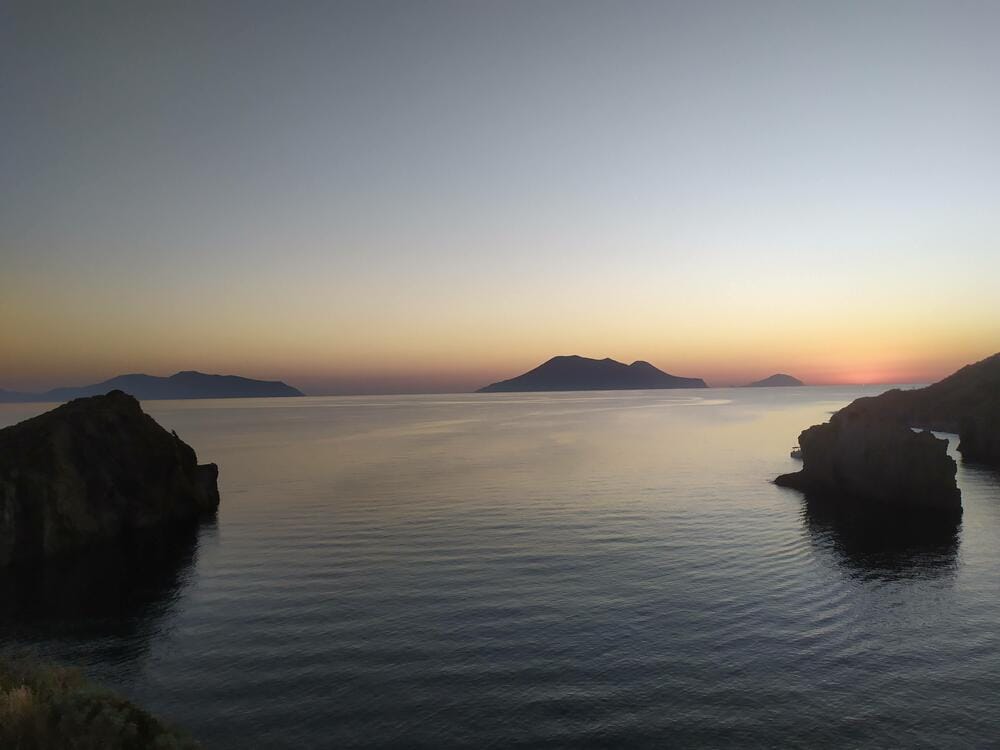
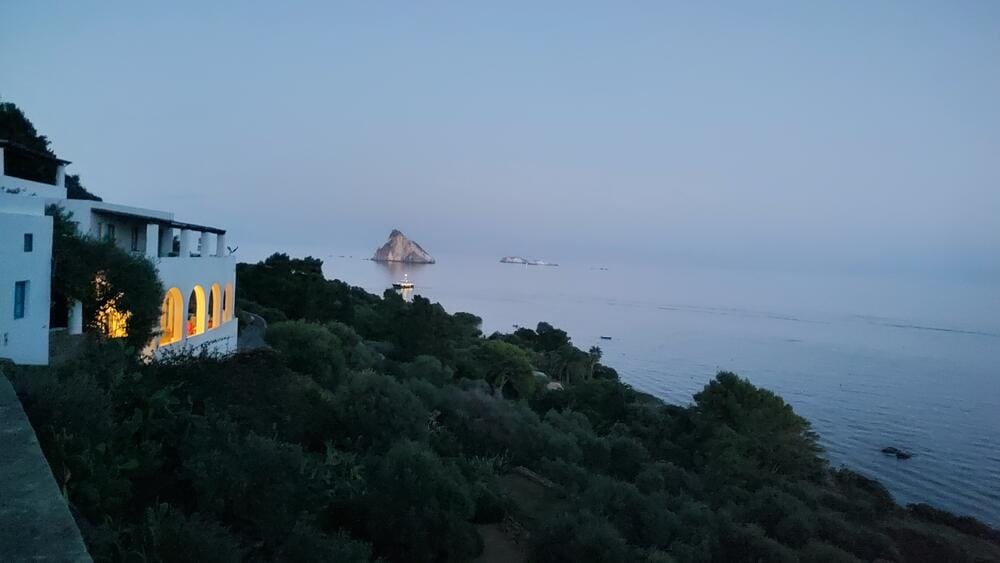

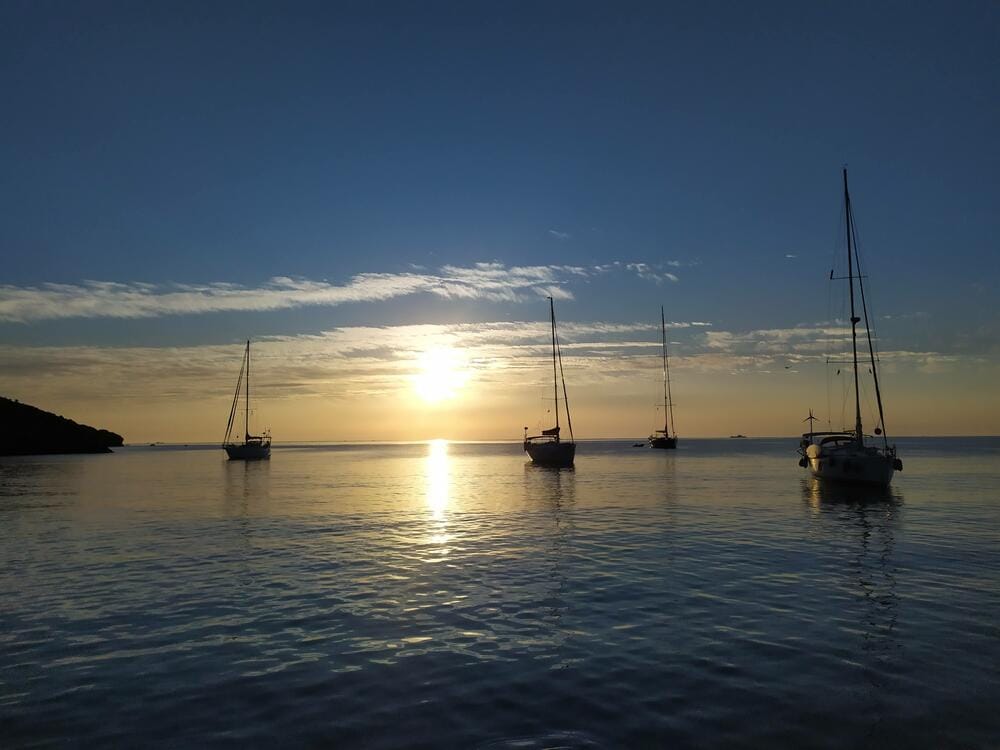
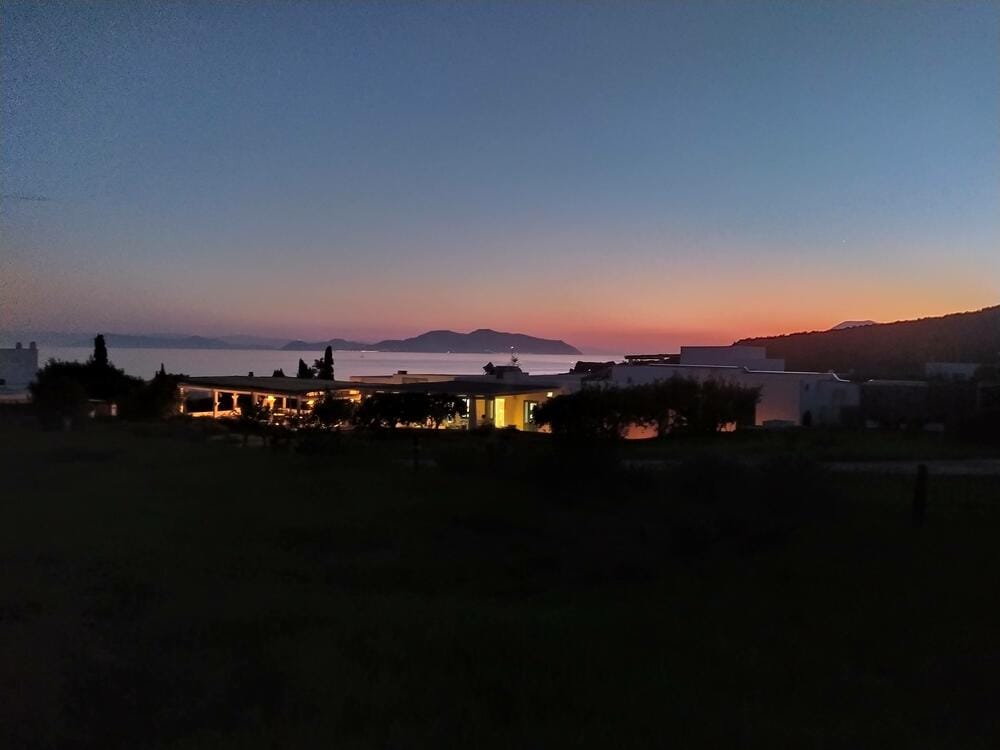
Panarea
Day 8 – Lipari
With winds strengthening, we left at 7 a.m. and stopped for breakfast near the white pumice beaches — brilliant turquoise water. We docked at Marina Pignataro (€135, booked via Navily). Lipari Service turned us down, having just removed their pontoons. Refueled 160L at €2/L. Strong offshore wind pushed us away from the fuel dock as we let the lines off.
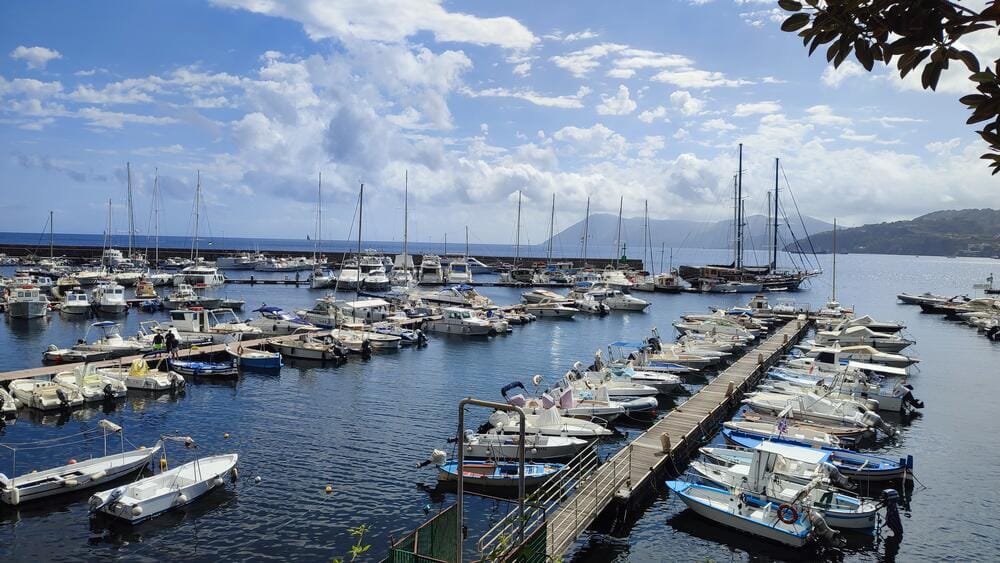
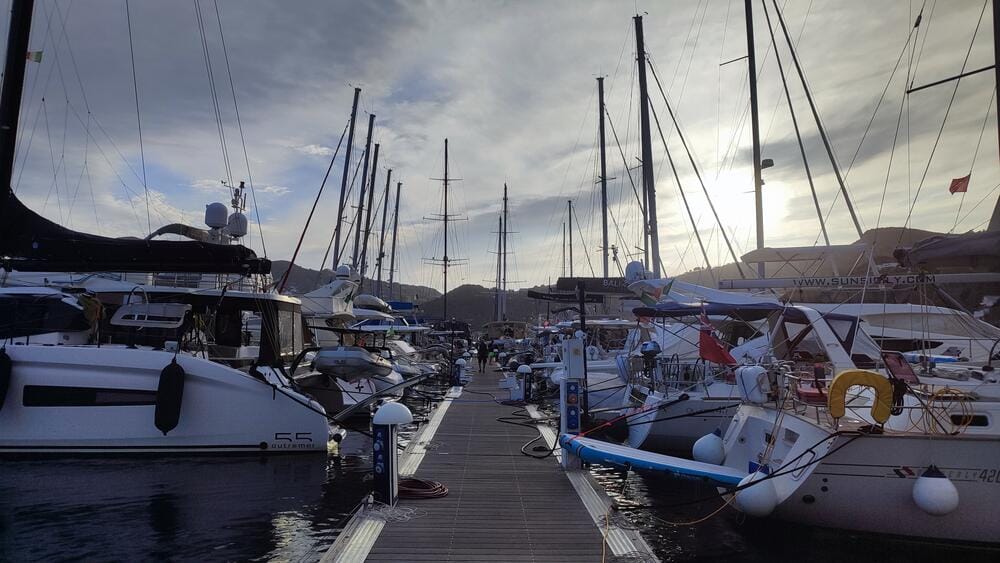
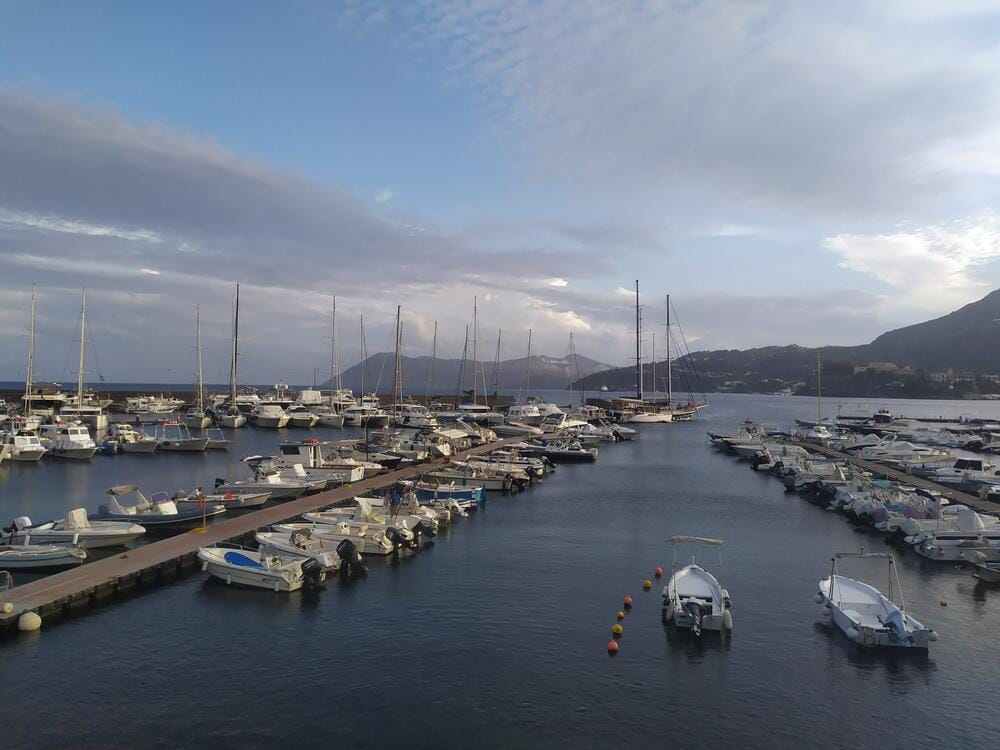
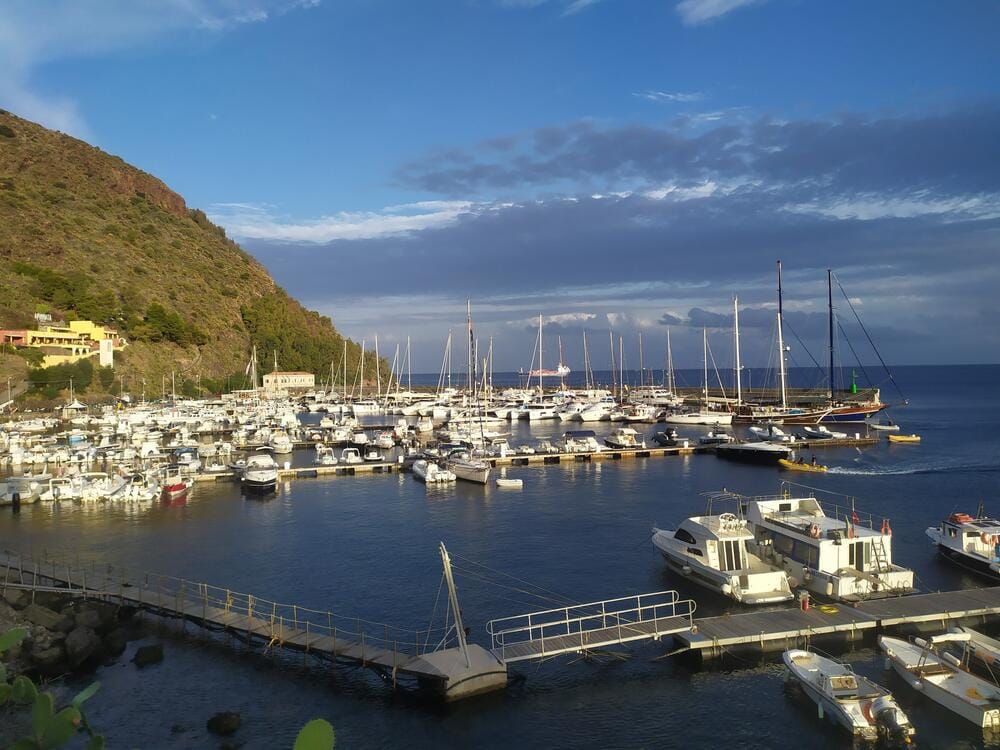
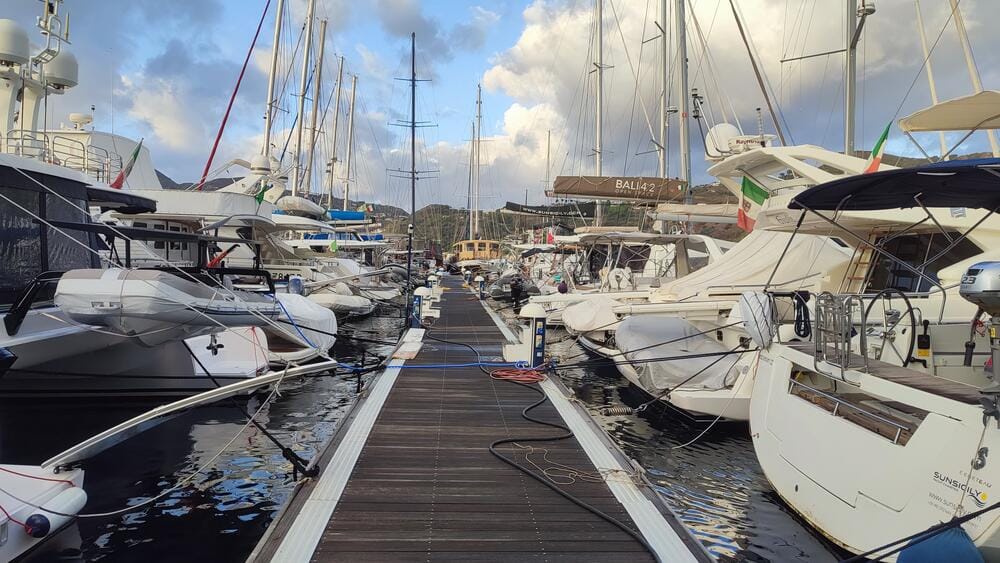
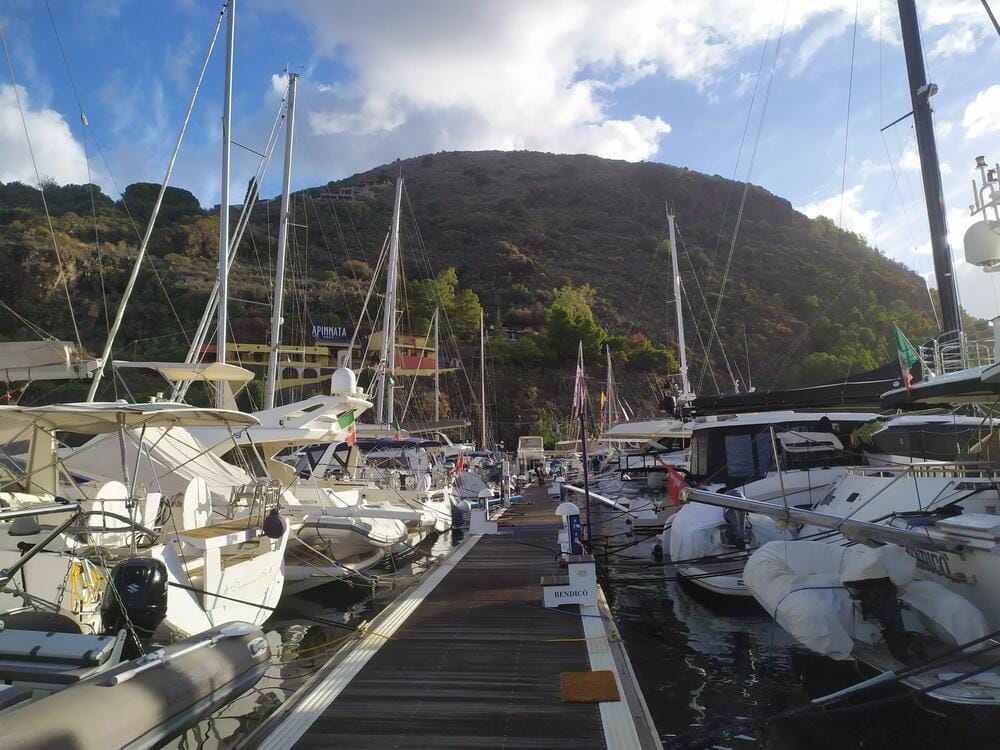
Marina Pignataro, Lipari
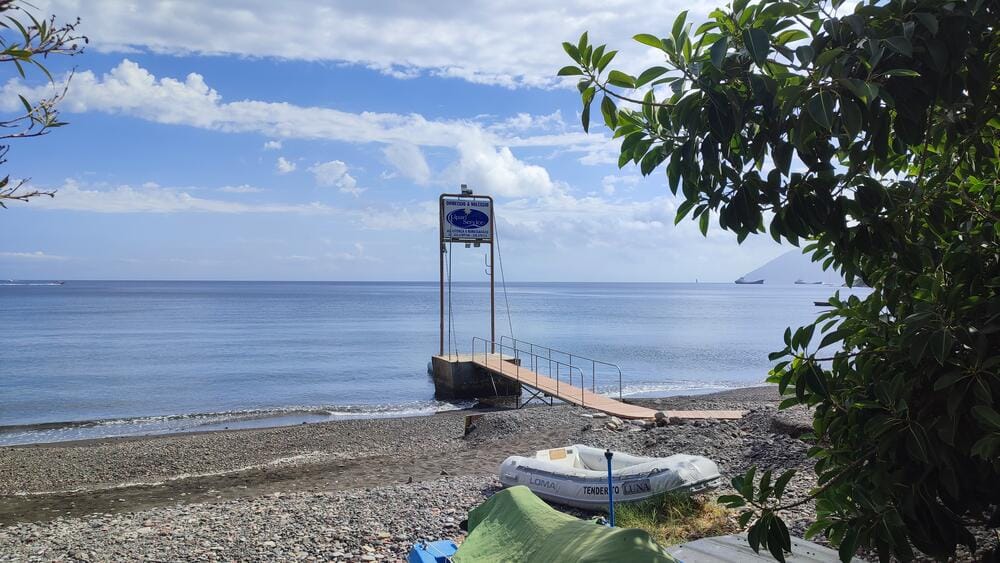
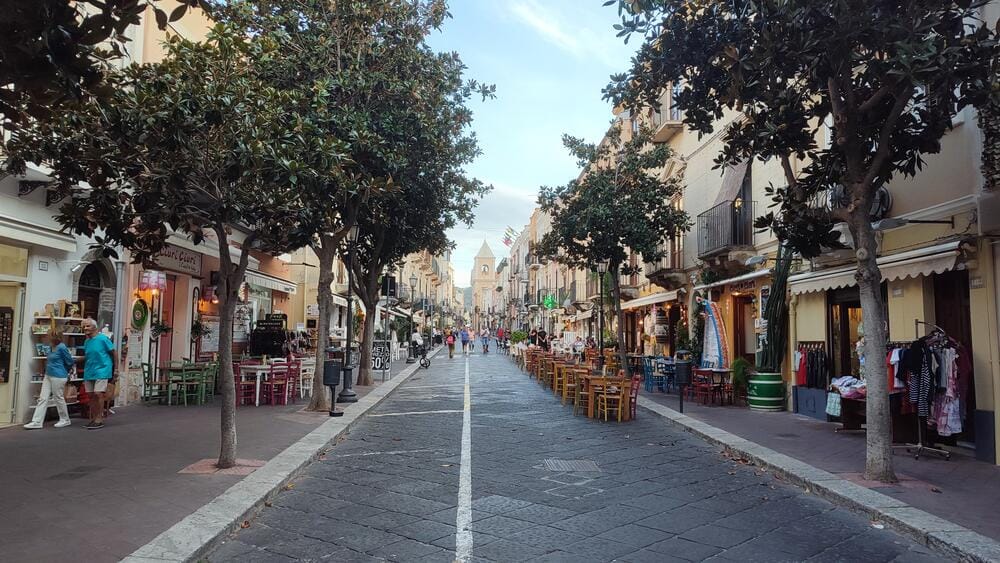
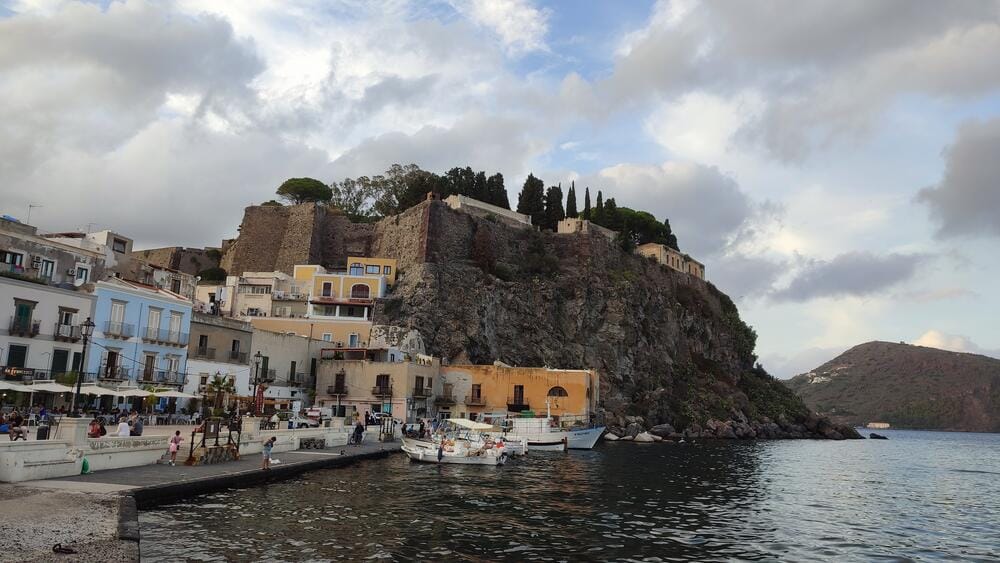
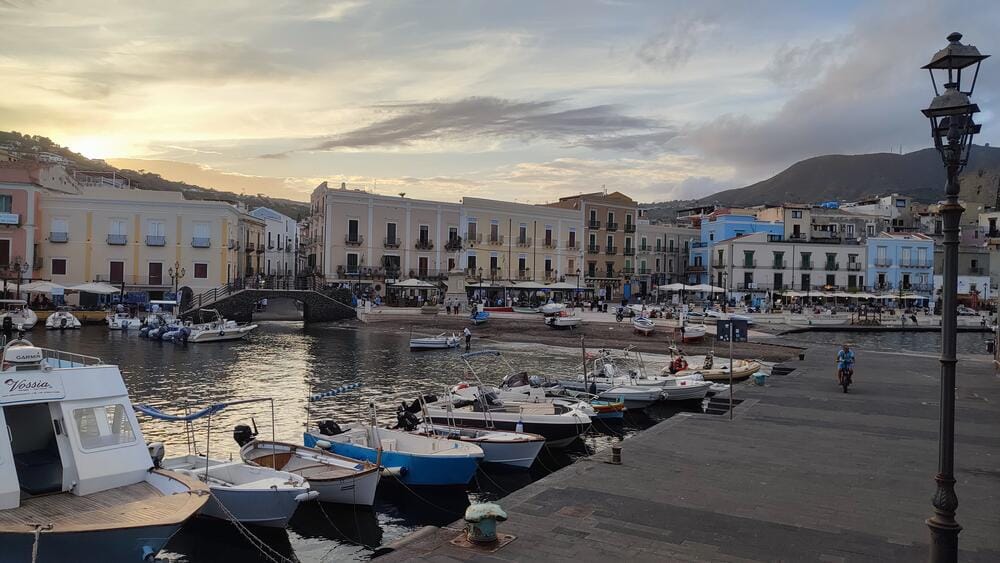
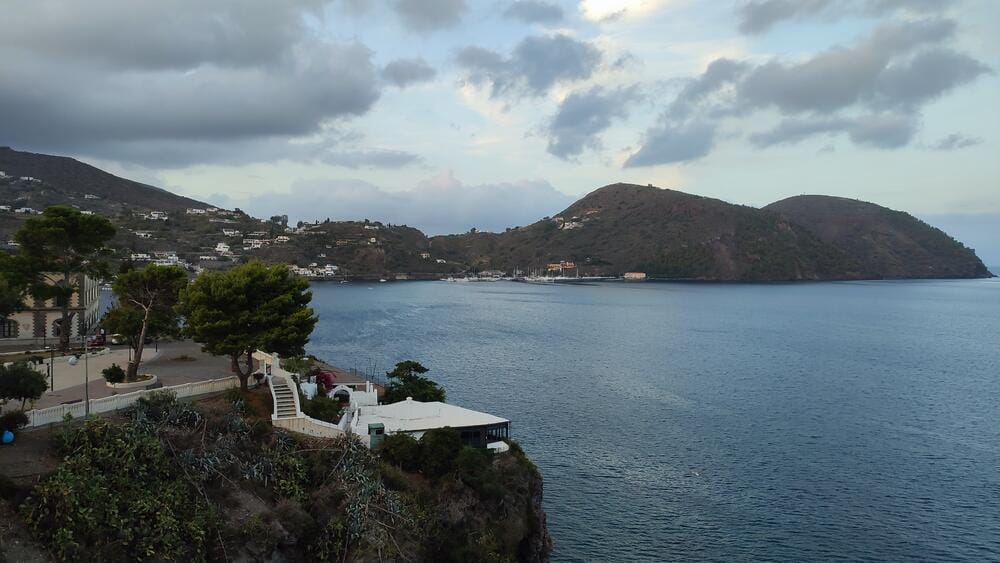
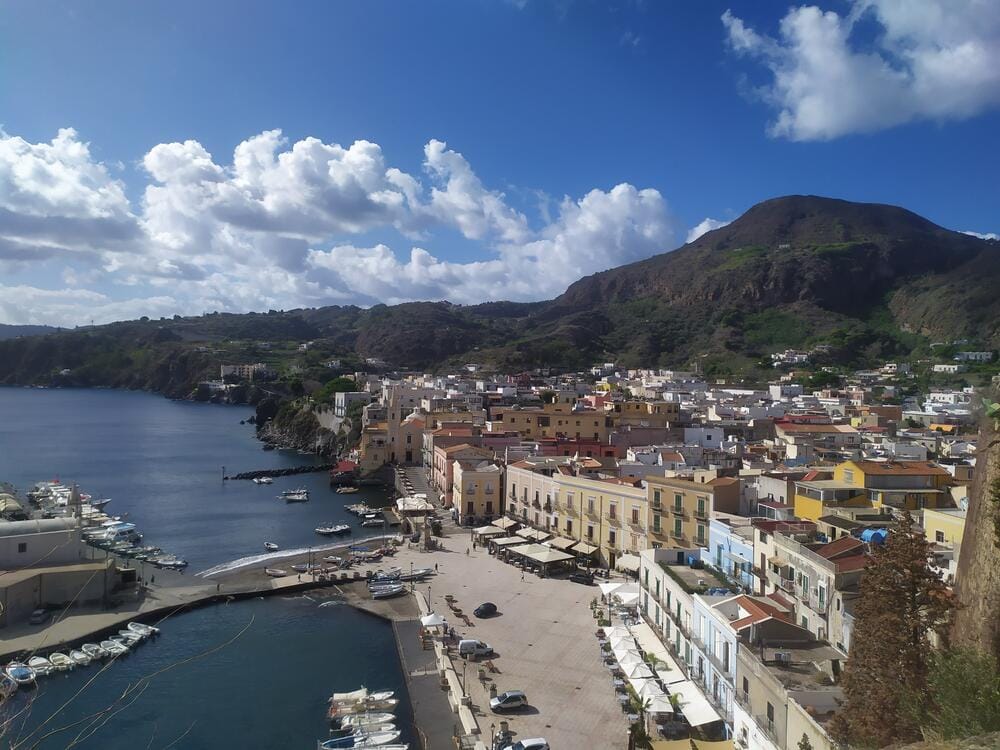
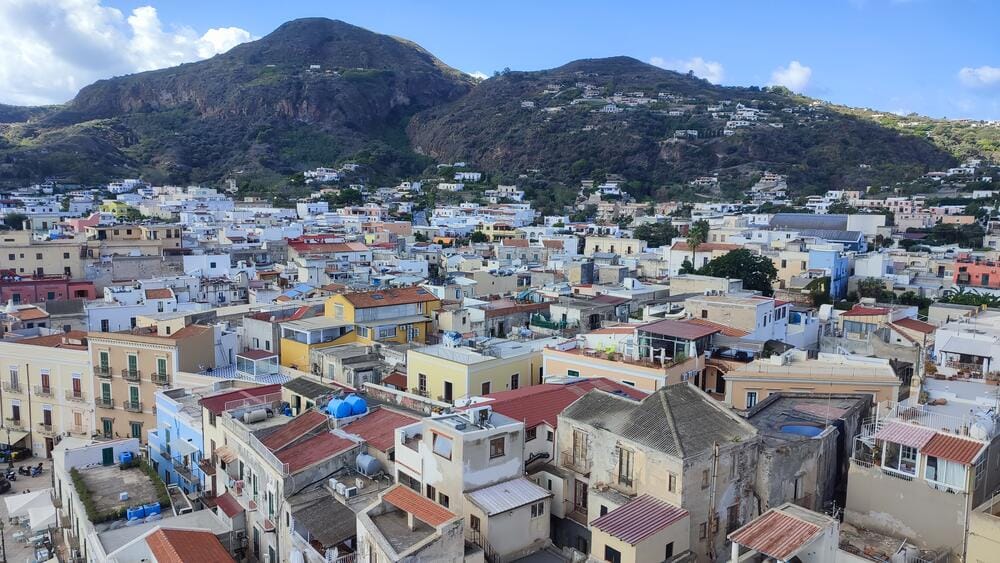
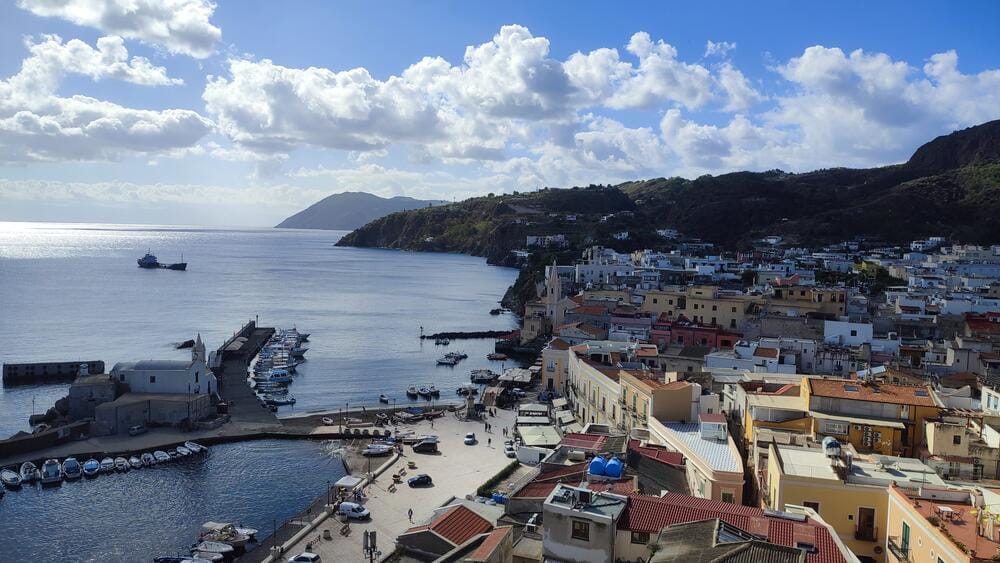
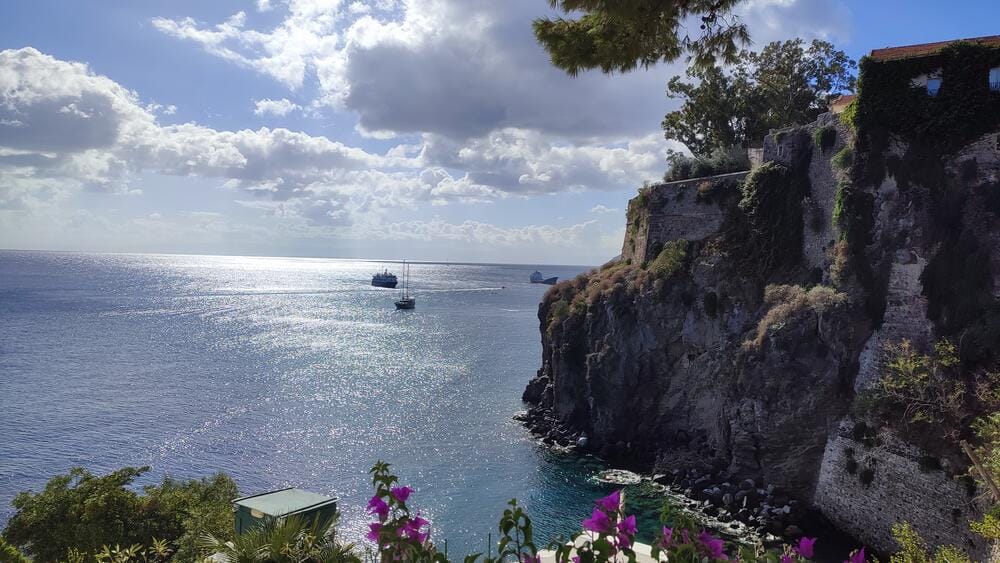
Lipari
Day 9 – Salina
A short hop in strong headwinds. We anchored south of Santa Marina Salina, near caves, 70m off in 4m depth. Poor holding near shore — rocks and seagrass. Farther out: sand and clay. We dove to check the anchor. Our dinghy motor overheated due to a blocked cooling outlet — a quick clean fixed it.
We went ashore later, we landed inside the marina. The marina is overpriced, with showers that don’t run 24/7. It’s quite spacious though, with boats moored along a kilometer-long outer breakwater.
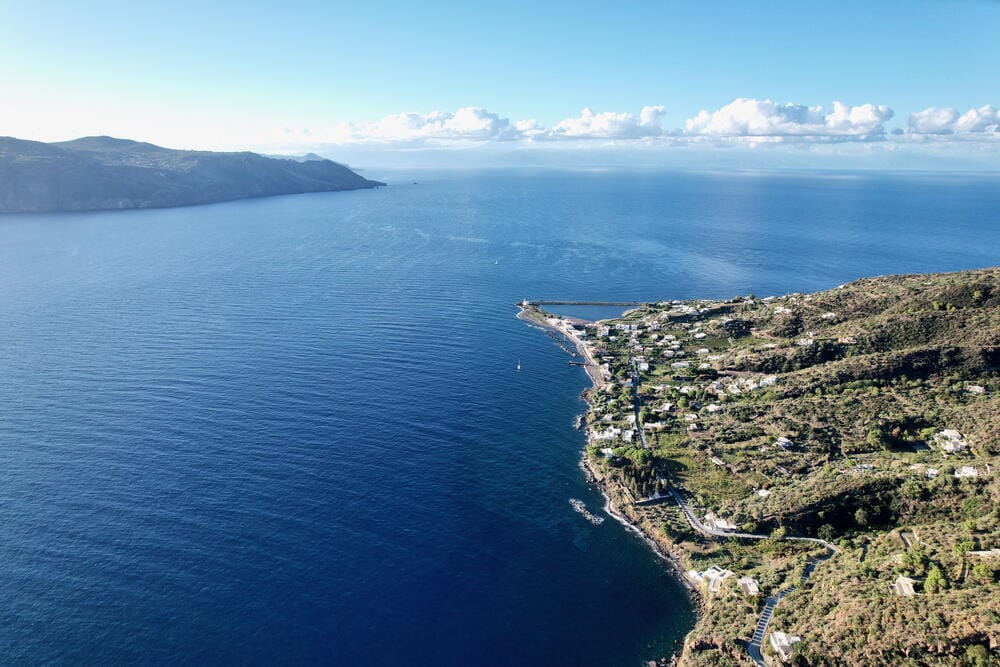
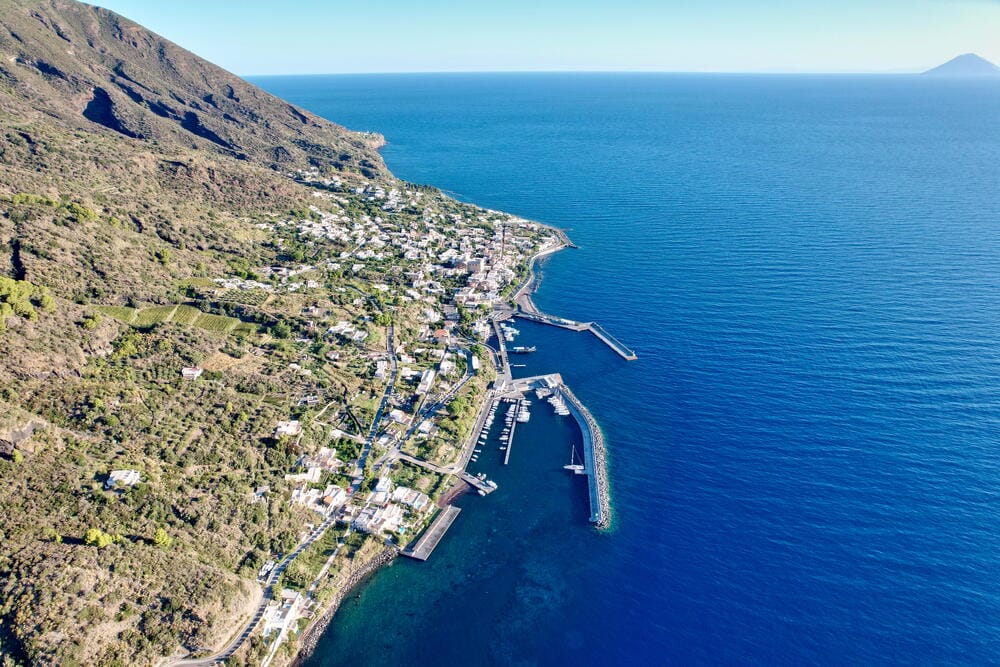
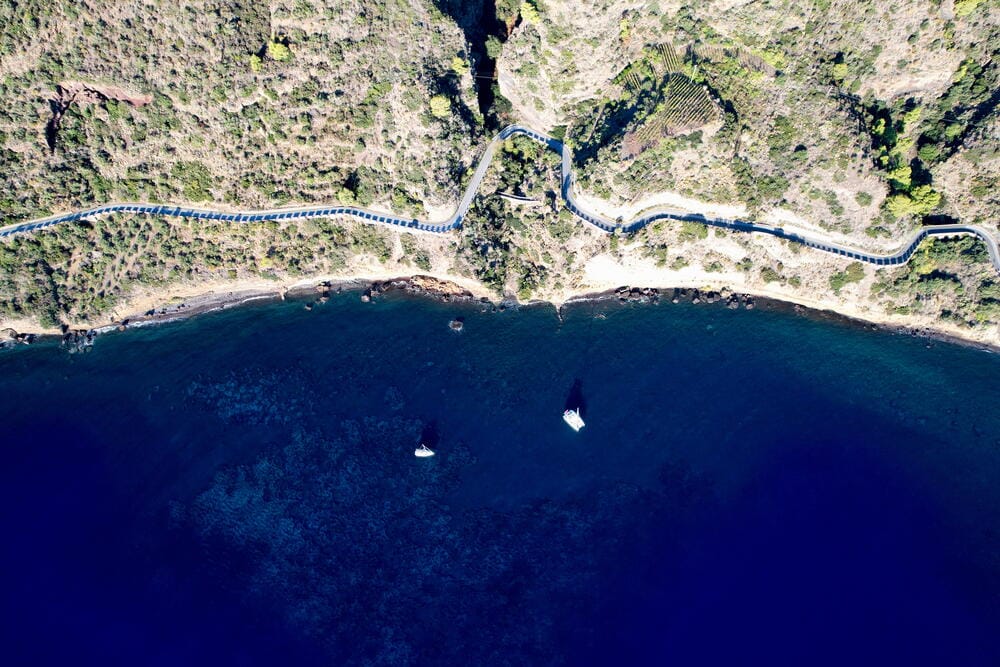
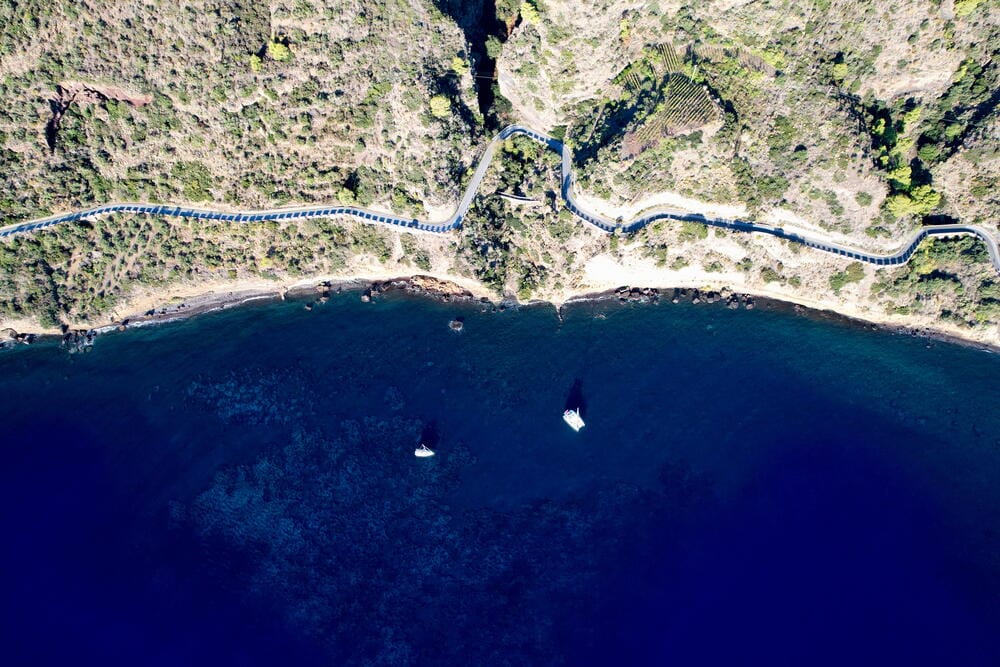
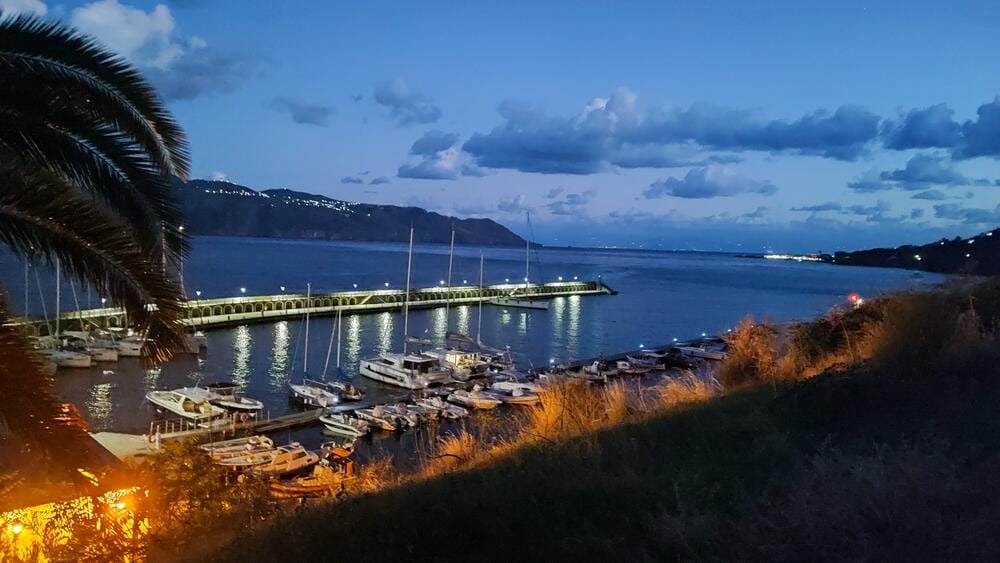
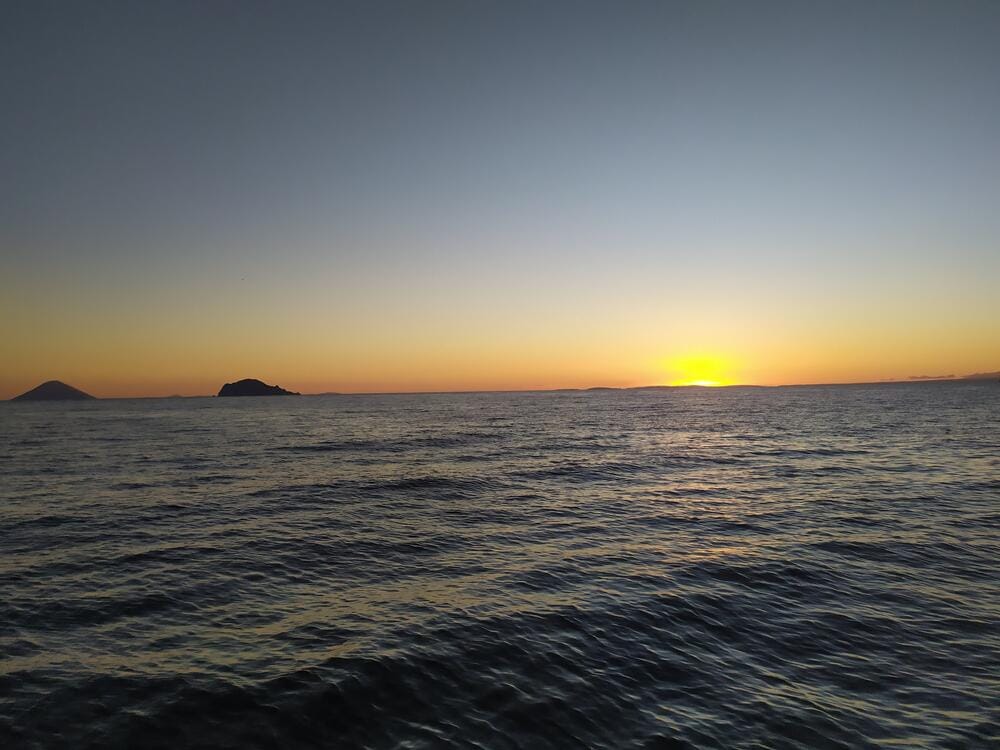
Salina
We passed Filicudi and the sea stack La Canna on the way.
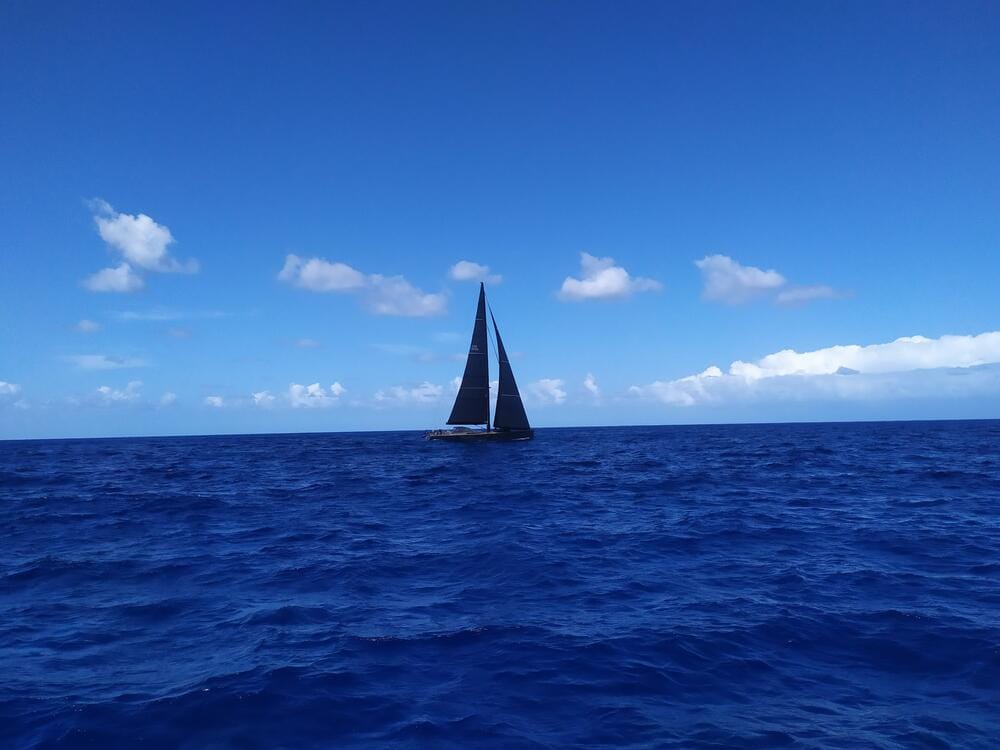
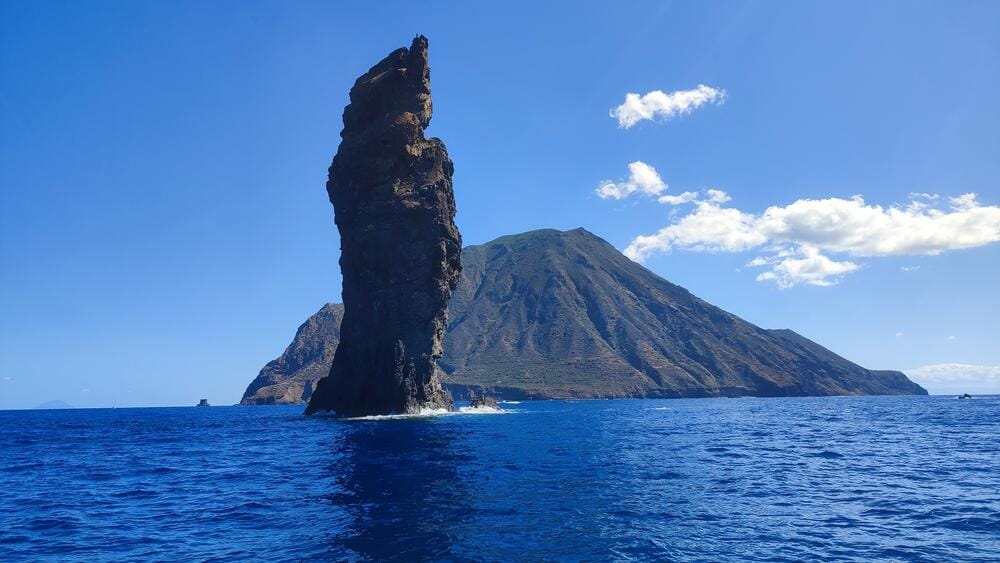
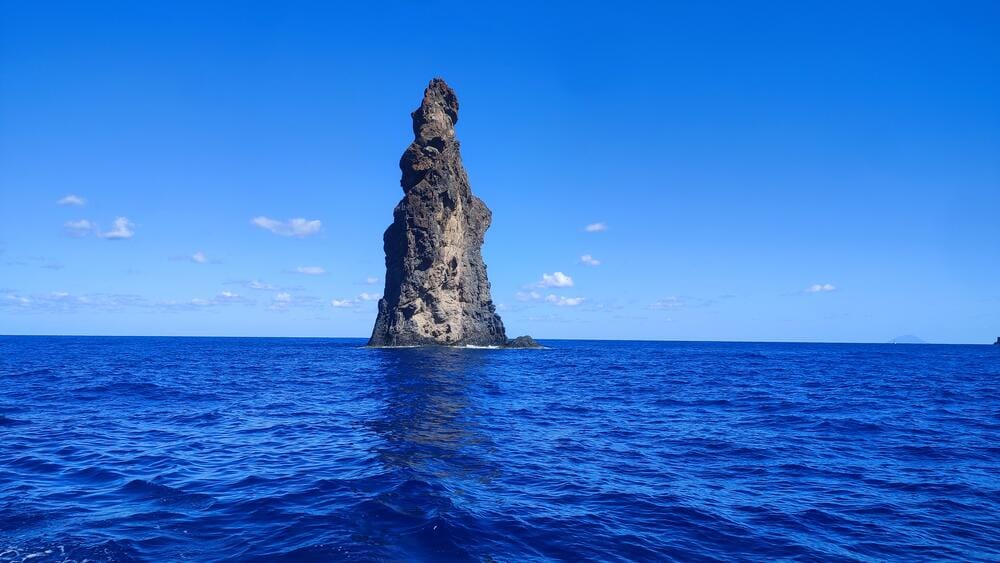
La Canna
La Canna
Day 10 – Alicudi
The most remote Aeolian island. It feels like the edge of the world. The village clings to a steep slope. Only three mooring buoys — we took one. We hiked 670 m to the top in 2.5 hours. No roads, just mules.
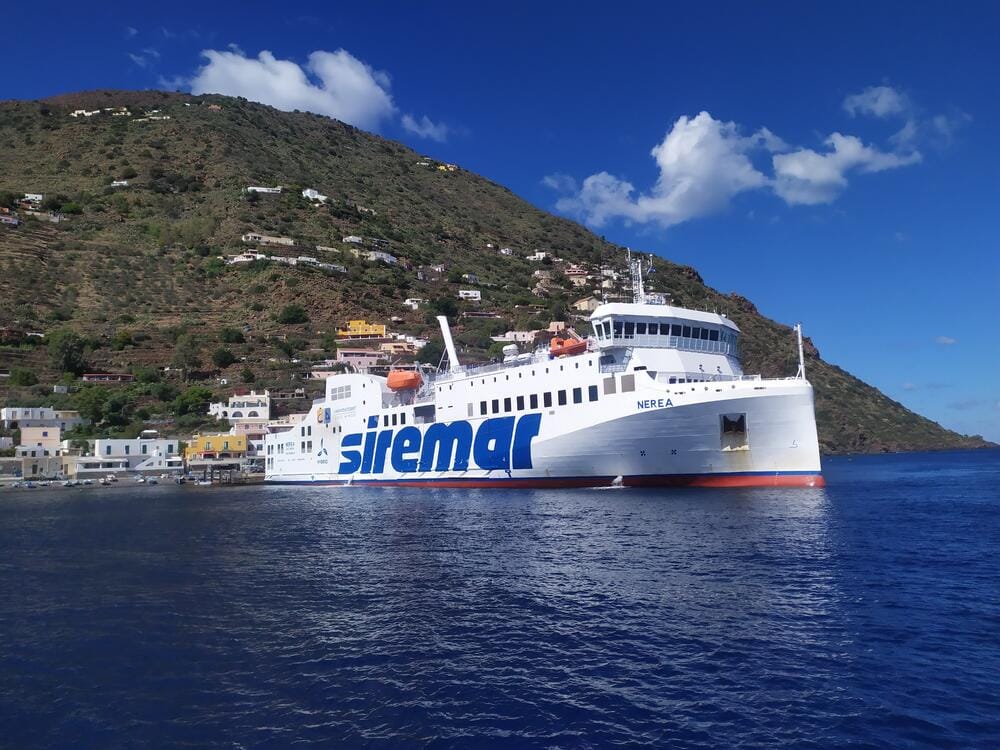
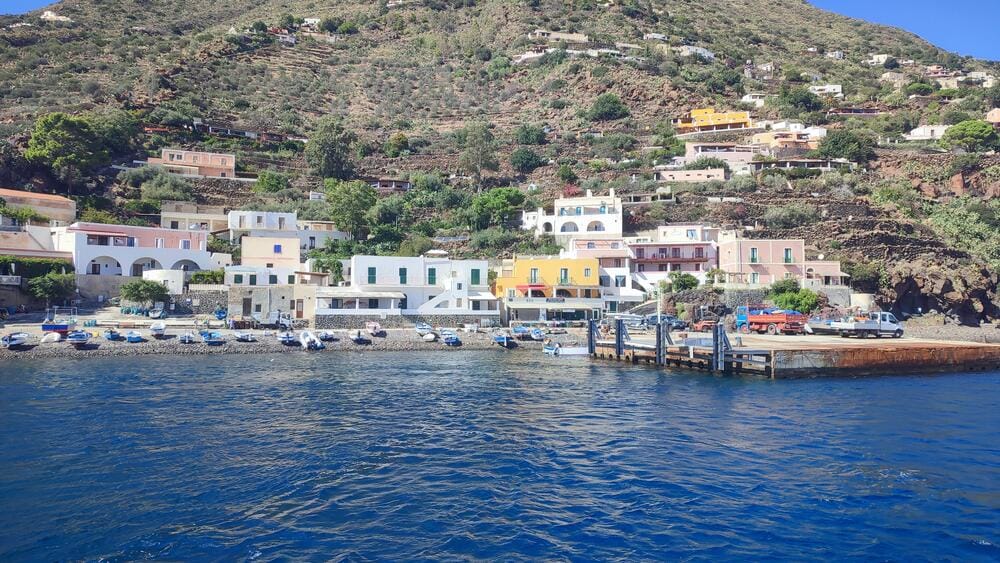
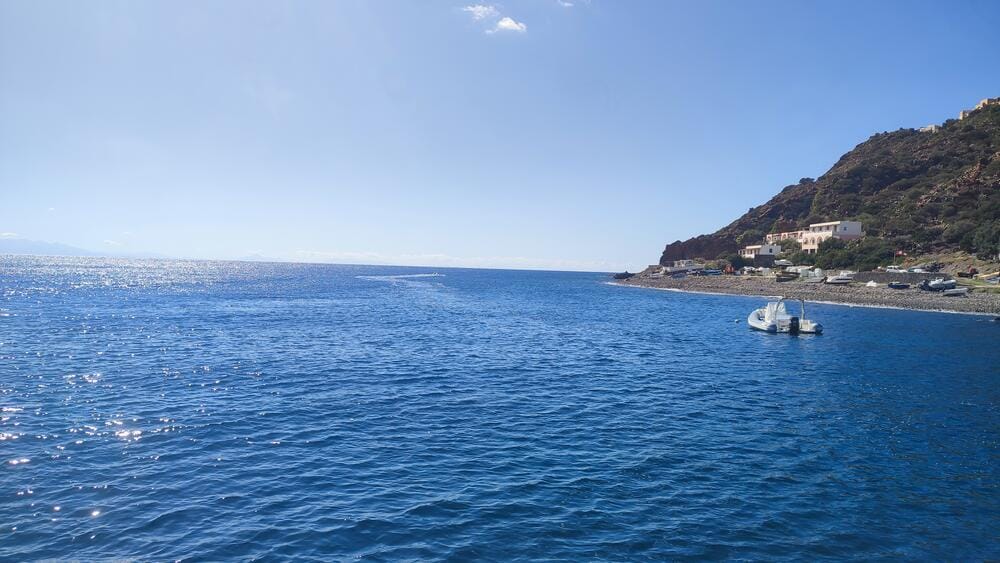
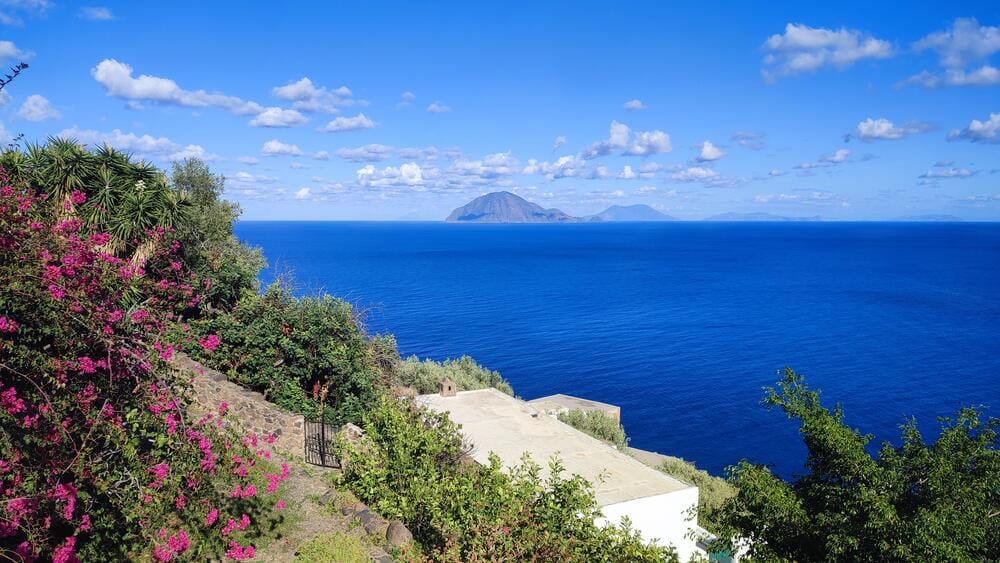
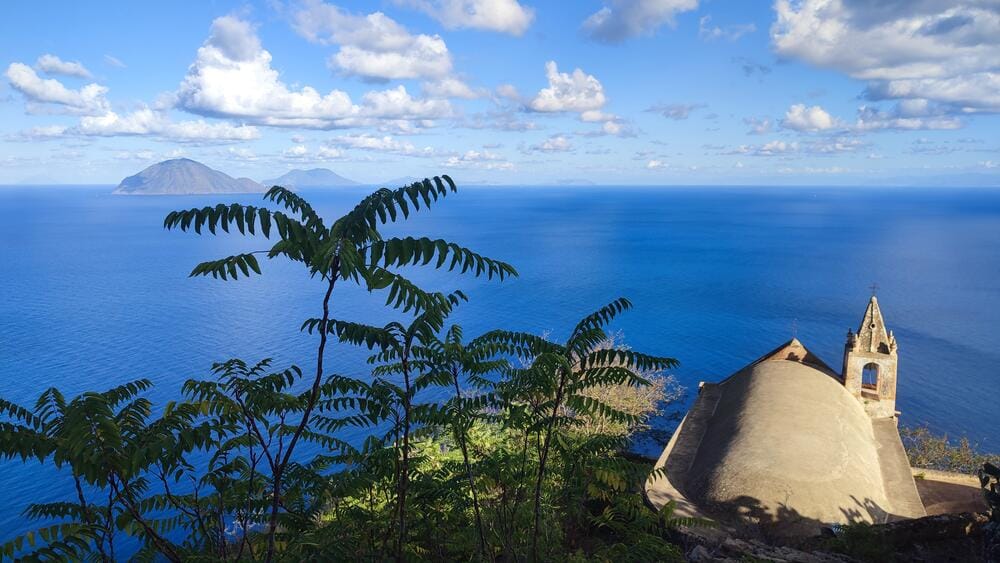
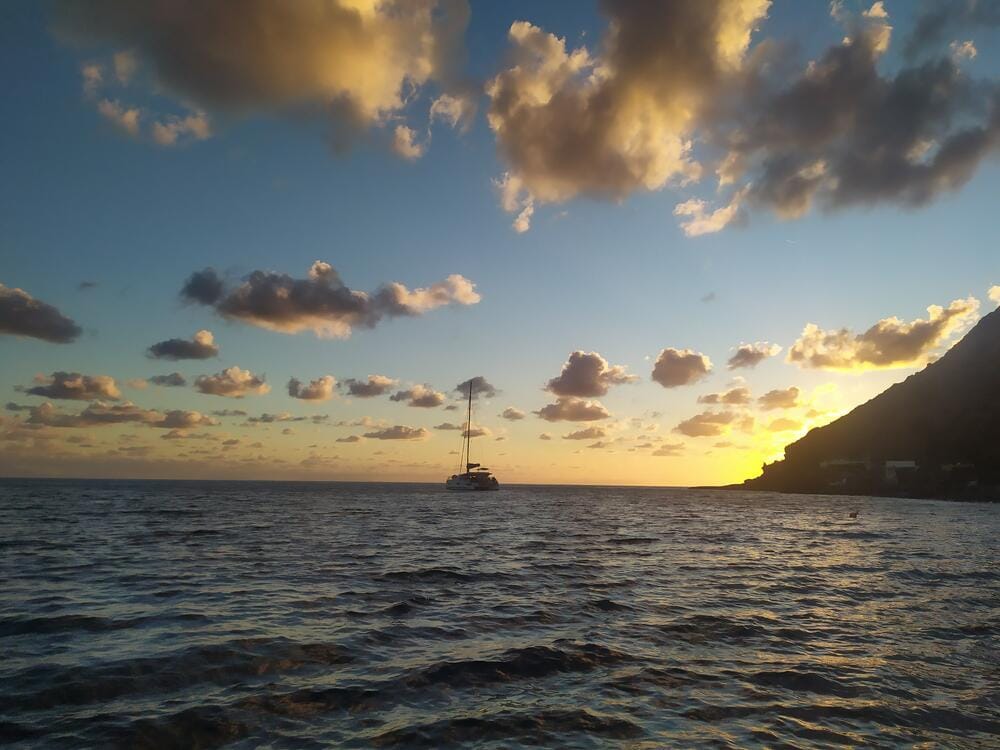
Alicudi
Day 11 – Palermo, Marina Galizzi
We booked a berth at Marina Galizzi via Navily — on their pontoon — for €145. The request was declined, but they offered us a spot on the opposite mole instead, near the rowing training center, for €110.
We called them 10 minutes before arrival on channel 74. One shower/toilet across the bay.
The marina is set in a very scenic and deep bay. We had time to stroll around Palermo, which is a beautiful city with plenty of character and historical charm.
Checkout was at 11:00 AM.
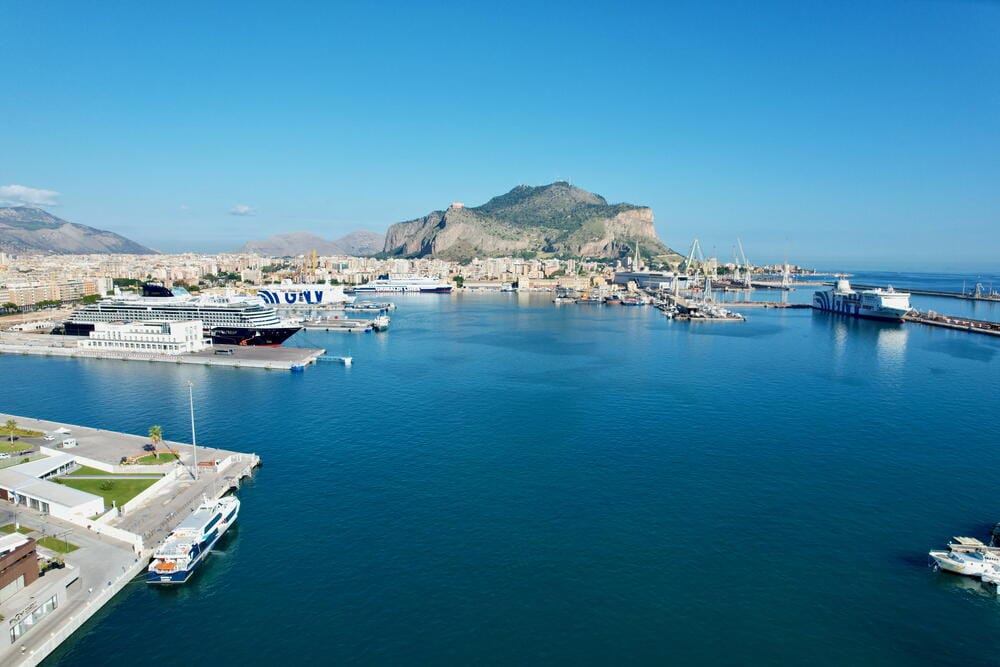
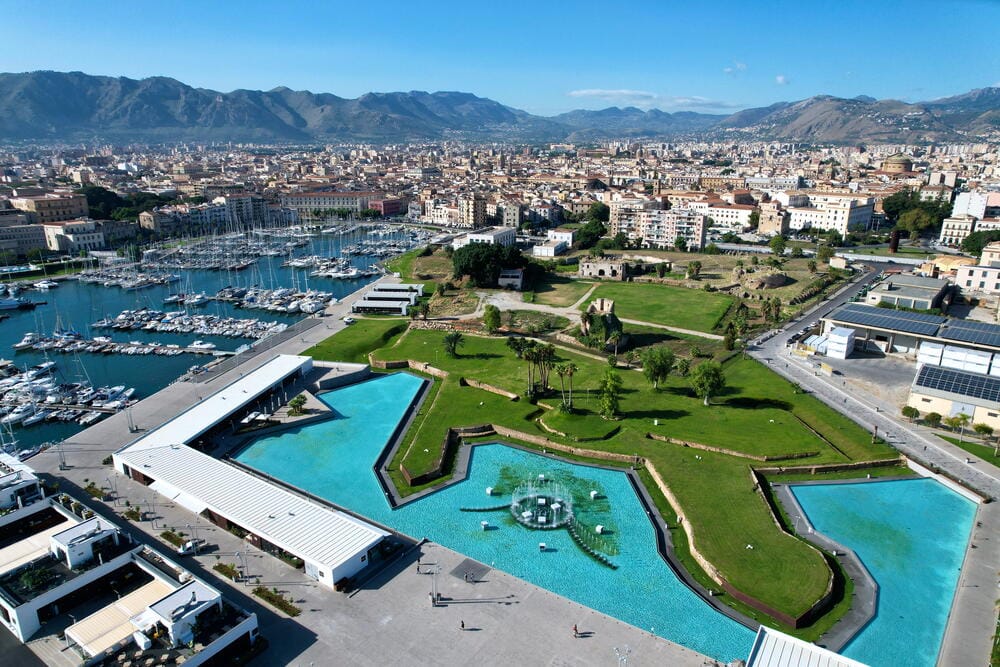
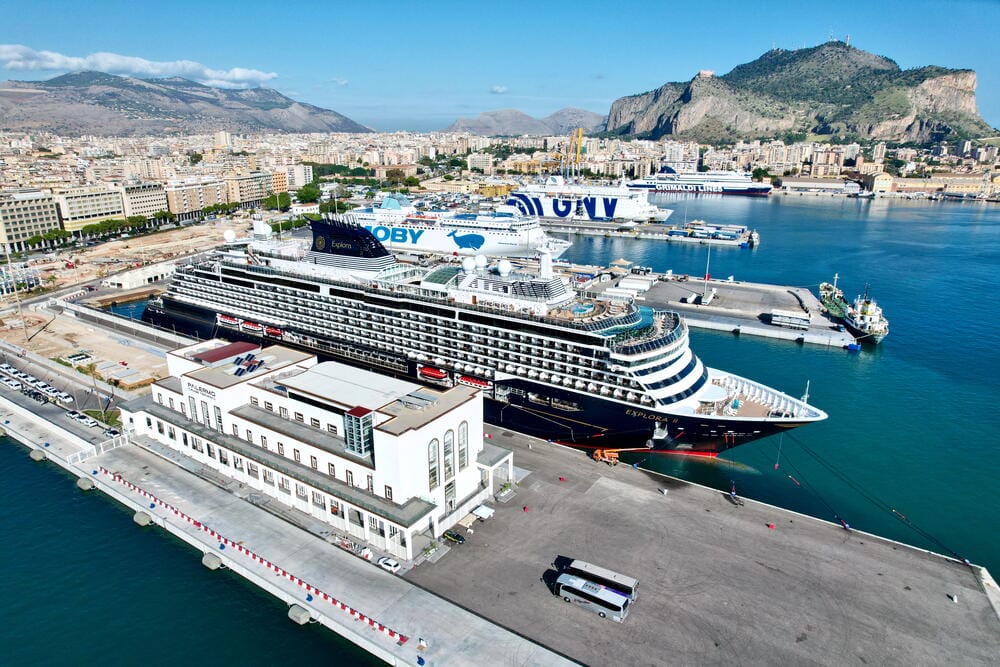
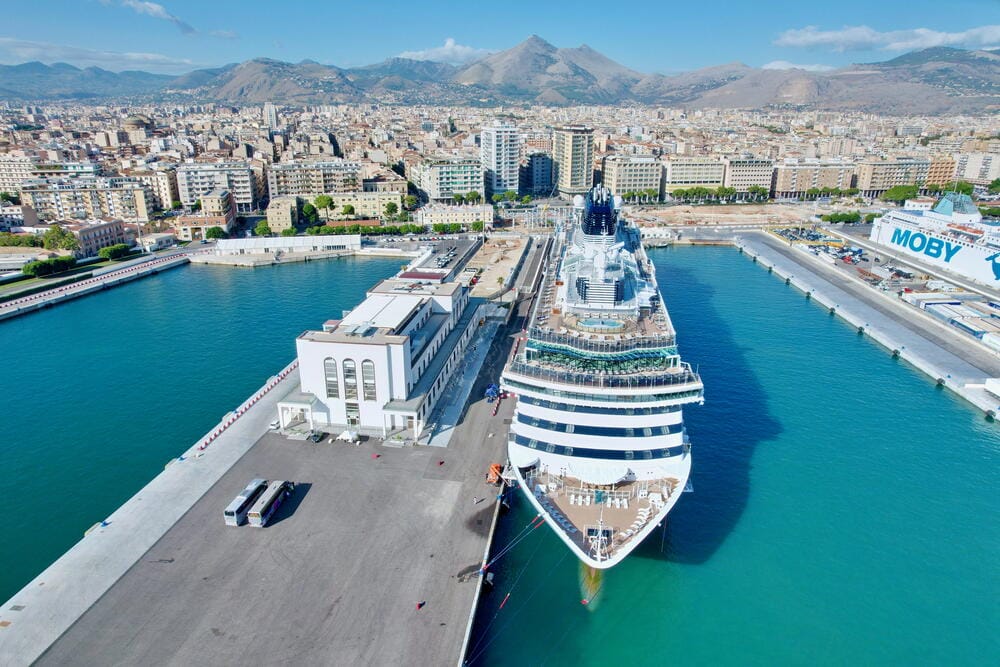
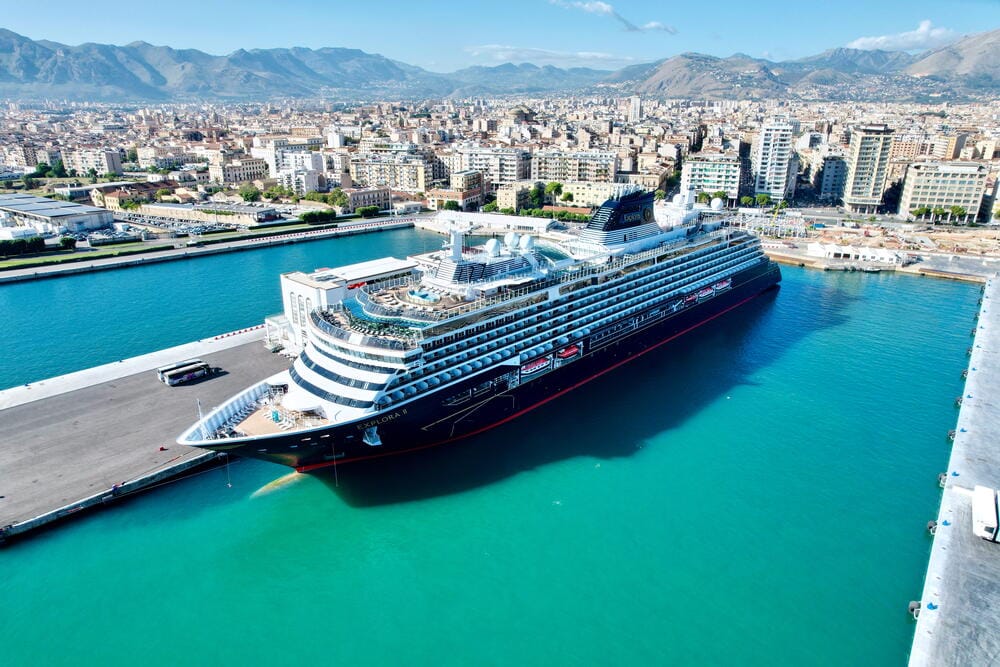
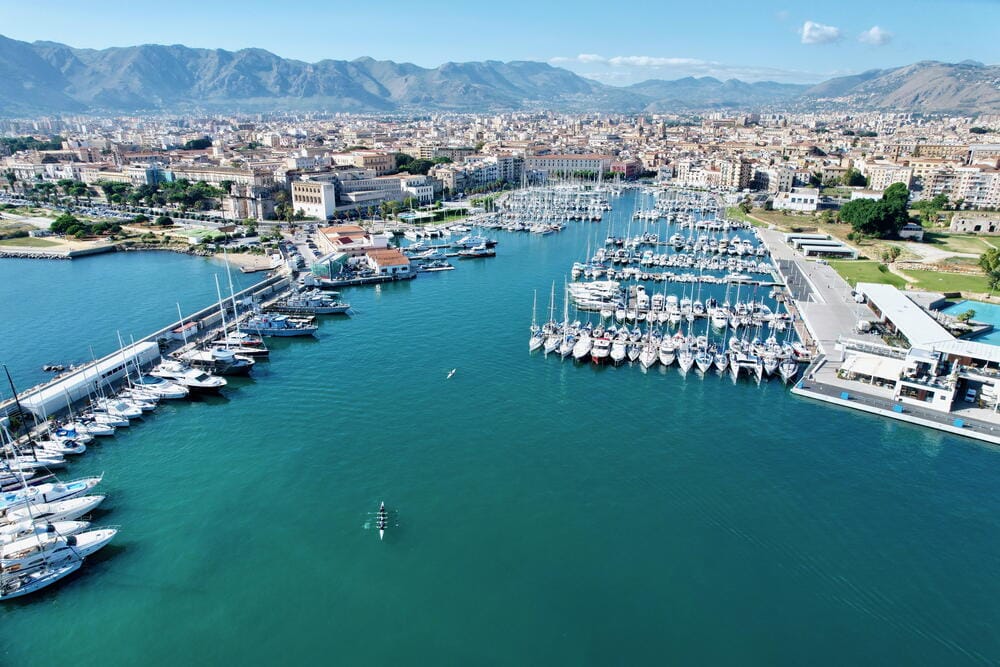
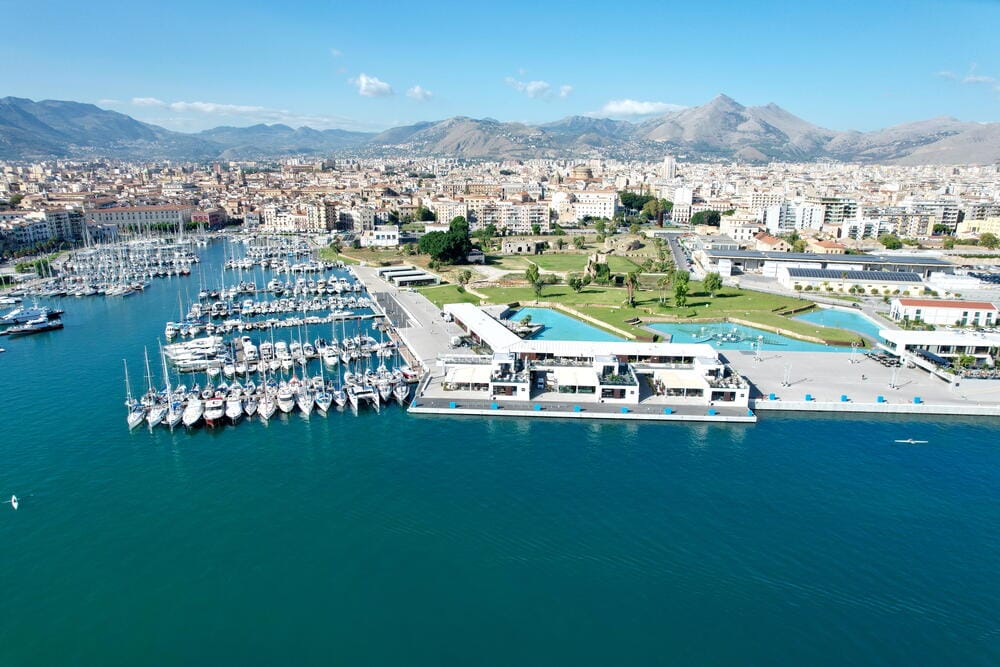
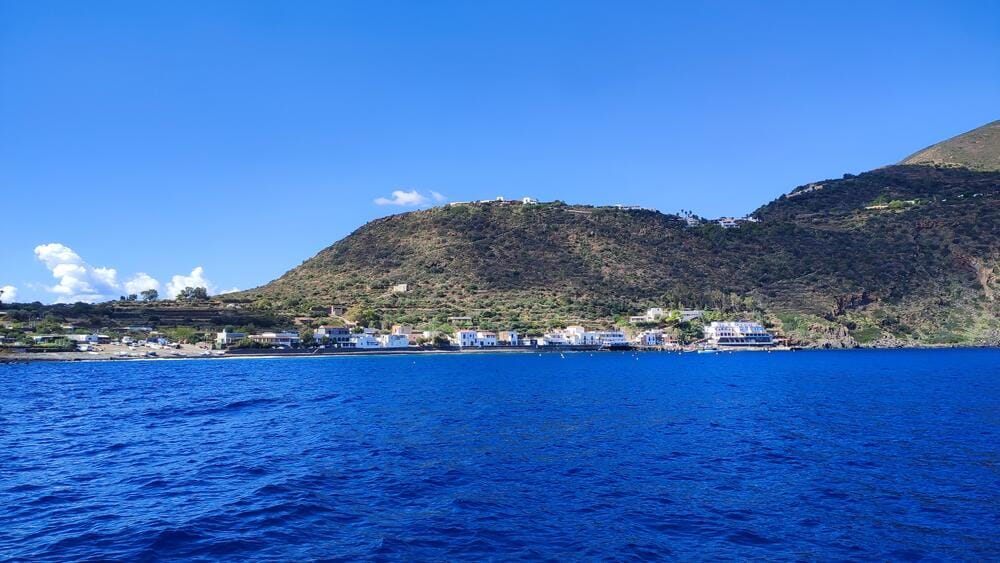
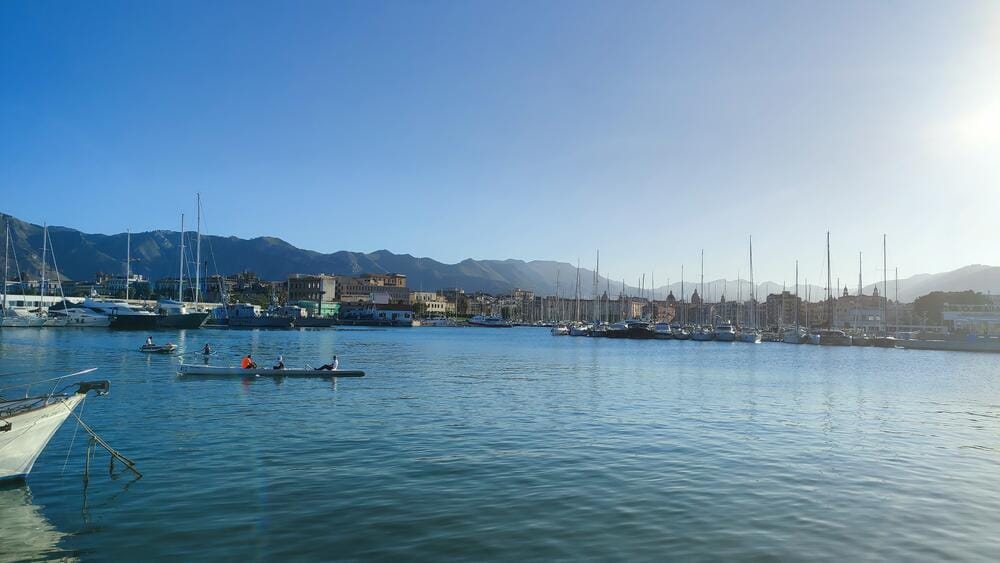
Palermo
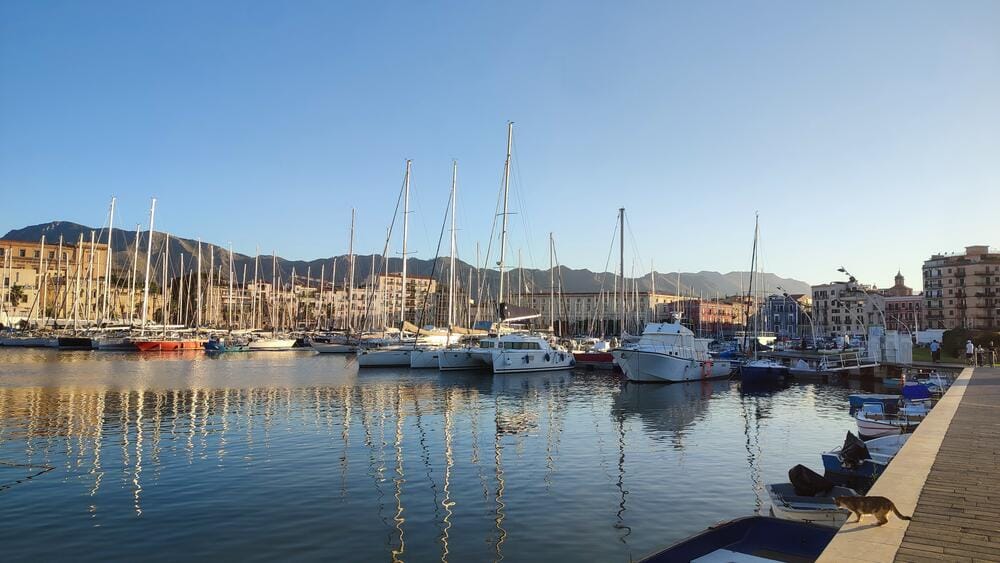
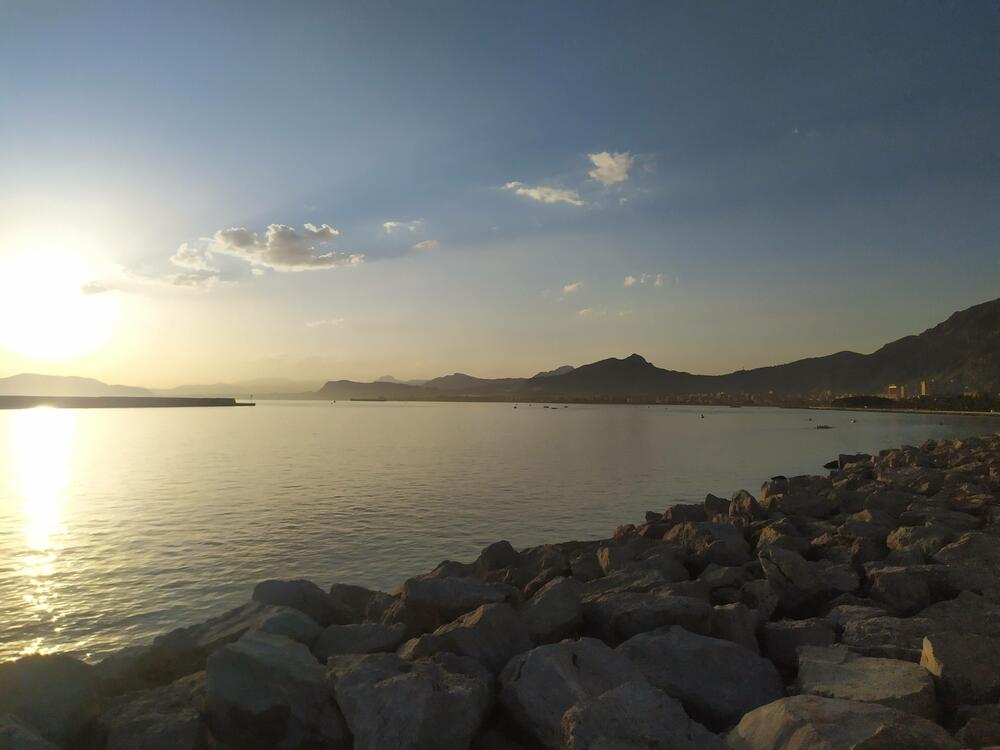
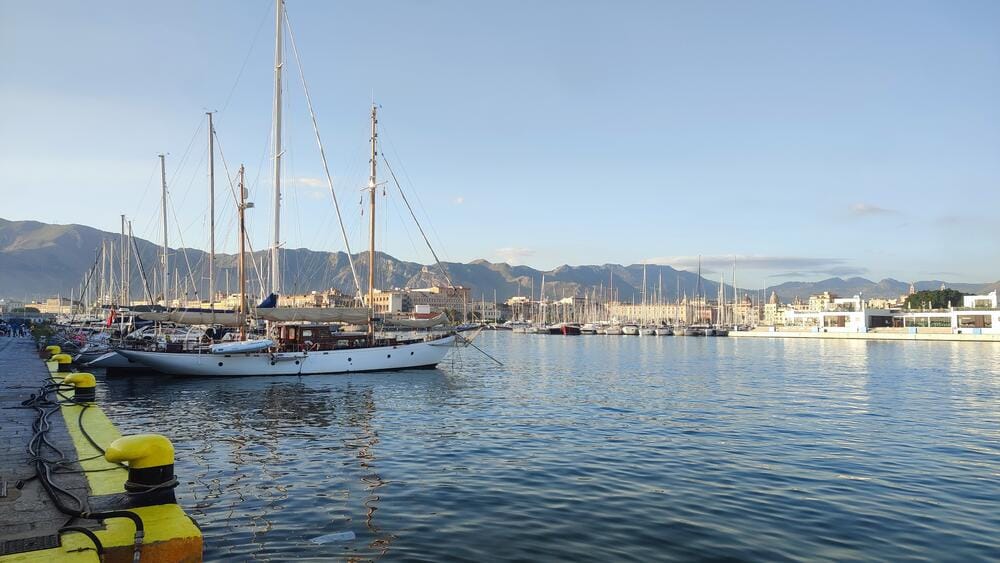
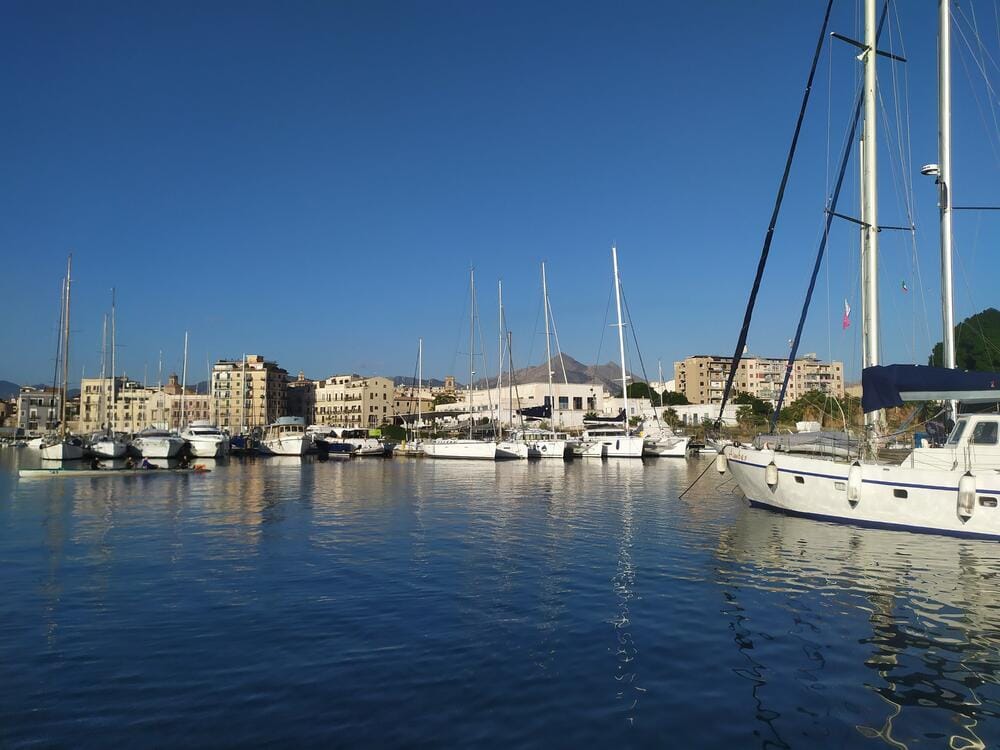
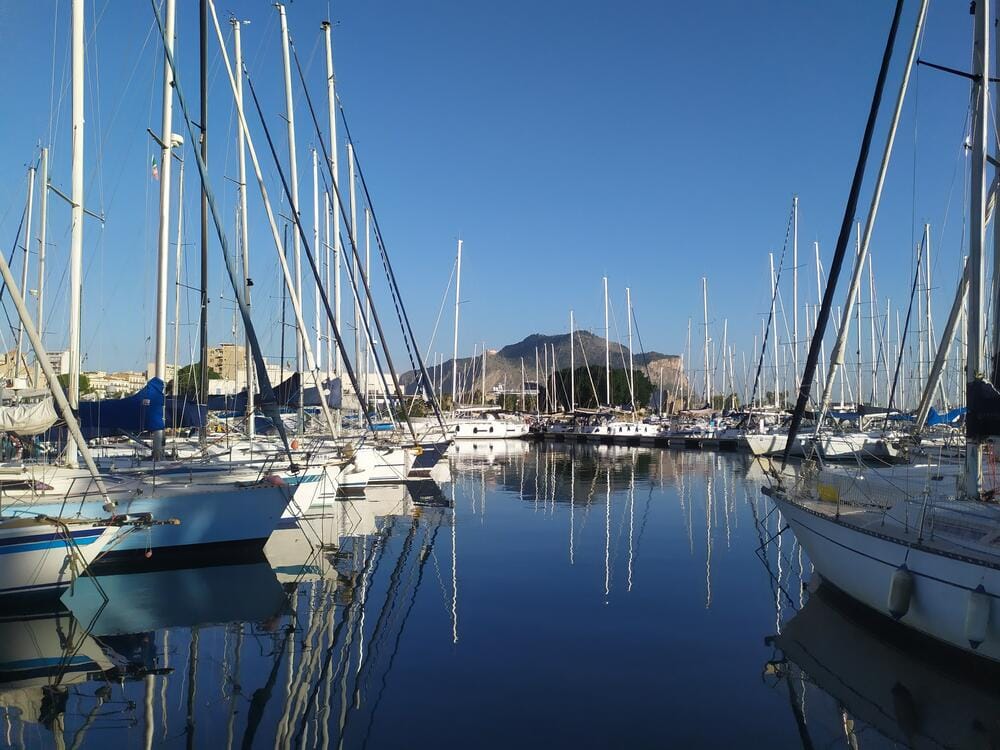
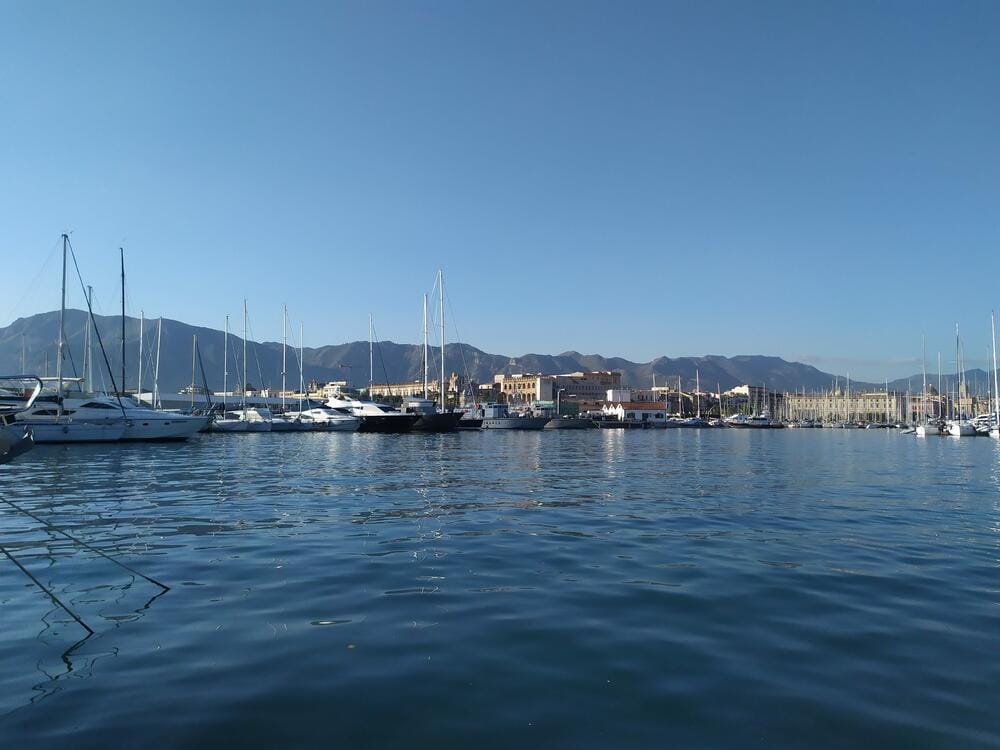
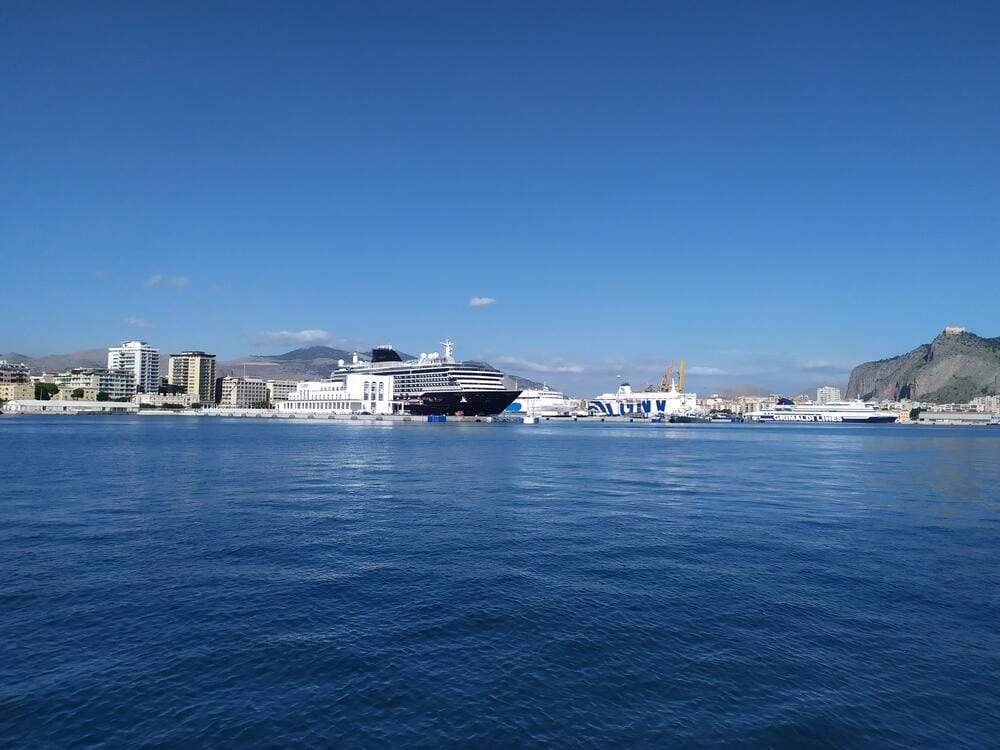
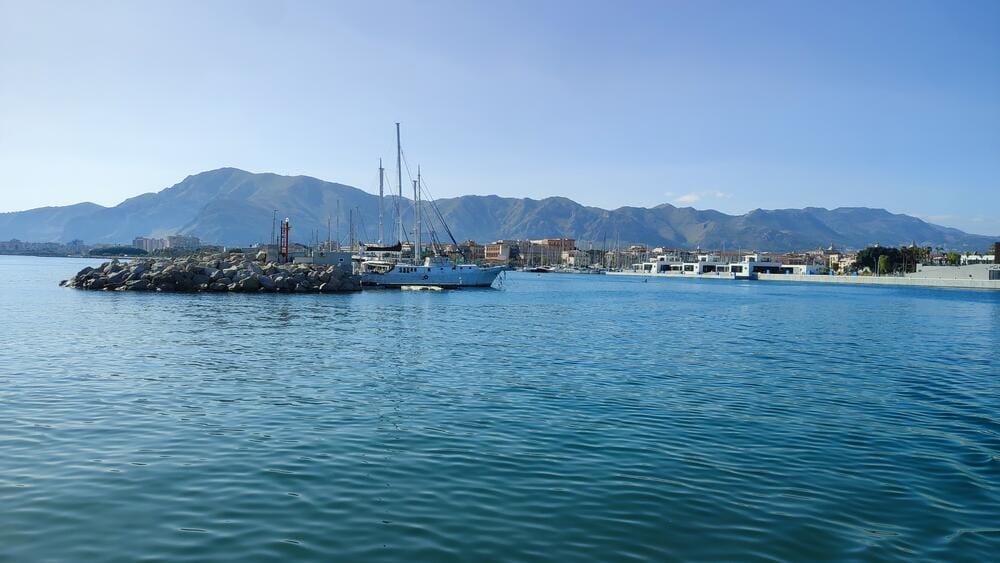
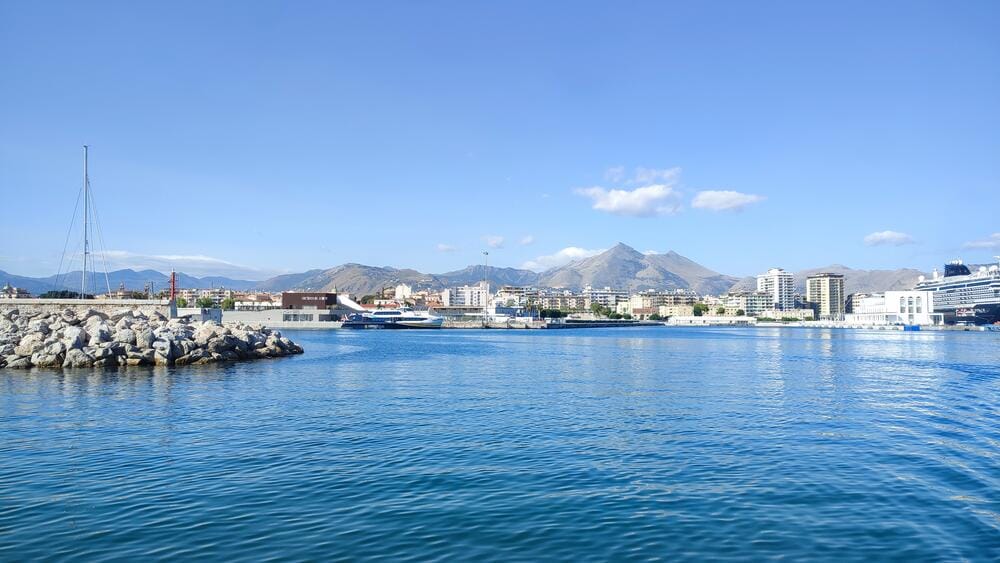
Palermo
Day 12 – Castellammare del Golfo
We sailed in with strong winds and anchored opposite the beach, near the old city wall. The bay is exceptionally scenic, with turquoise water and good holding on a sandy bottom at about 4 meters depth.
We went ashore right into the historic center. The town itself is quite unique — built on multiple levels with winding pedestrian paths and stairways and hiking up to 800 m elevation, making it a great place for walking and exploring.
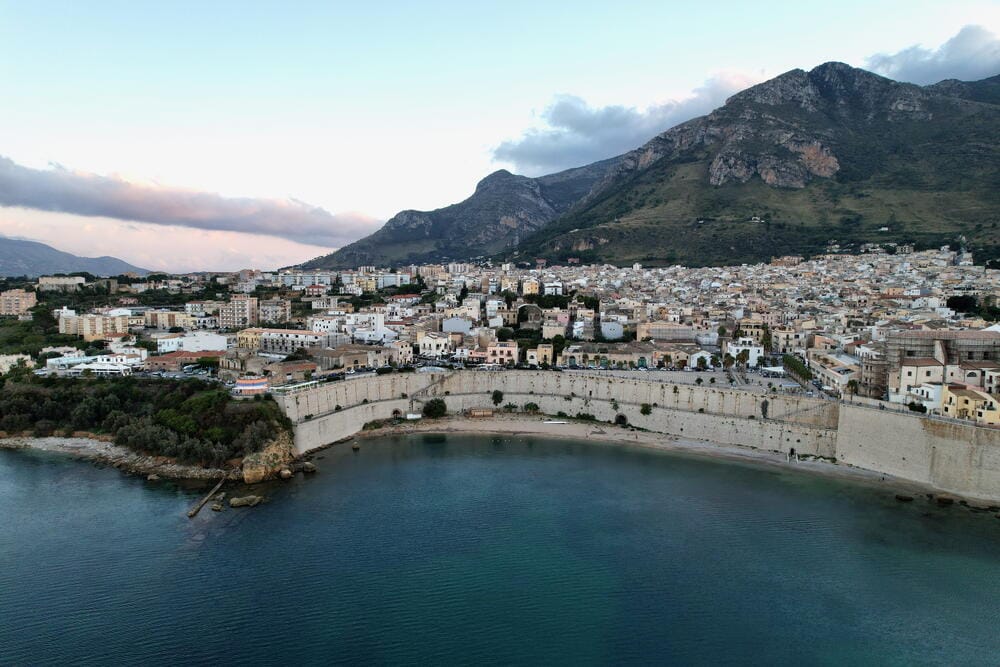
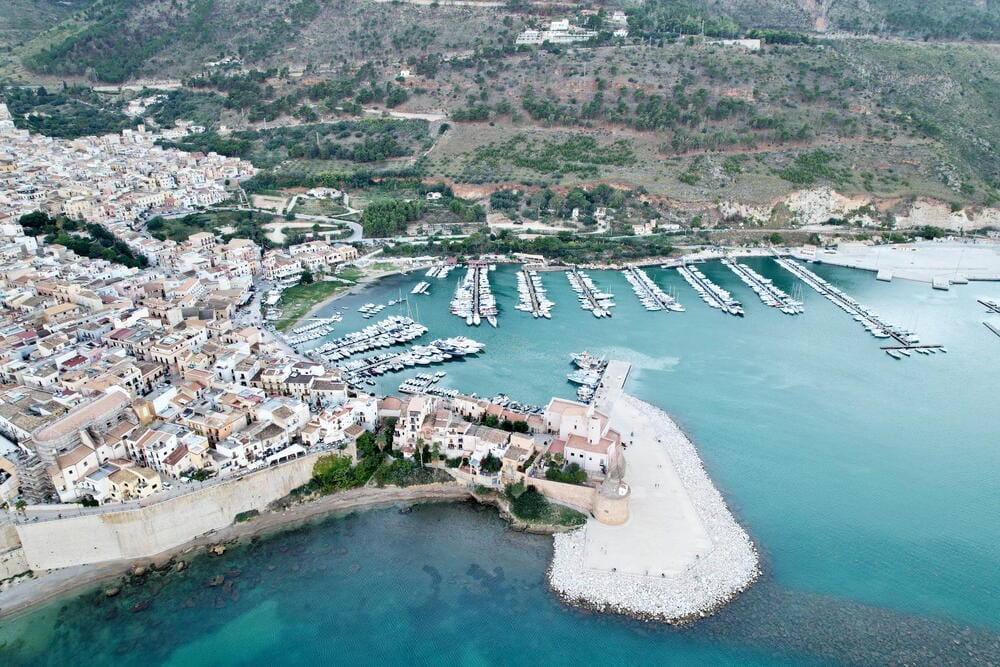
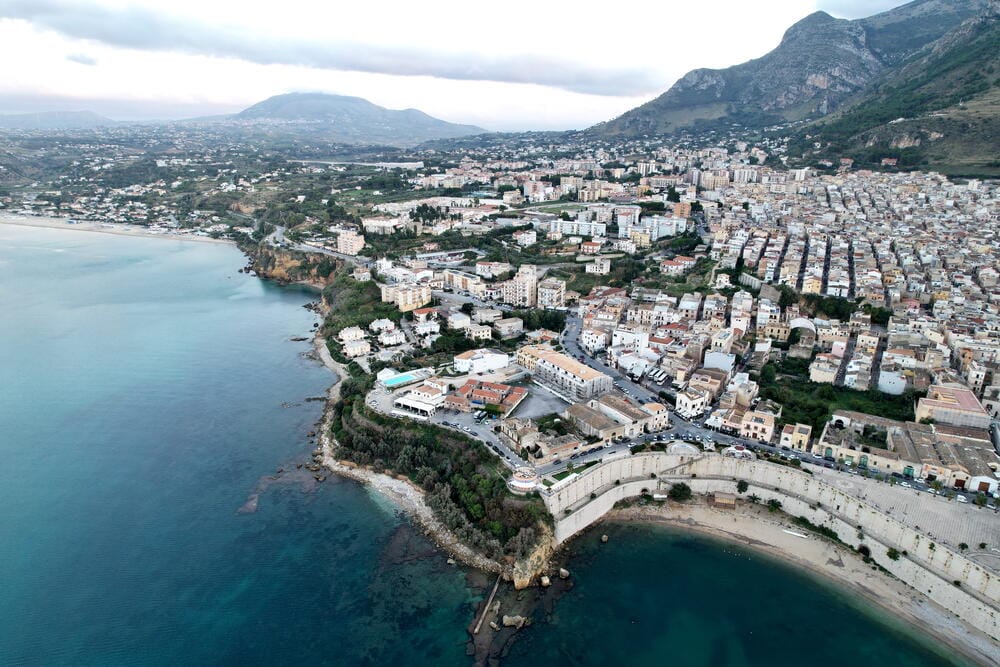
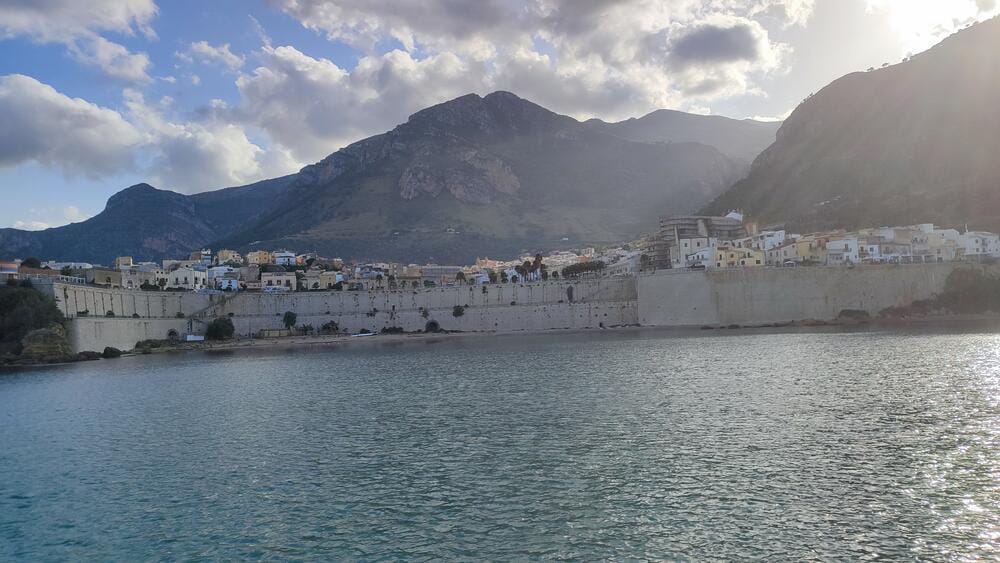
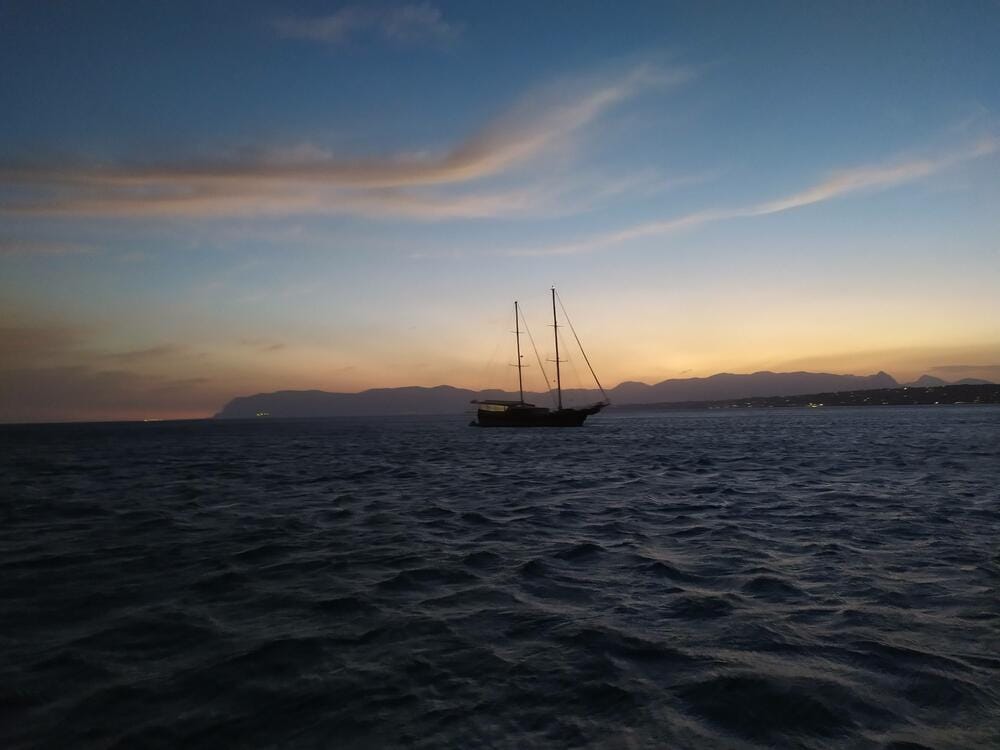
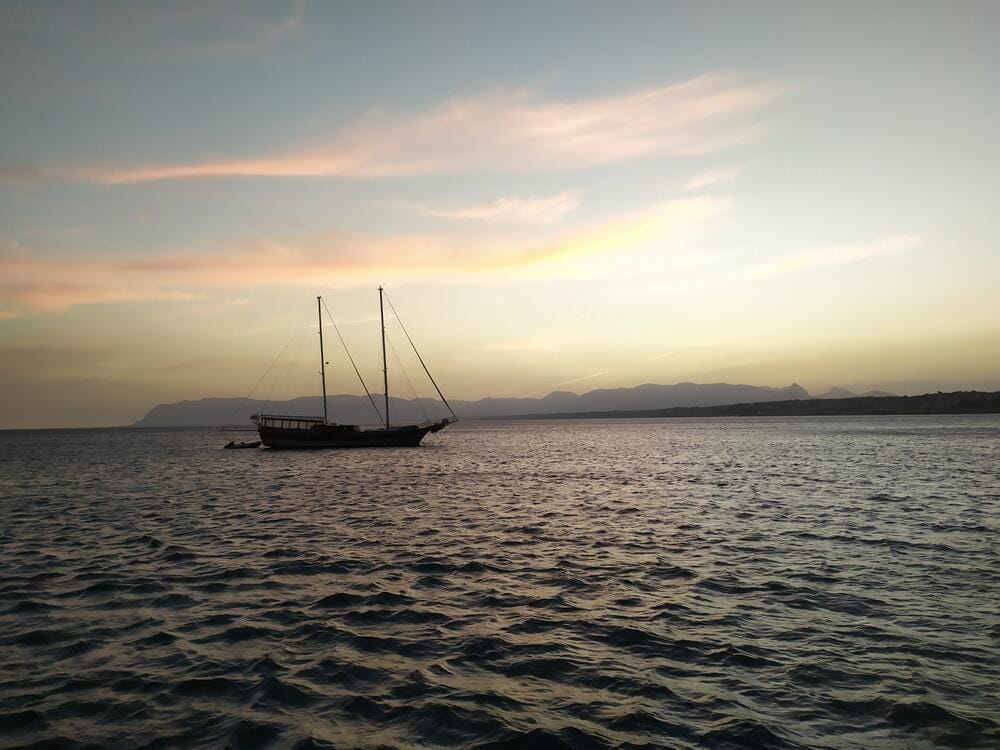
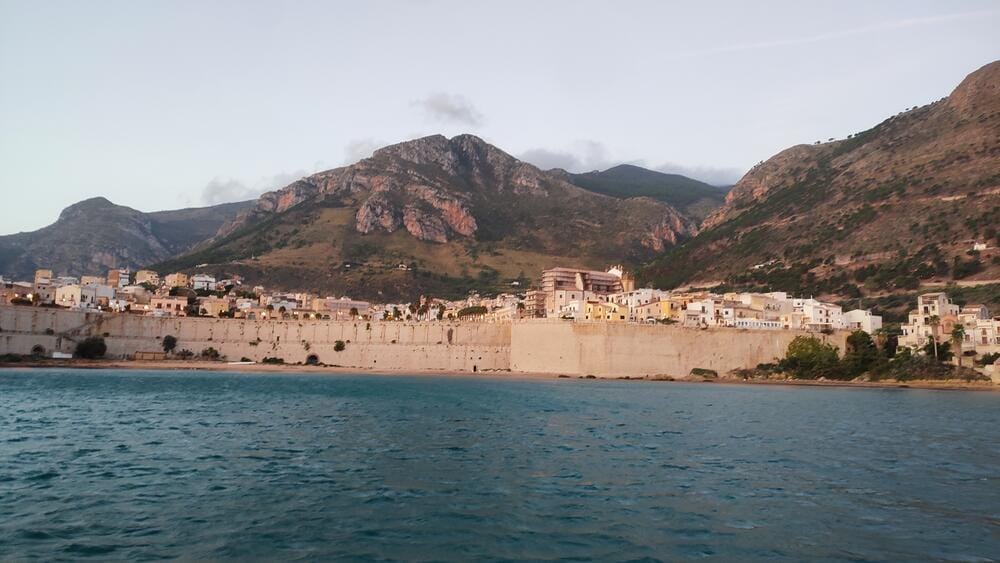
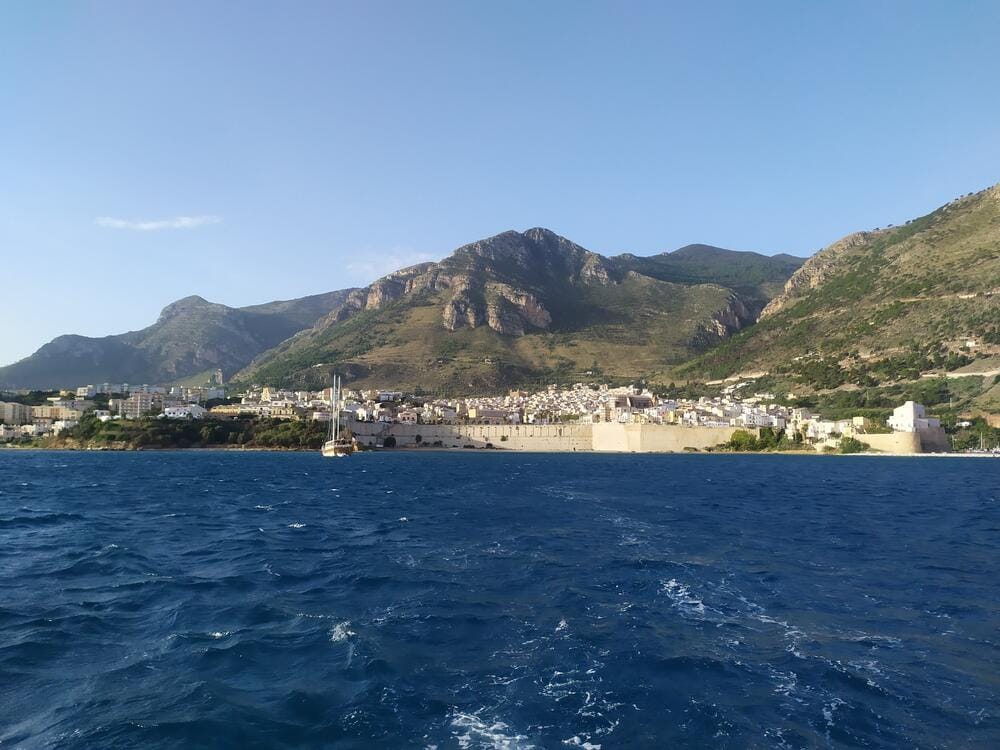
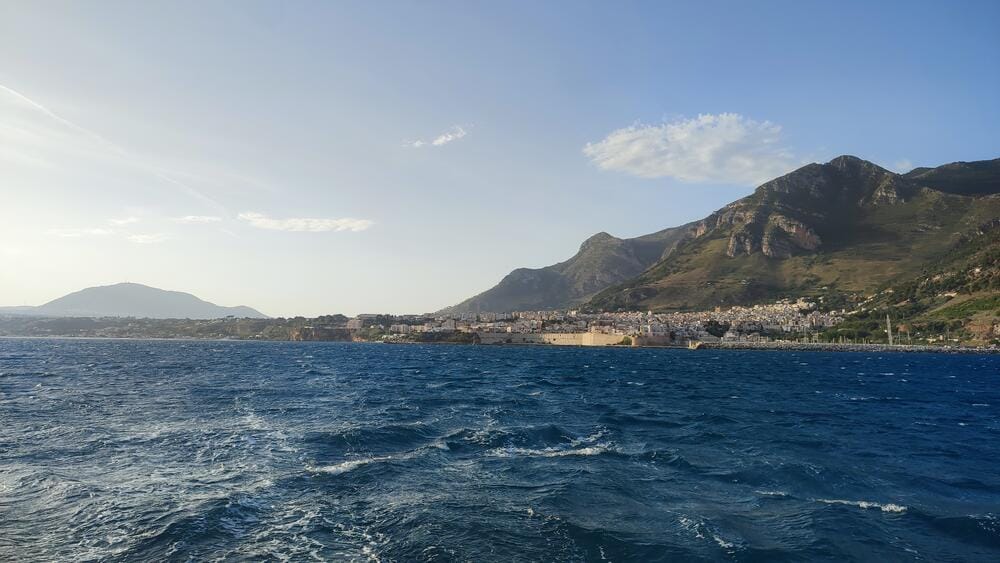
Castellammare del Golfo
Day 13 – Levanzo (Aegadian Islands)
We arrived at Levanzo with gusts reaching up to 32 knots, caused by an anticyclone centered over southern France. The wind started from the south and was forecasted to shift to the west or northwest by evening. Around 4 PM, it briefly eased, but by midnight it was expected to intensify again.
Initially, we planned to anchor in Cala Minnola on the south side, but due to the strong southern wind and resulting swell, we opted instead for a spot further north on the eastern coast at Punta Altarella, near two red mooring buoys. We were anticipating a northwesterly wind overnight.
At sunset, park rangers arrived. We paid €31.50 for 24 hours, valid for any buoy (the yellow buoys are not for mooring), and they gave us a national park map. The water was icy cold, with a strong northern current. Mediterranean monk seals are known to inhabit these waters, and military aircraft occasionally flew overhead.
During the night, the wind shifted north and picked up again, reaching up to 30 knots with waves between 2.1 and 2.6 meters. It became clear that our chosen spot was not ideal. We set up a night watch to ensure safety.
A yacht riding the waves
At dawn, we moved the catamaran to the southern side of the island, which turned out to be significantly calmer and more sheltered. We went ashore — Levanzo, like all the Aegadian Islands, is part of a national park. The scenery is rugged and beautiful, with a remote, untouched feel.
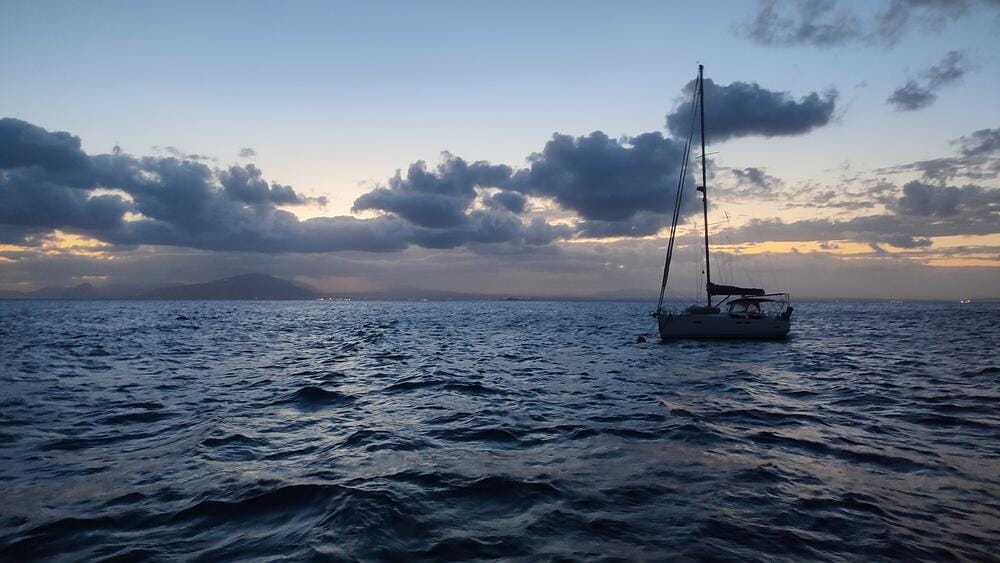
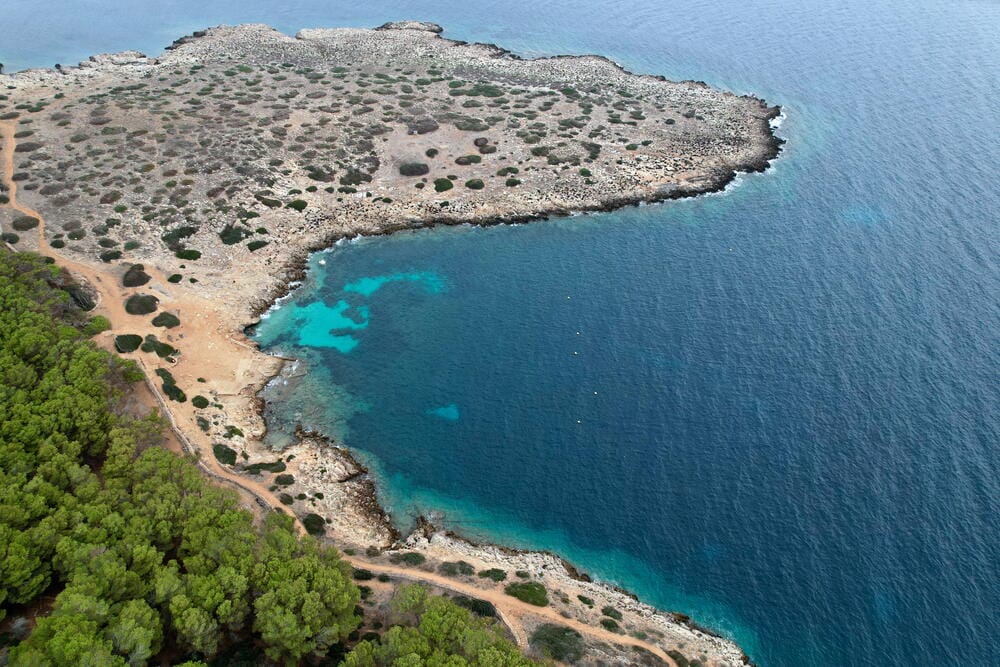
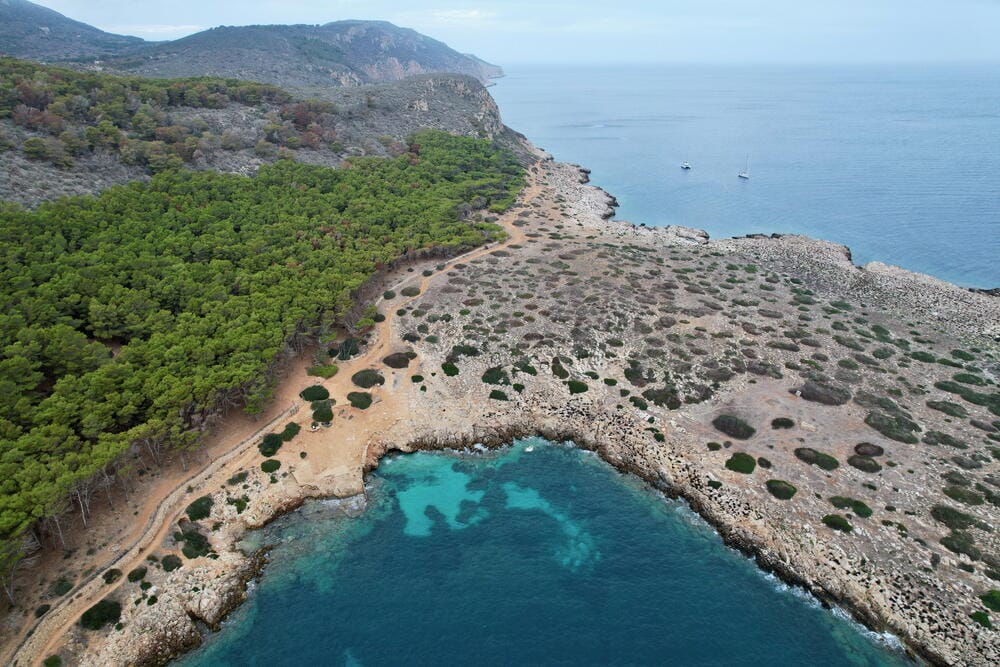
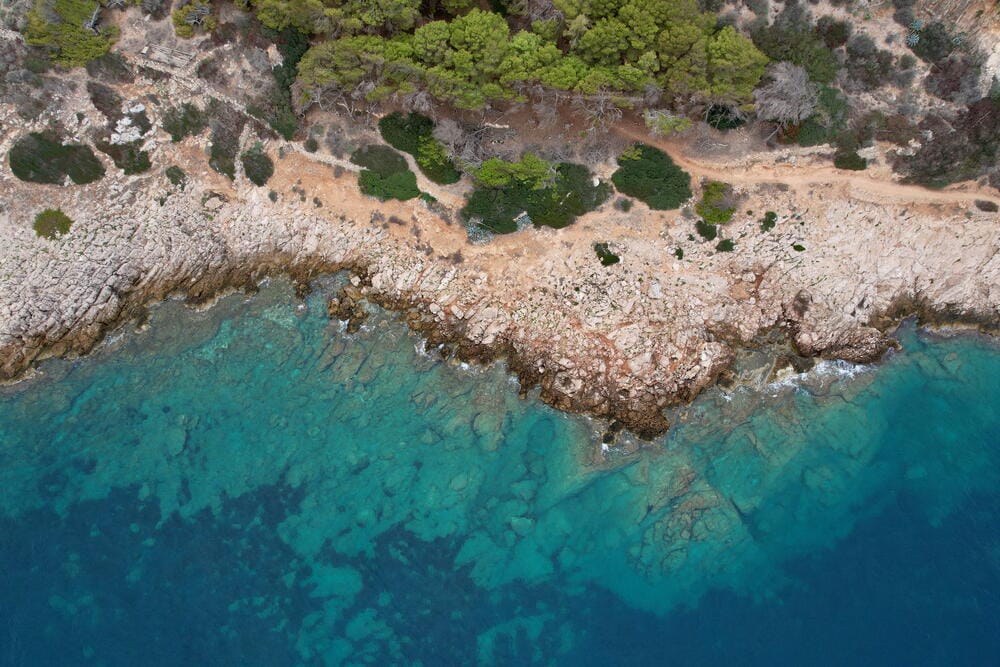
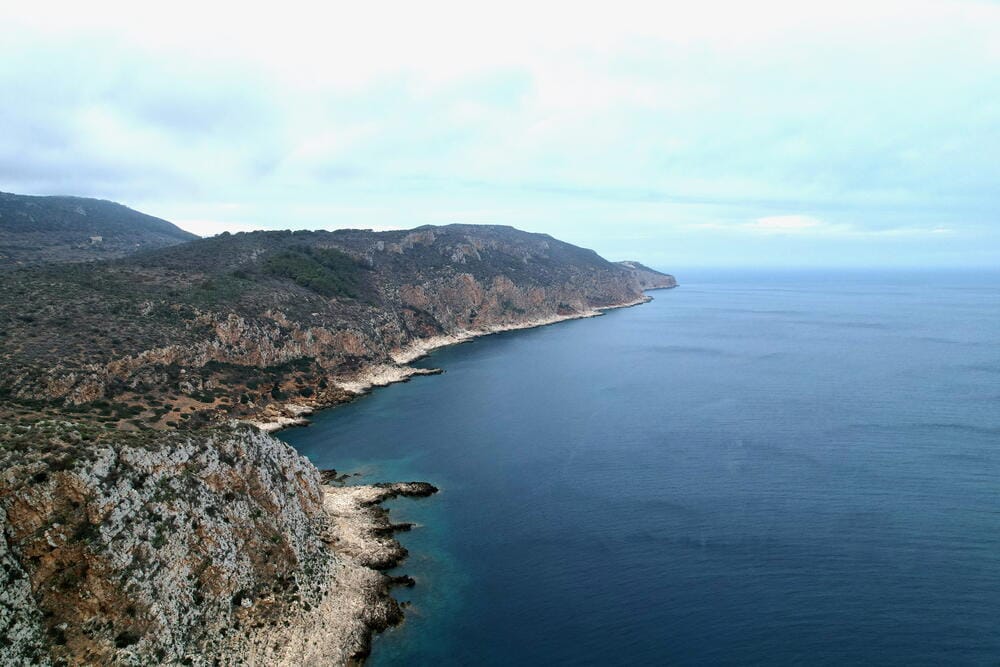
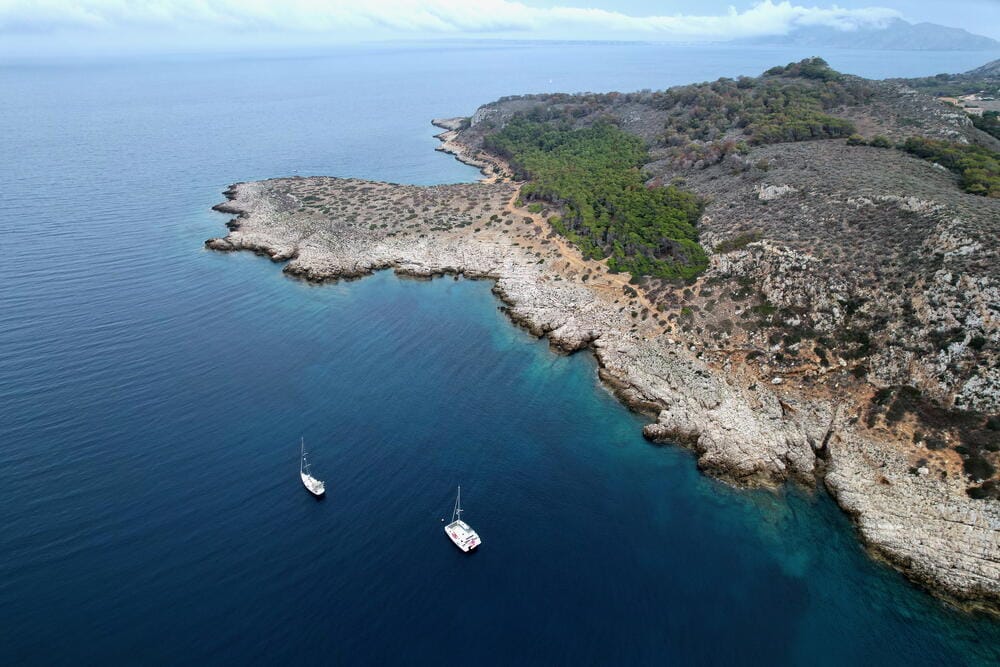
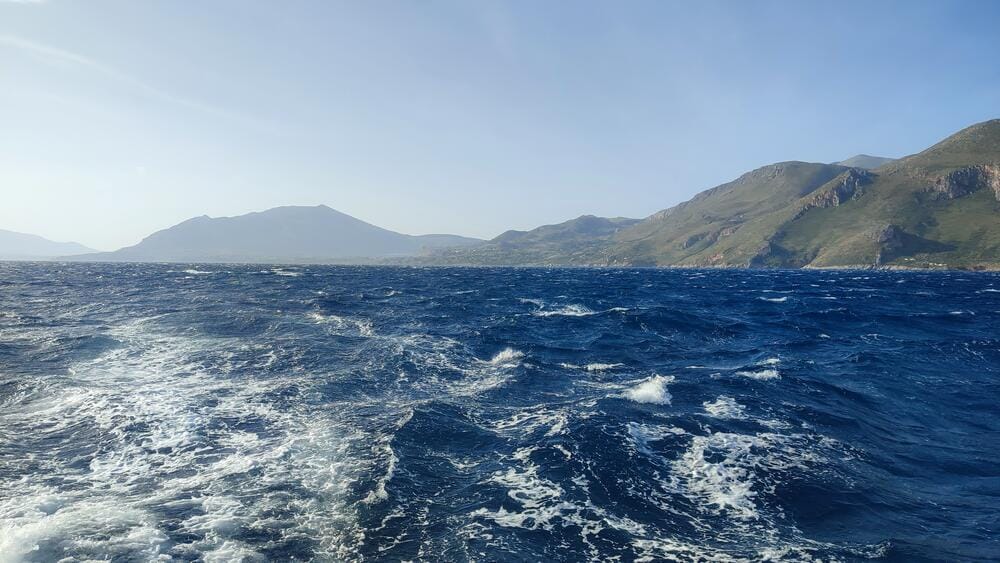
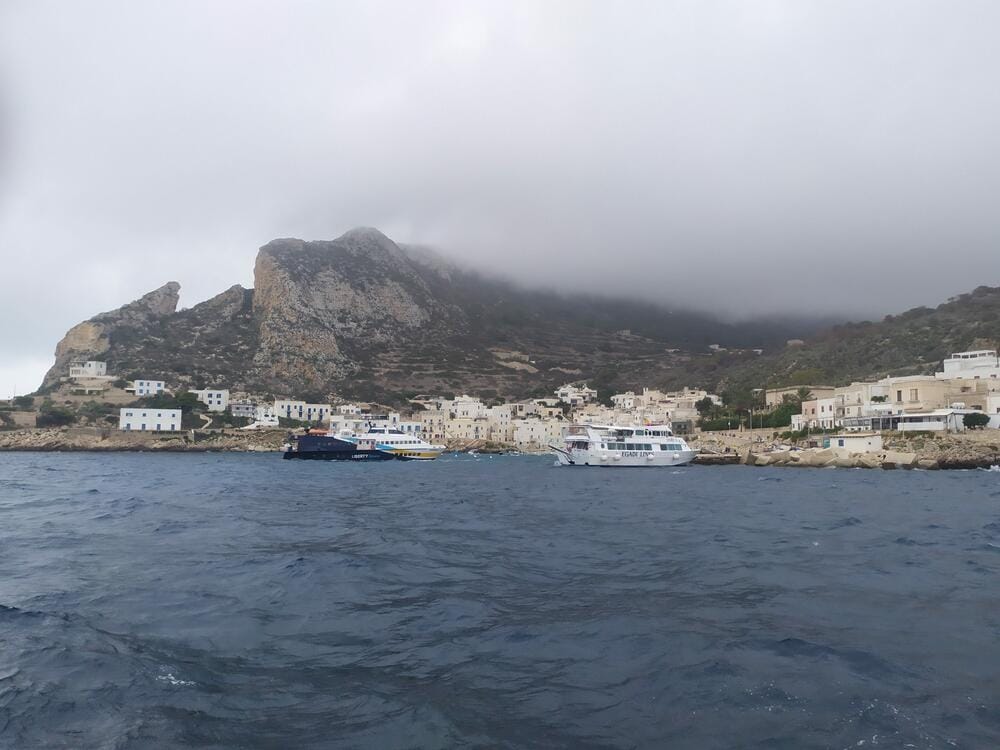

Levanzo, Aegadian Islands
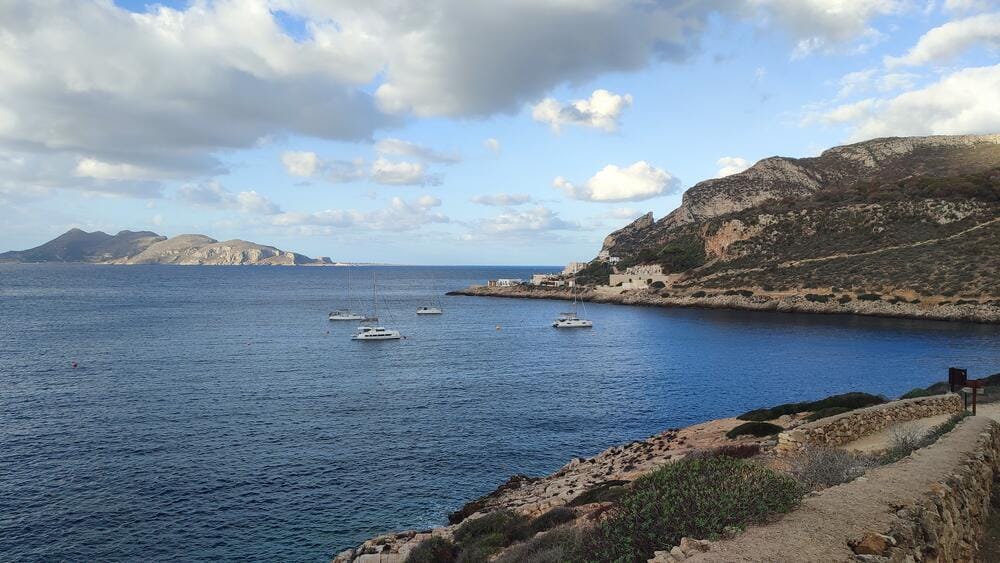
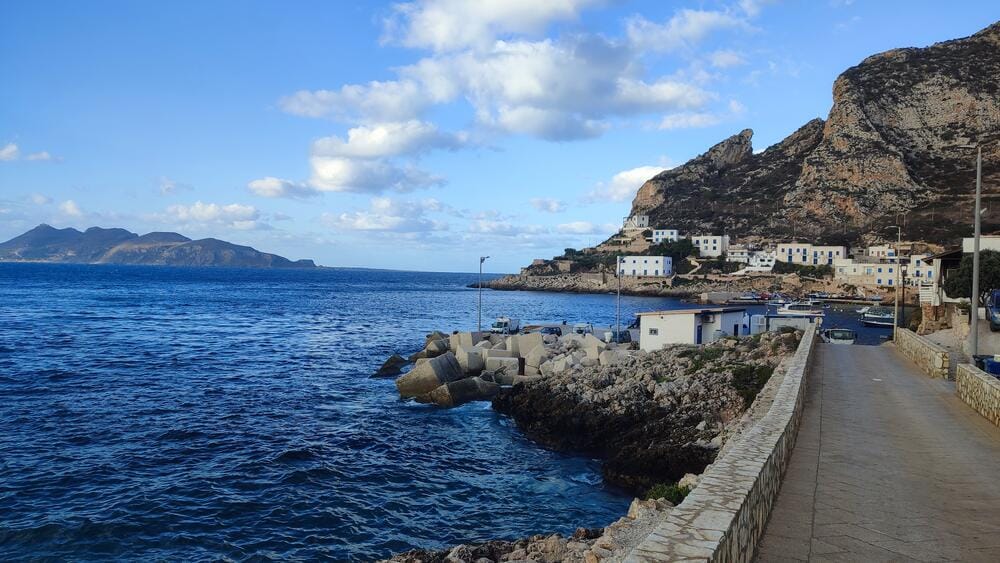
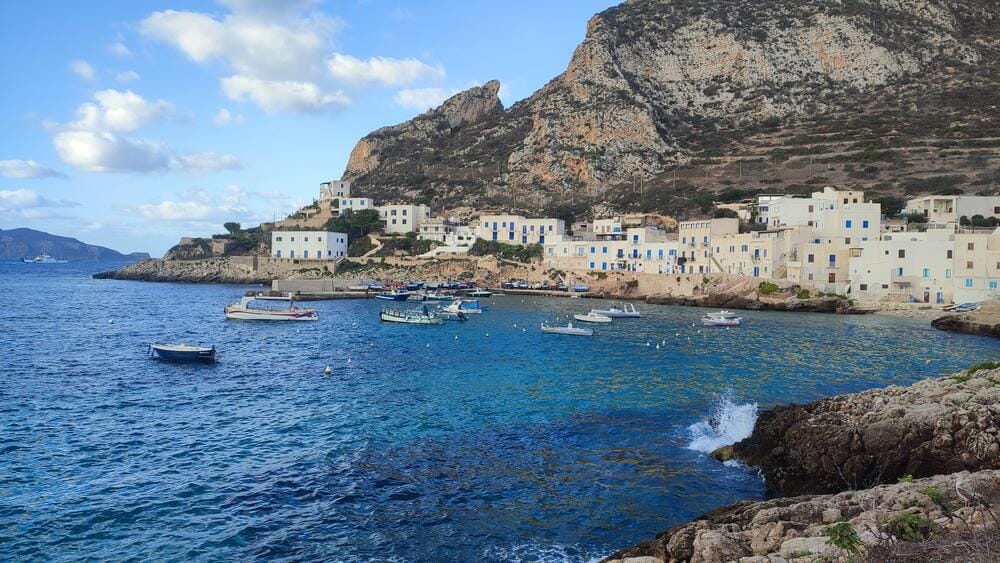
Levanzo, Aegadian Islands
Day 14 – Favignana & Return to Marsala
On the way back, we stopped by Favignana. Due to strong winds, all the boats were sheltering on the eastern side of the island. Four boats were rafted up side by side, with two of them anchored. We picked up a mooring buoy near Moria.
After going ashore, we explored parts of the underground tunnel network, often referred to as the "underground city" of Favignana, a legacy of its tuff-stone mining past. Then we walked to Cala Rossa — a spectacularly scenic beach with turquoise waters framed by dramatic rocky cliffs.
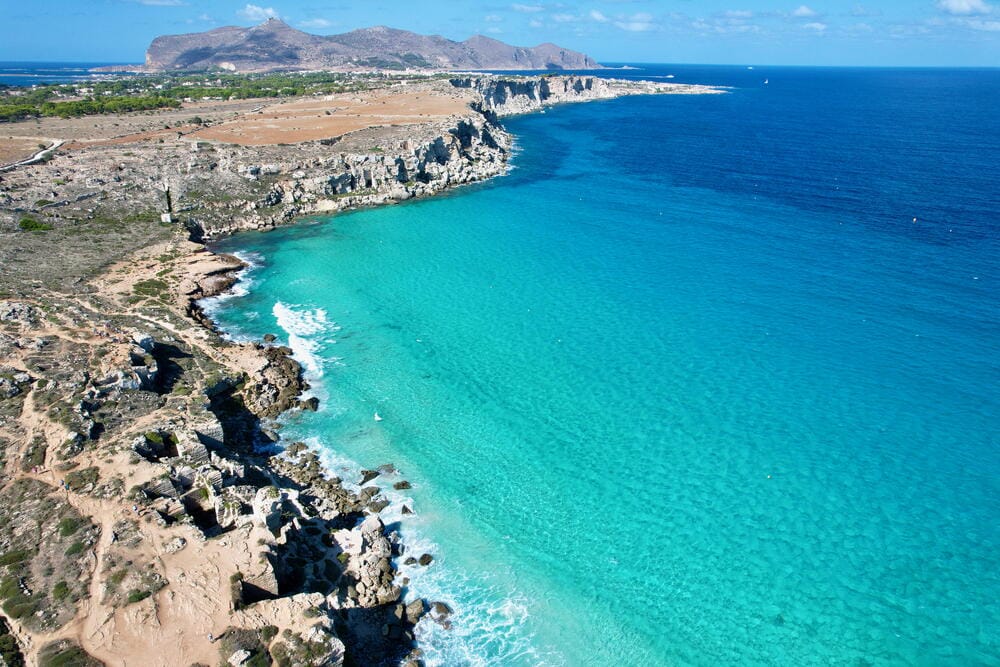
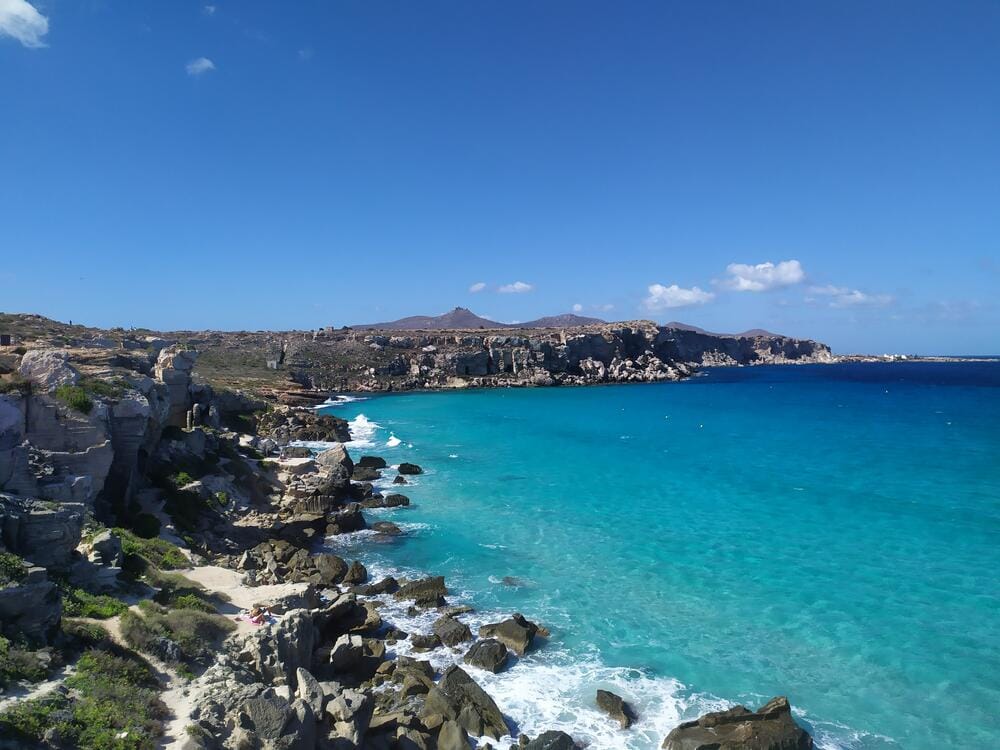
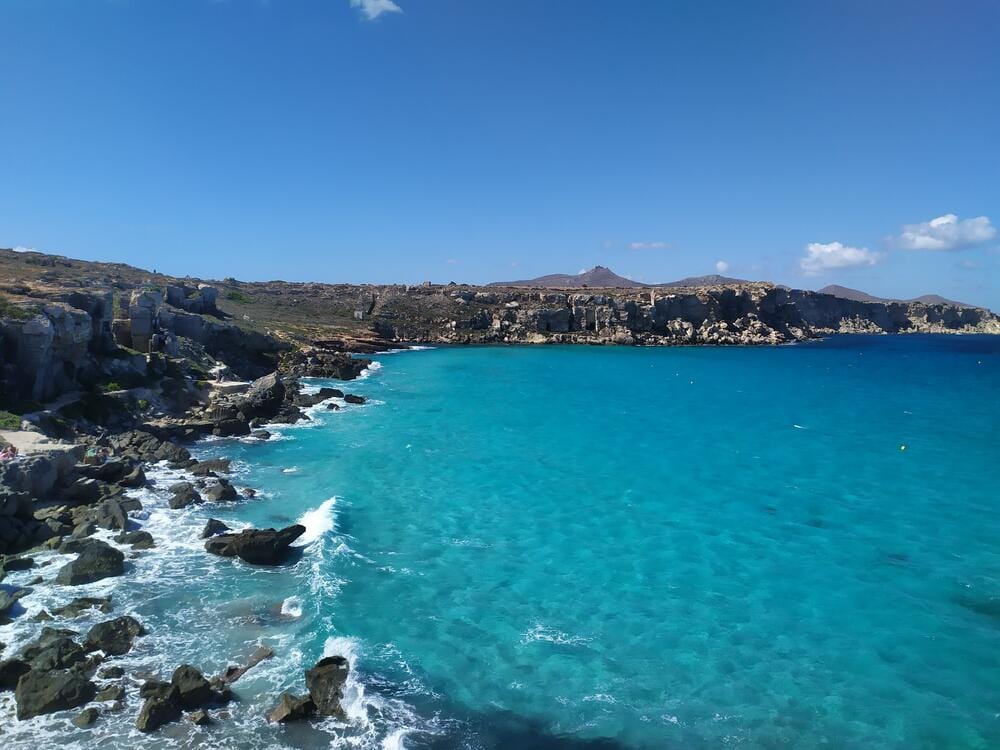
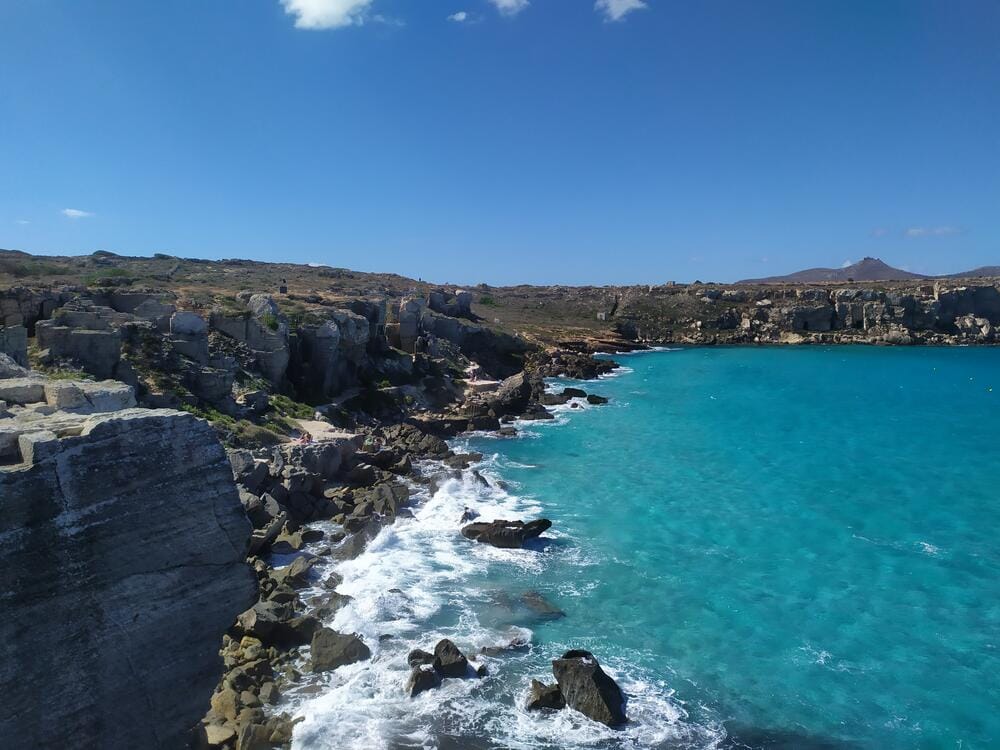
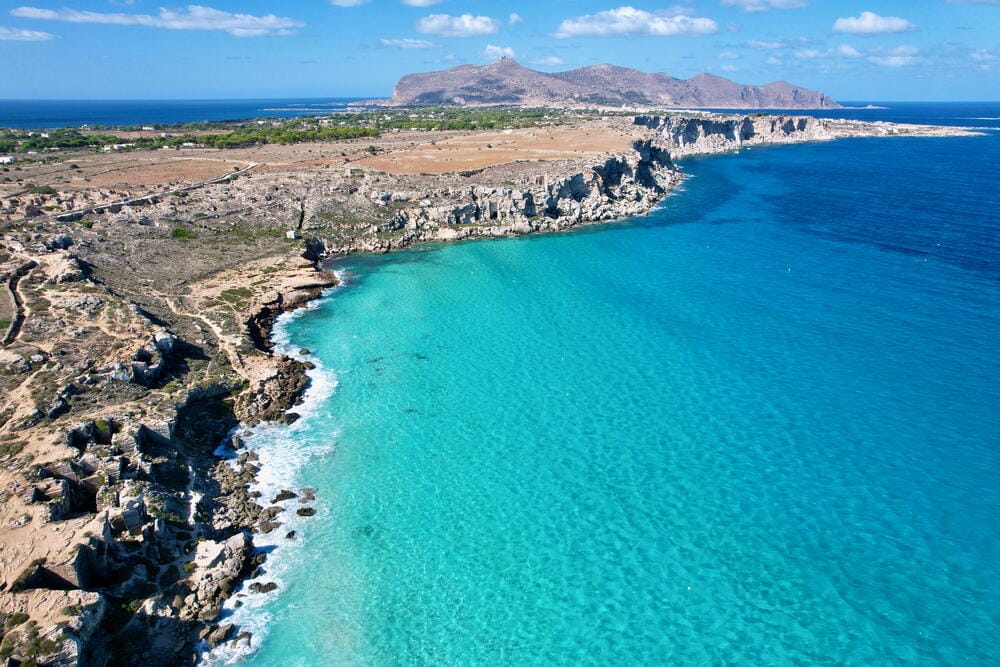
Cala Rossa, Favignana
From there, we had 13 nautical miles to reach our home marina in Marsala. With a following wind of up to 13 knots, we unfurled the genoa and sailed downwind at a comfortable 4–4.5 knots.
The fuel dock at Marsala was improvised on one of the pontoons. We berthed stern-to against the wind, with our stern to the pontoon and side by side (beam-to) with another boat moored to our port side. We refueled with 140 liters of diesel. We also removed the dinghy fuel tank and refueled it separately on shore.
We cleared the pontoon off using a spring line tied from our bow to the mid-cleat of the boat rafted alongside. With a fender under the bow and the spring line tight, we began to pivot counterclockwise. Once the stern was pushed clear by the wind, we engaged reverse and maneuvered out cleanly.
Back at our berth, things were a bit chaotic. The marina staff jumped onboard without much coordination and had already pulled out our mooring lines and dropped them onto the neighboring boat. We had to retrieve and re-secure the stern line ourselves, untying our bowline since the mooring line was unusually thick and stiff.
Despite the confusion, we successfully docked and completed the check-out process. The logbooks were signed, and our security deposit was returned without issue.
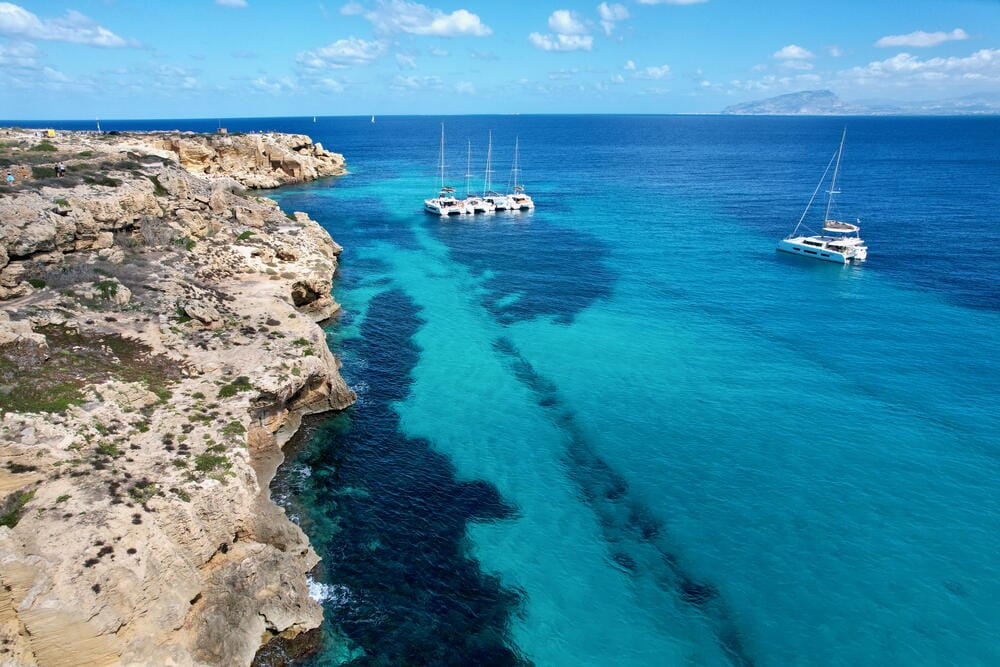
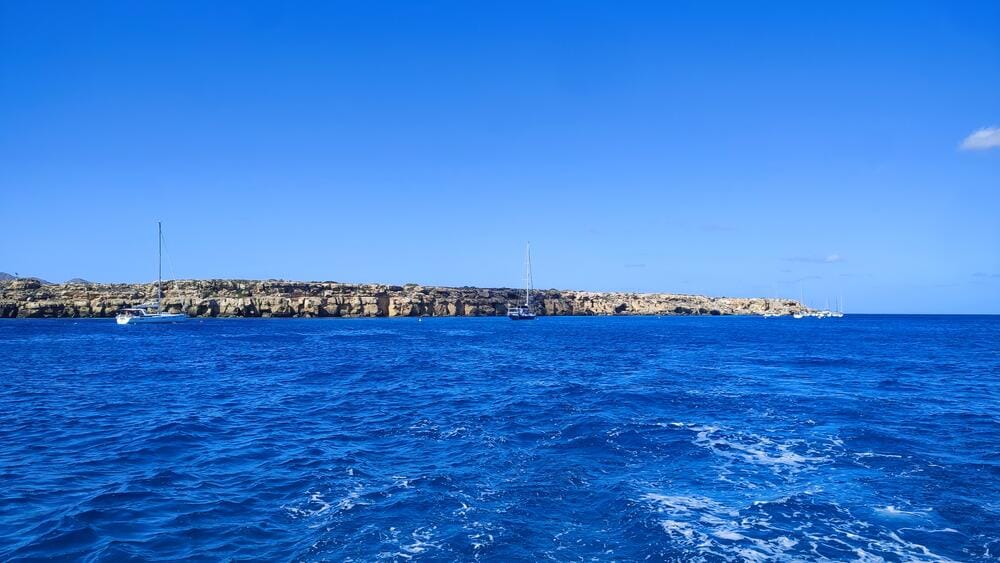
Favignana
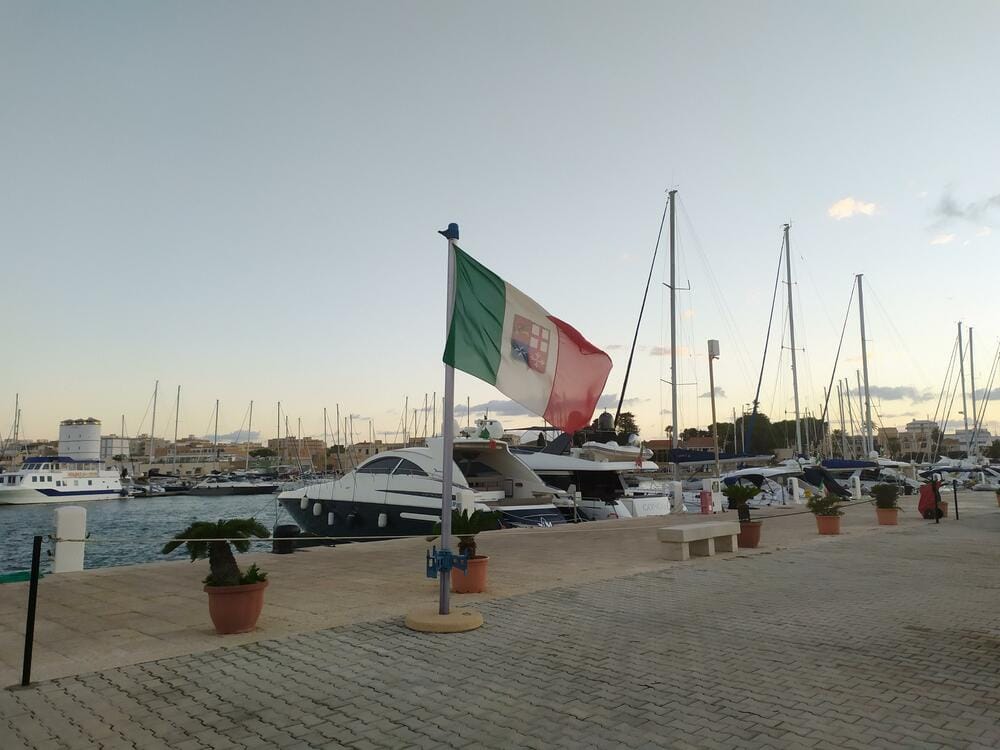
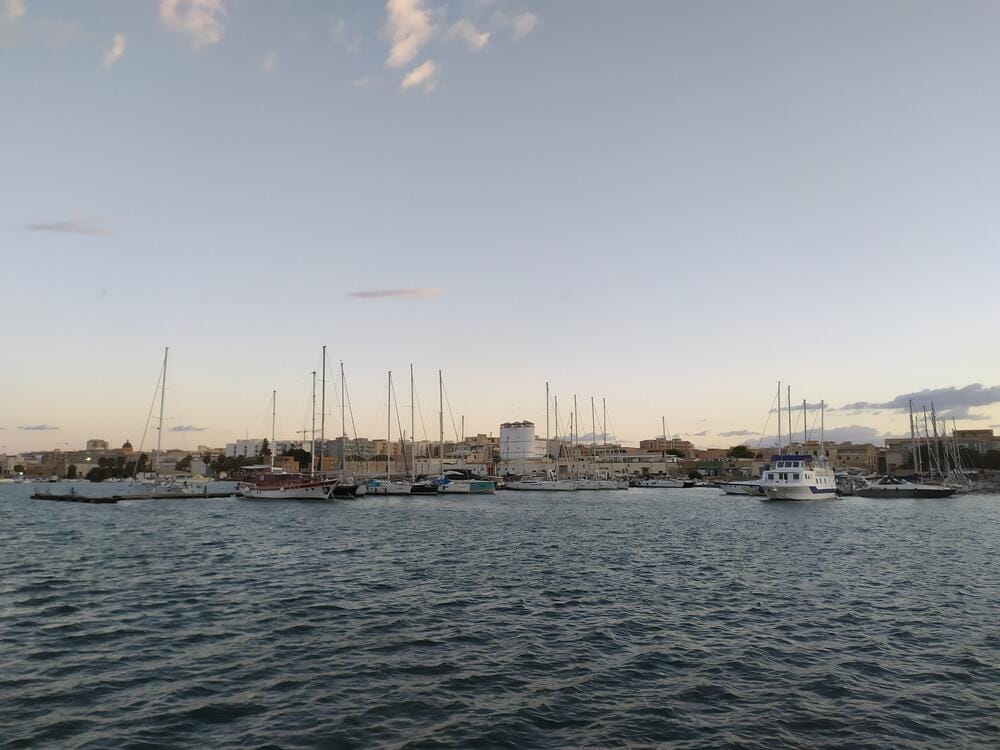
Marsala
Final Thoughts
- The watermaker and solar panels let us stay off-grid for days — a game-changer.
- Uploading boat documents to Navily saves time with marina bookings.
- Book early for popular marinas like Palermo and Favignana.
- If your dinghy outboard engine stops circulating water, check the outlet — it might just be clogged.
- Watch for jellyfish — they sting
Related posts
- Explore more of our sailing adventures
